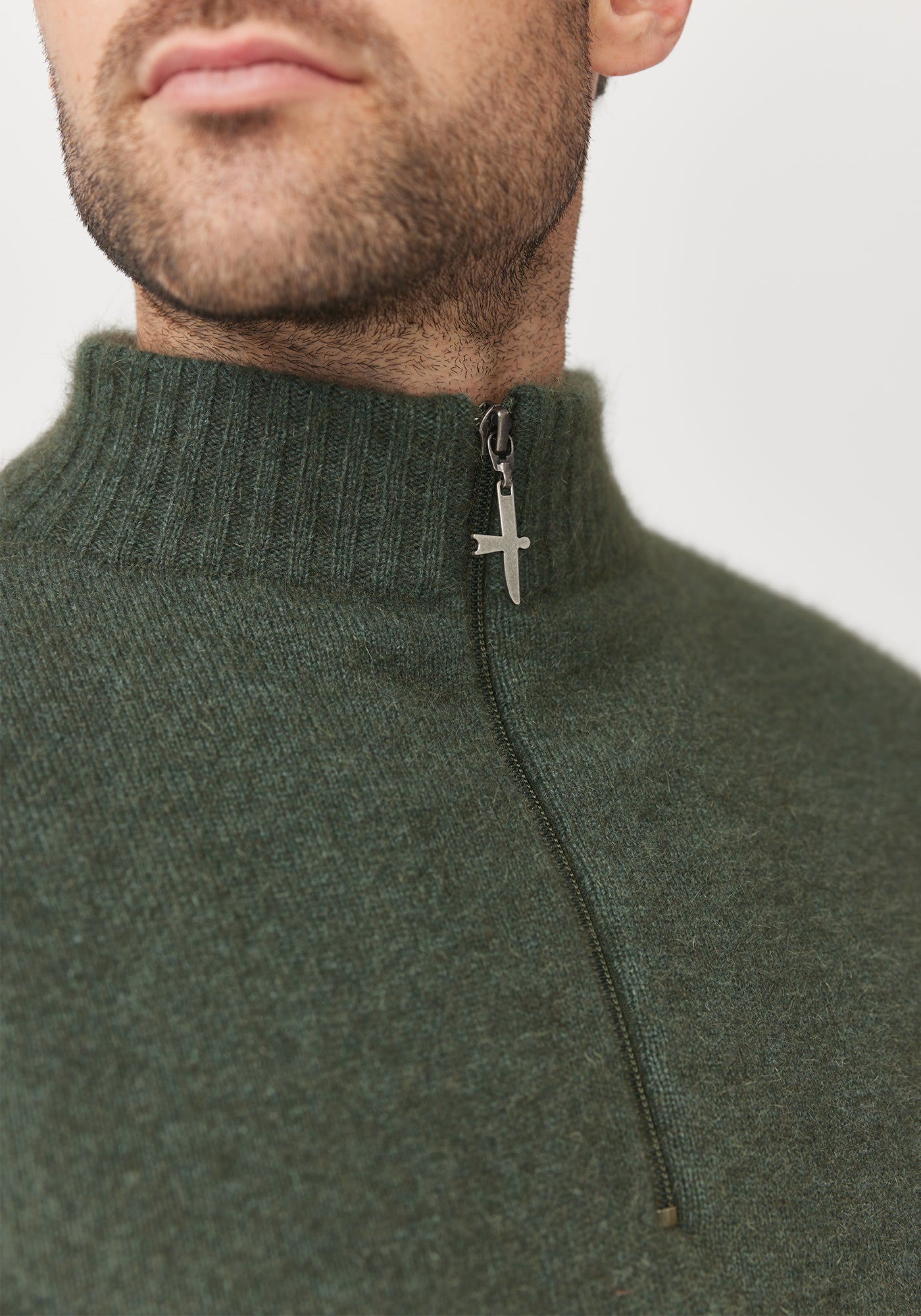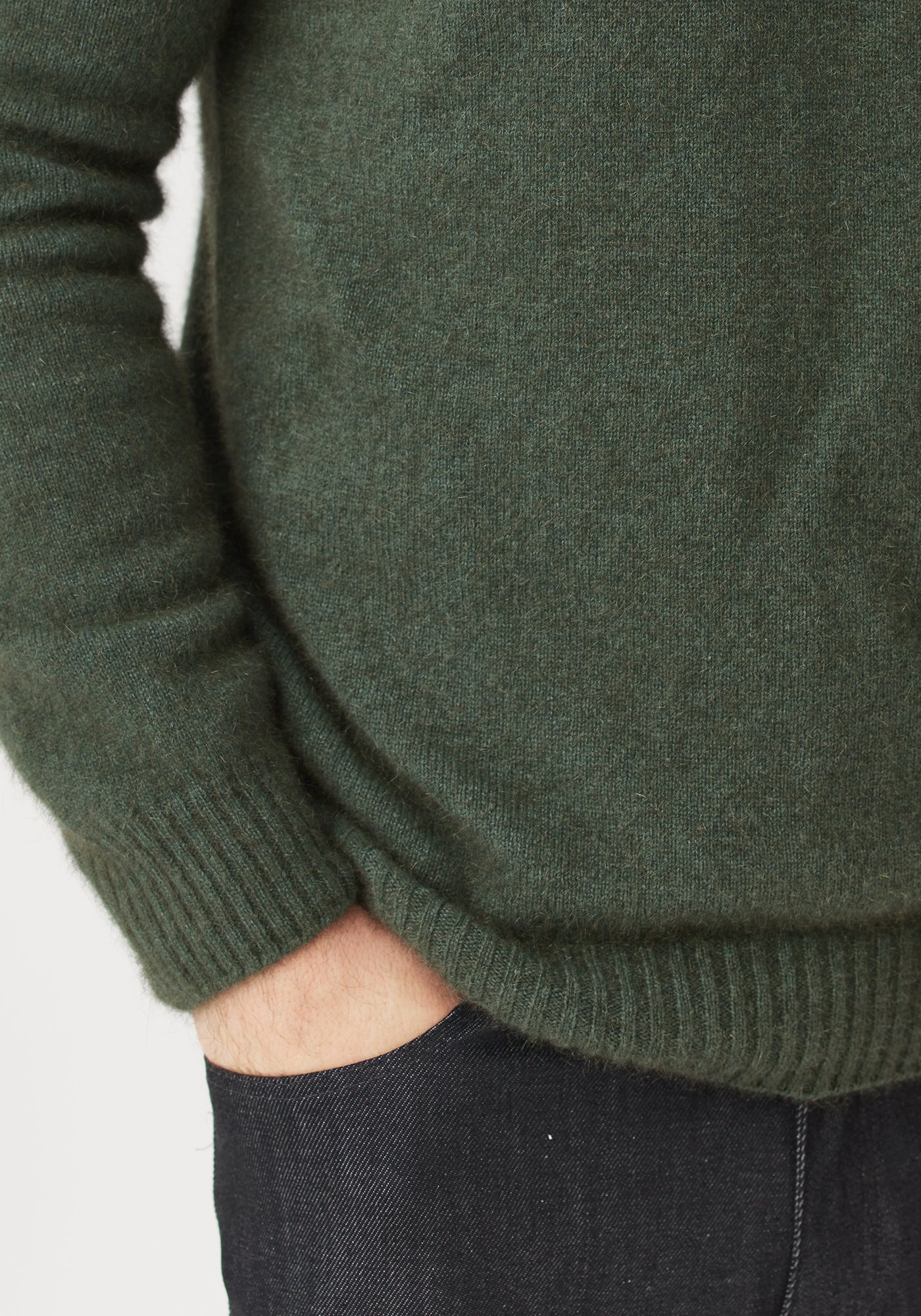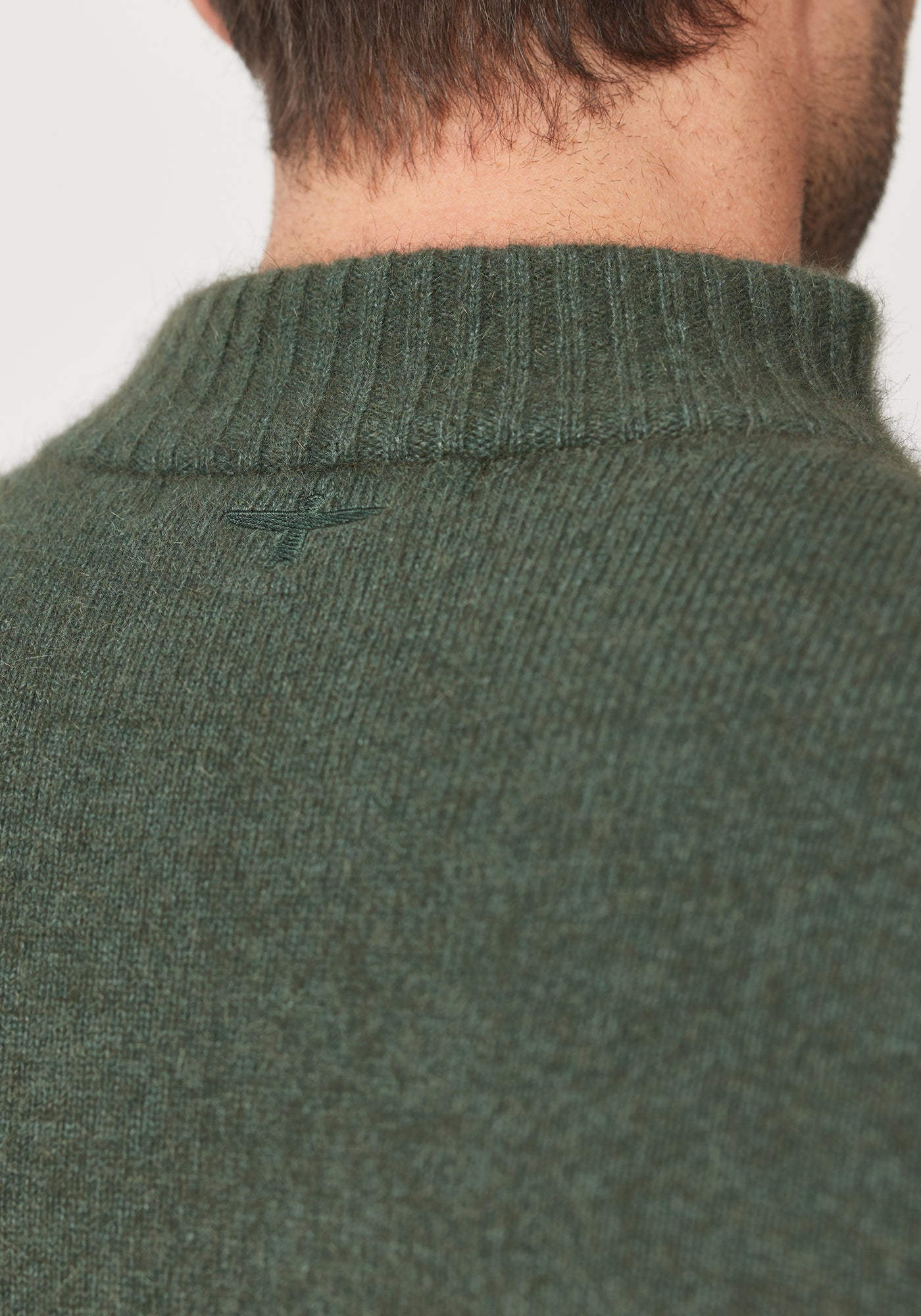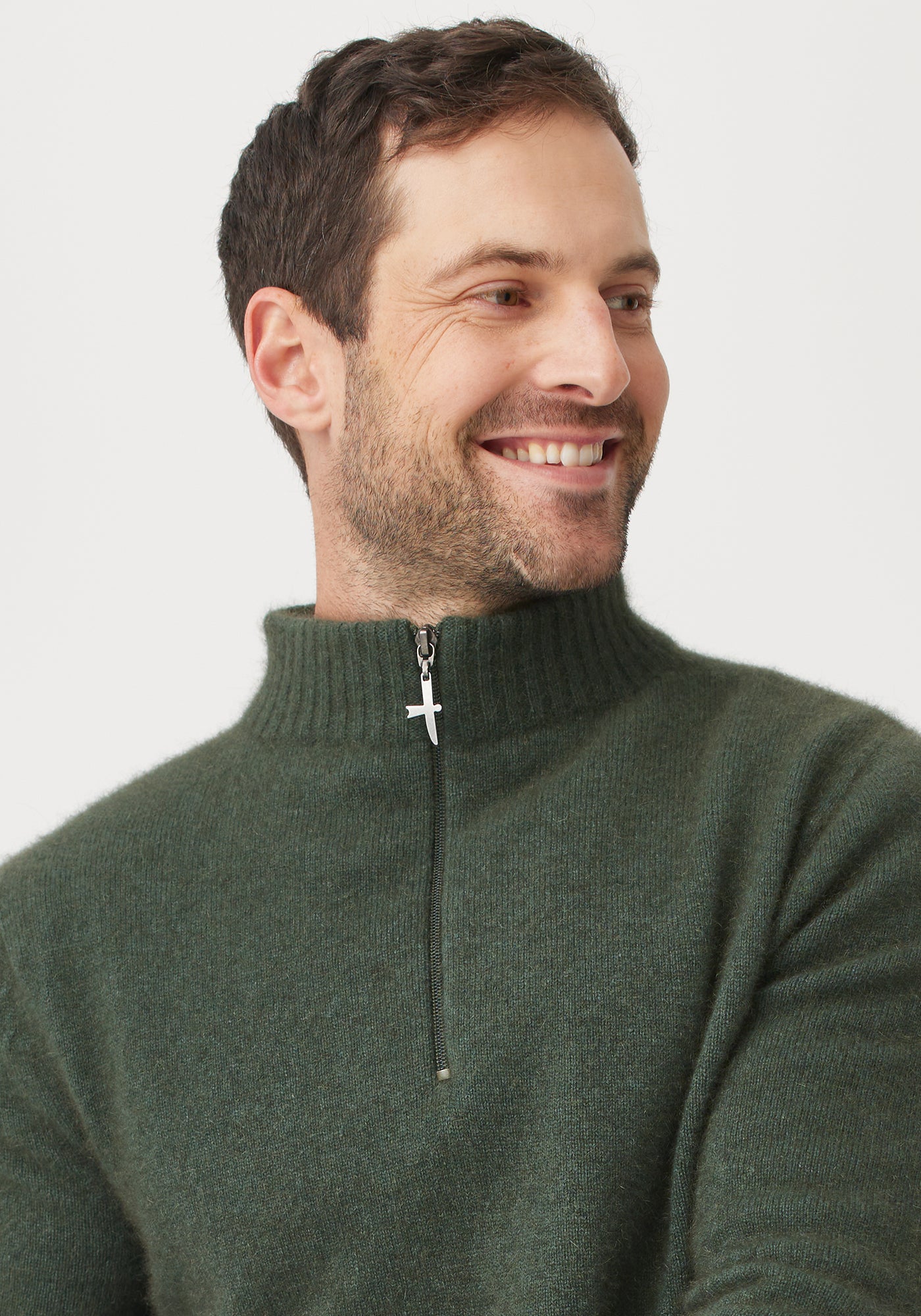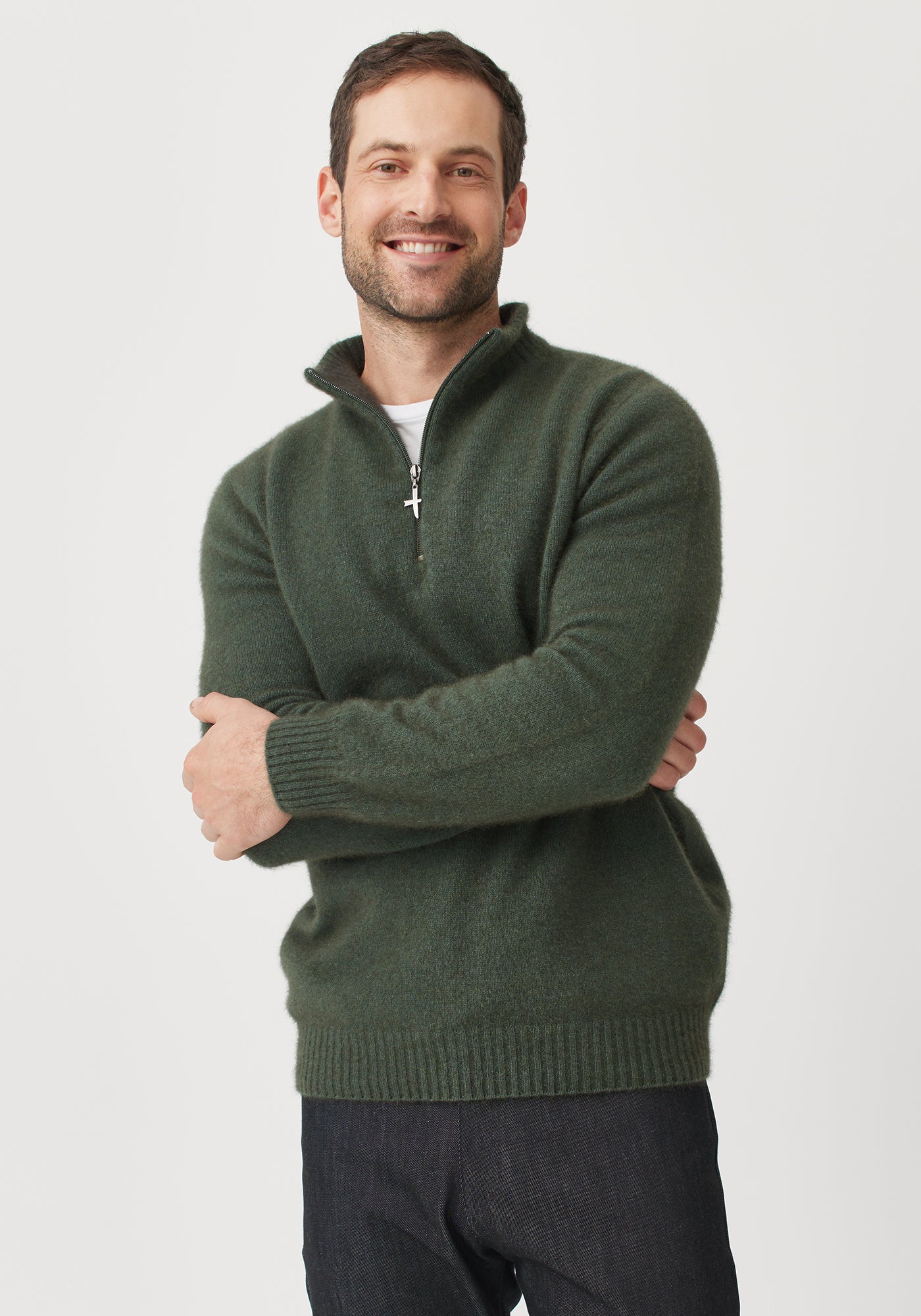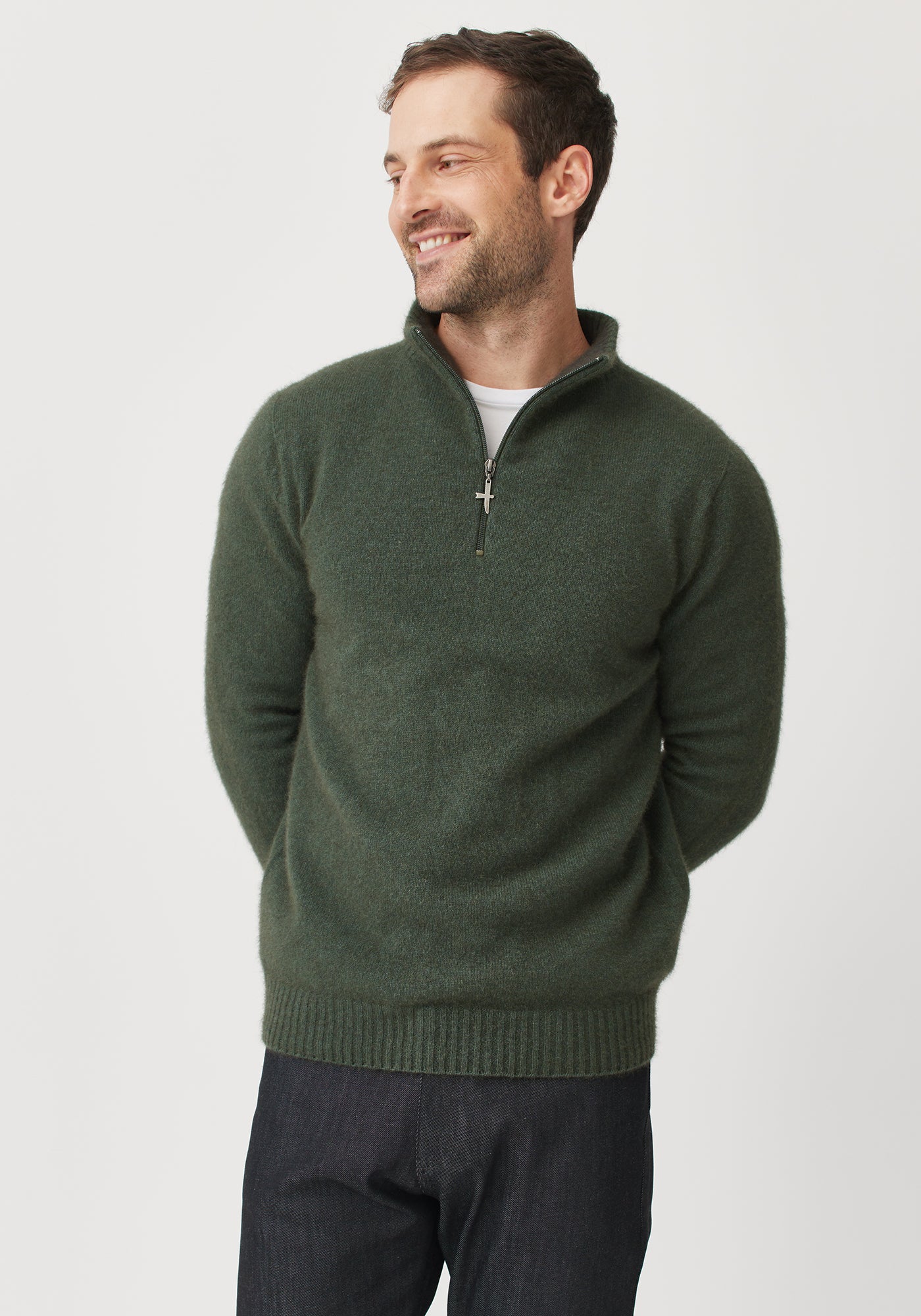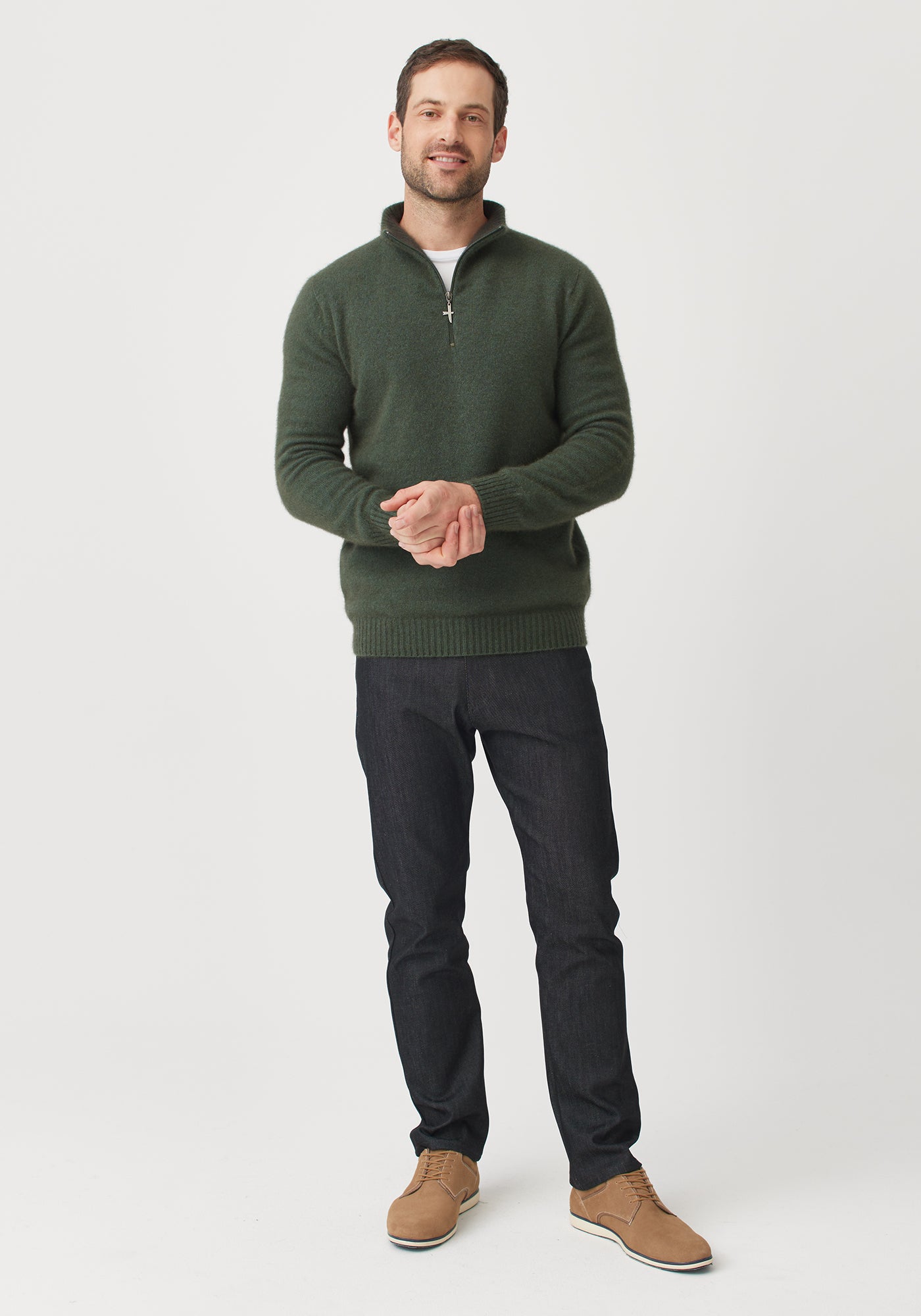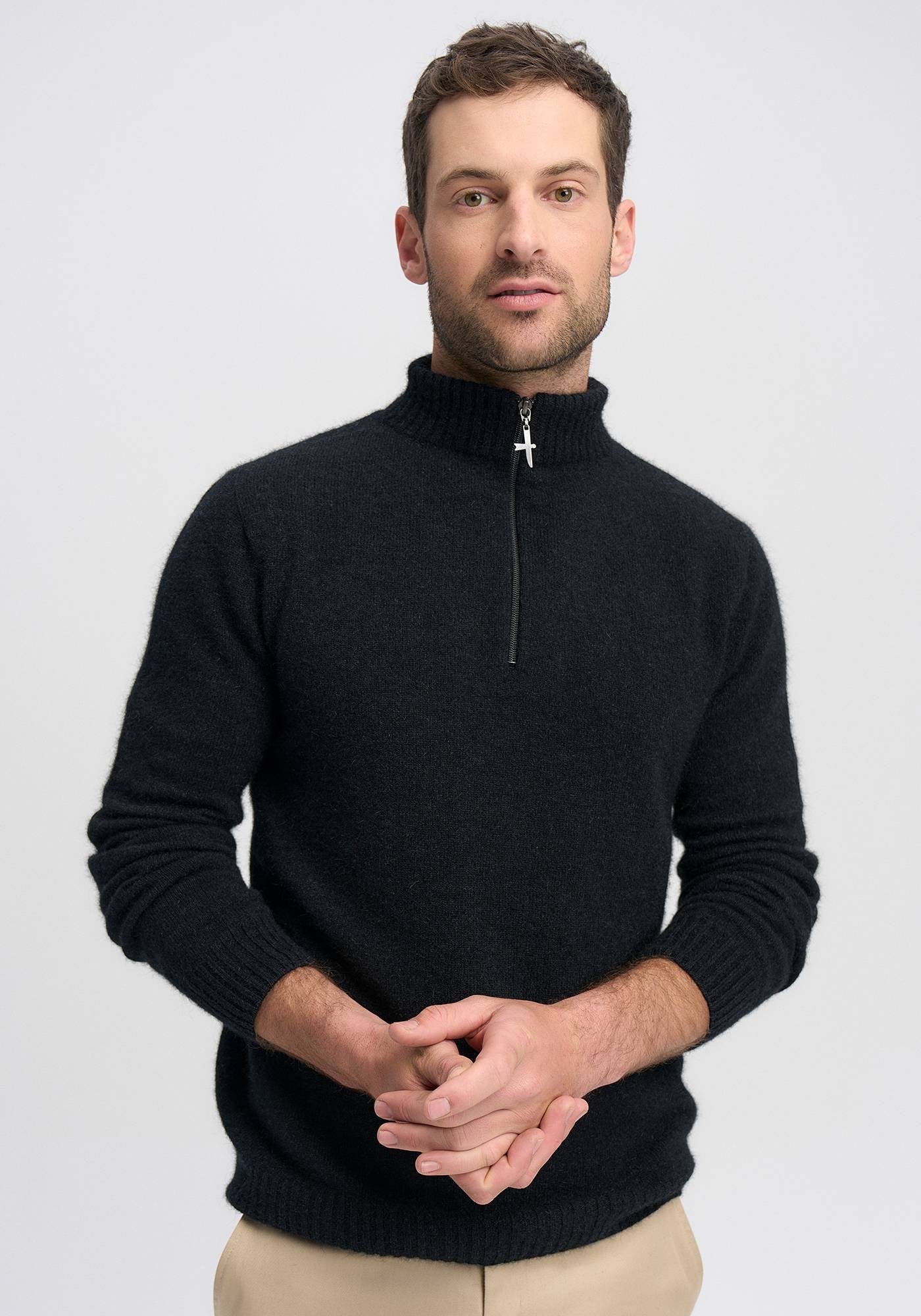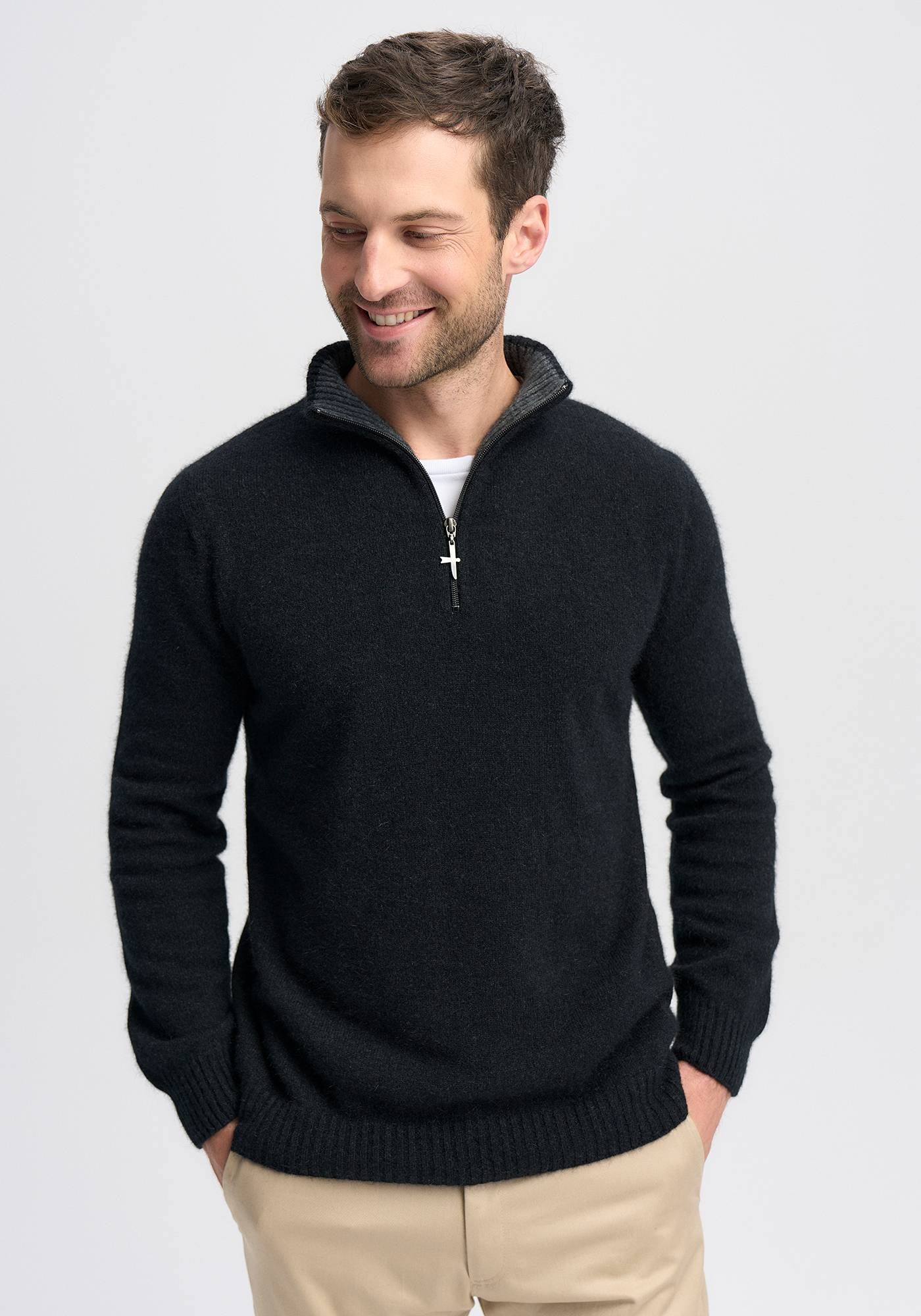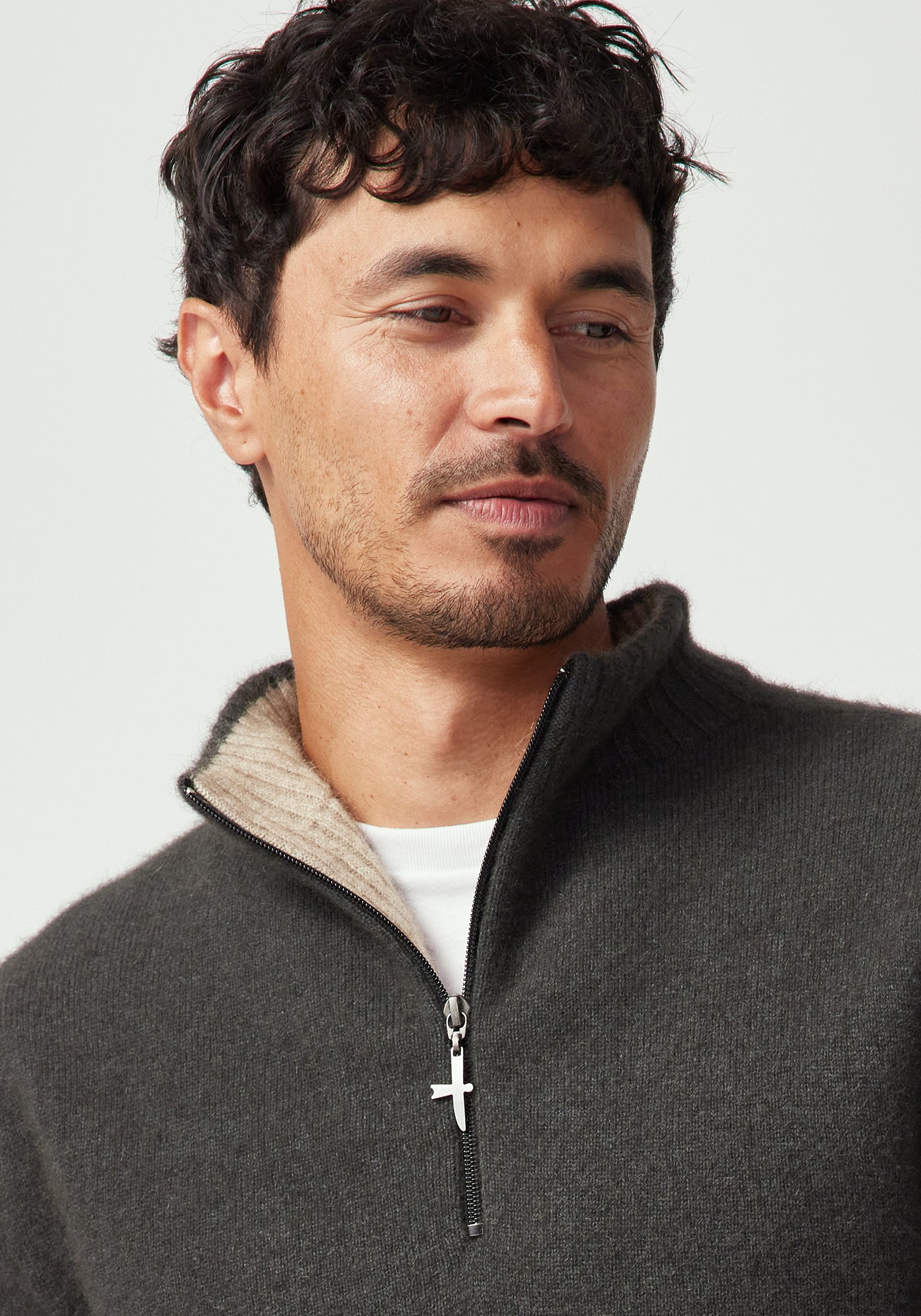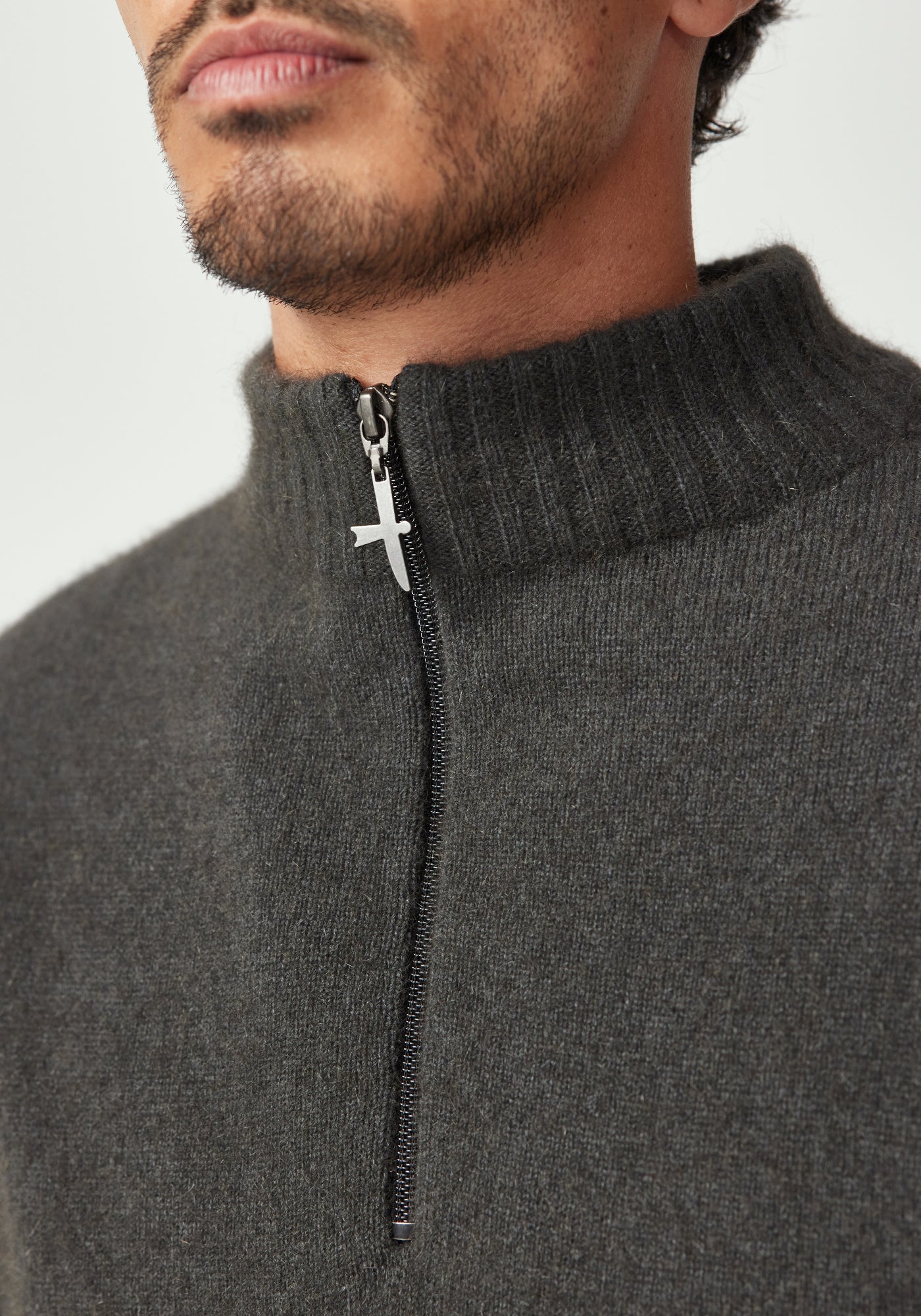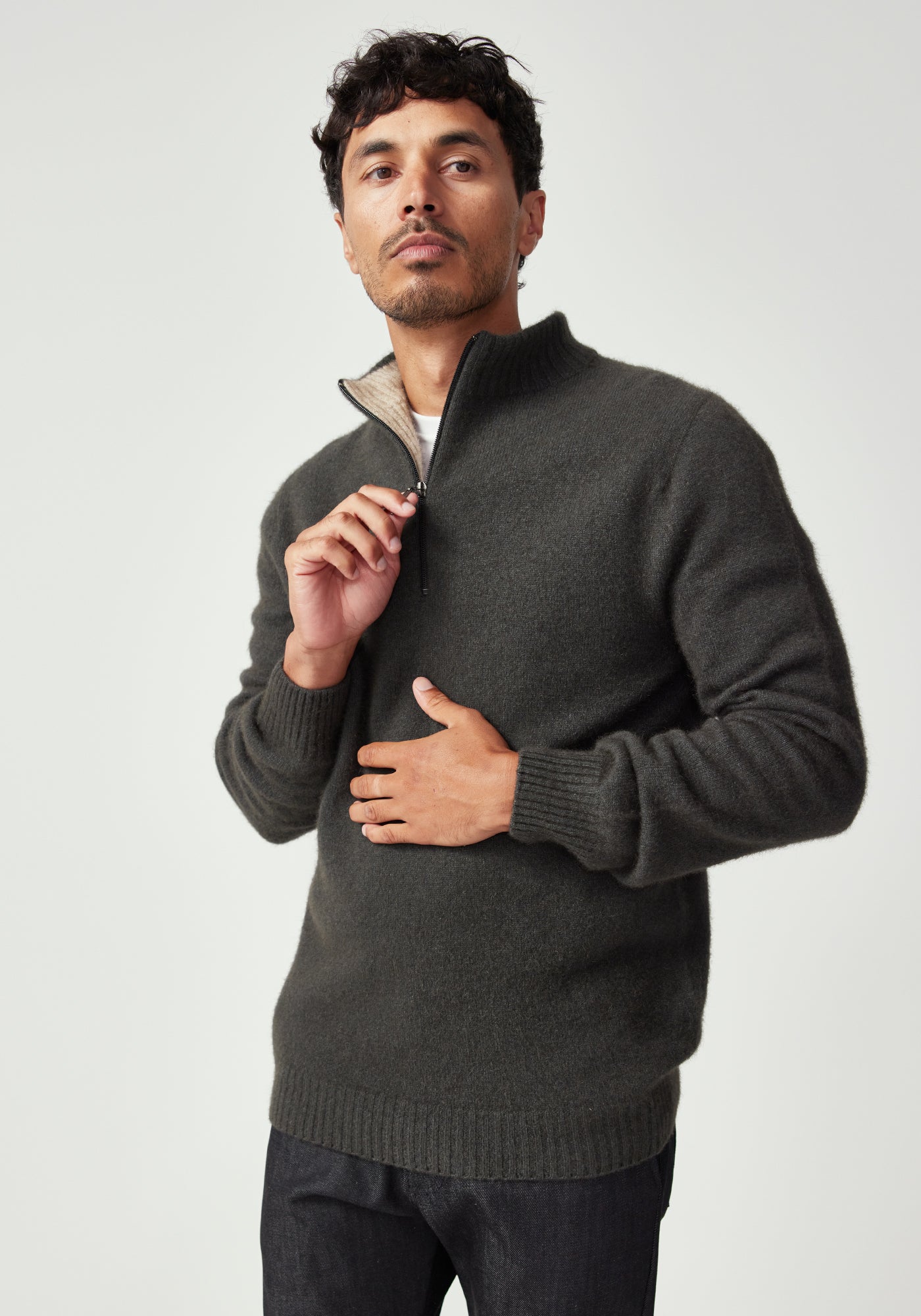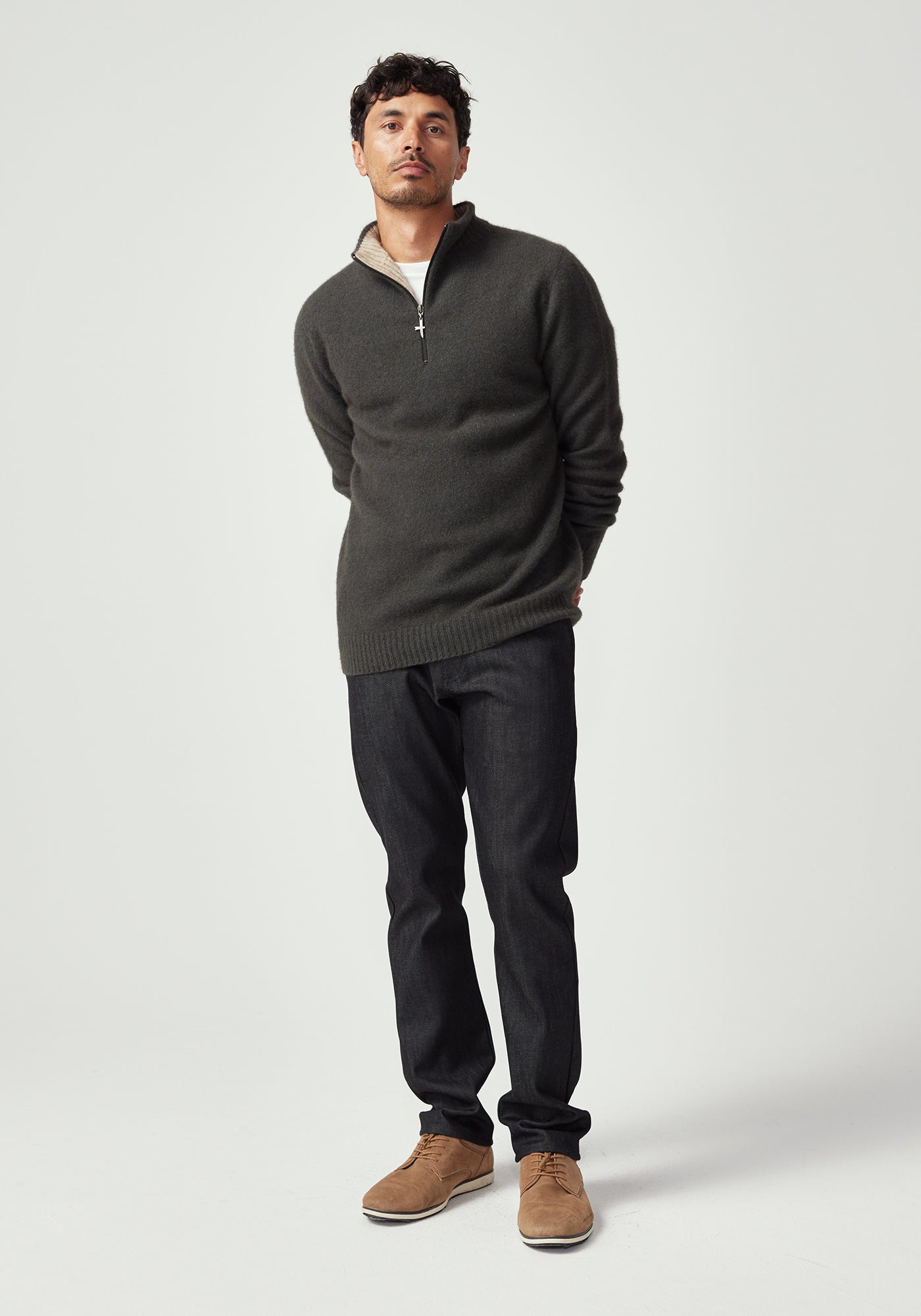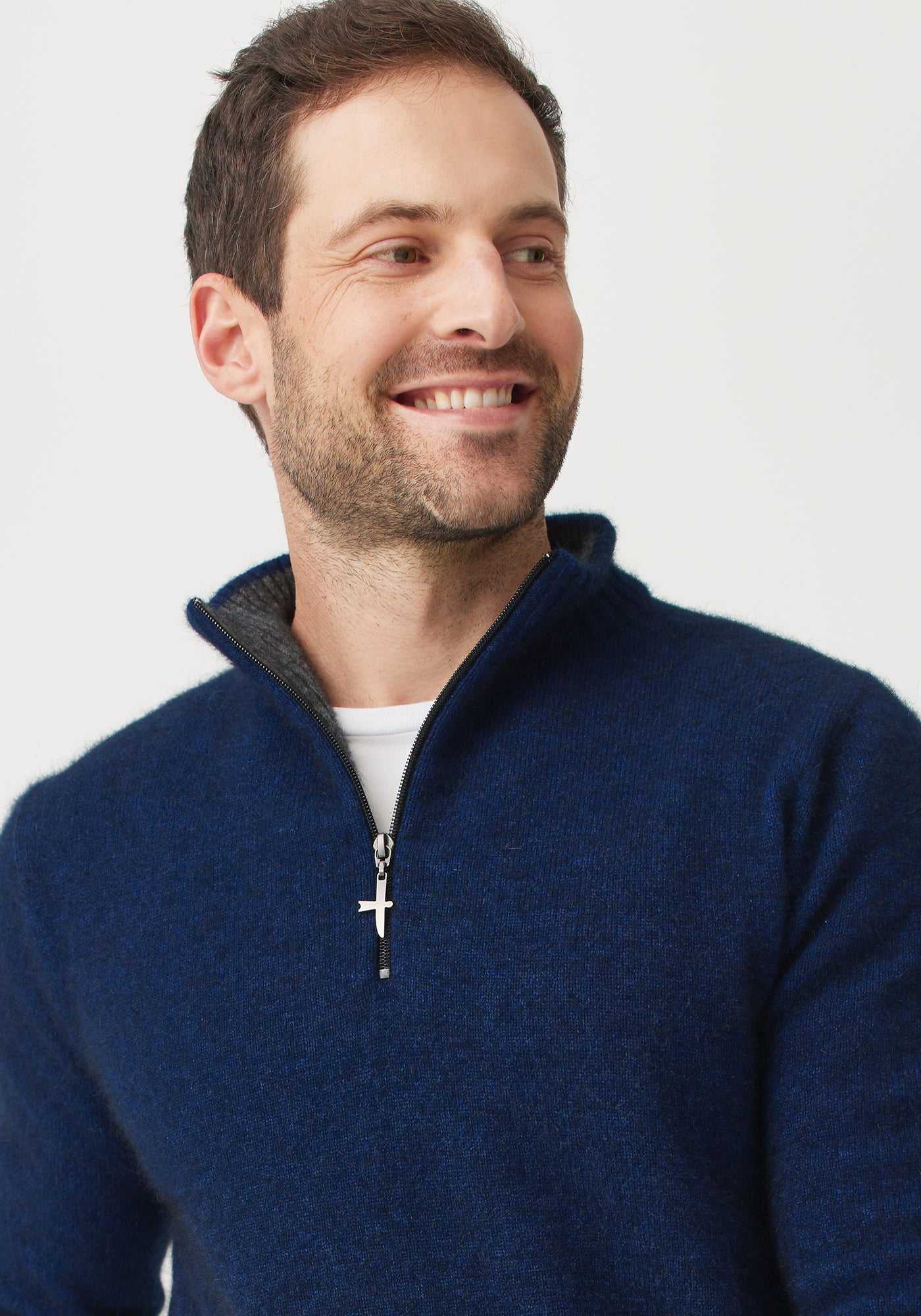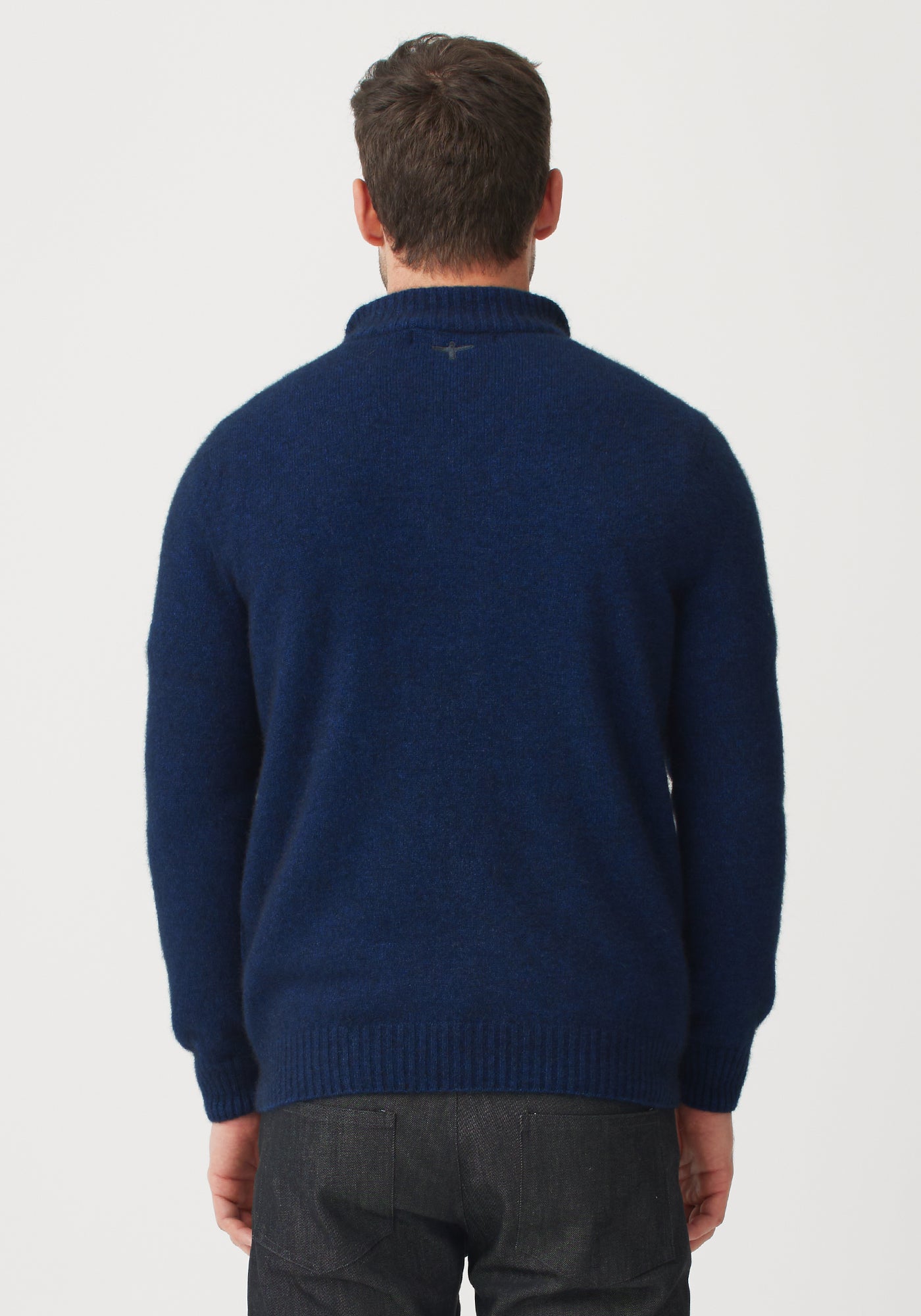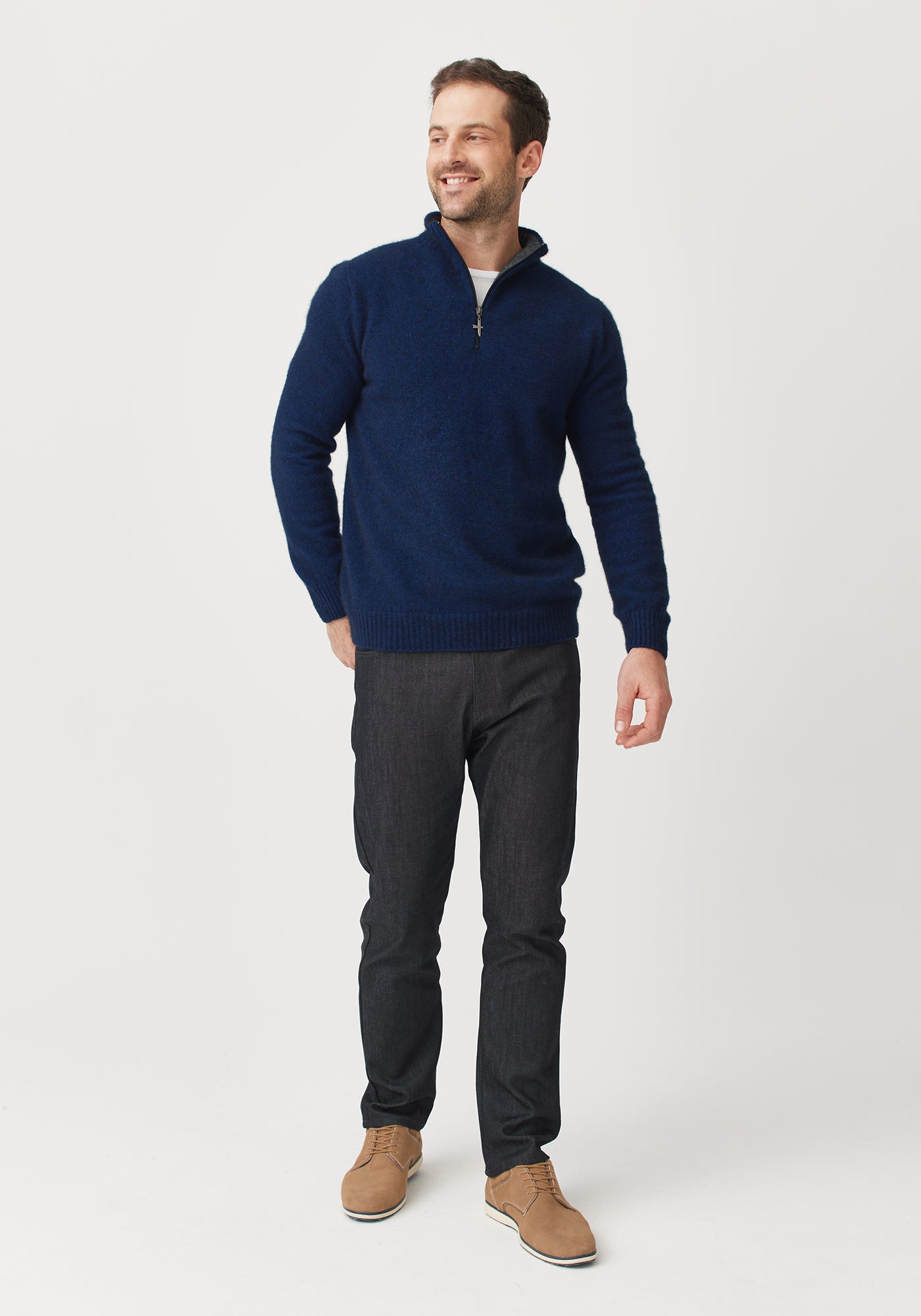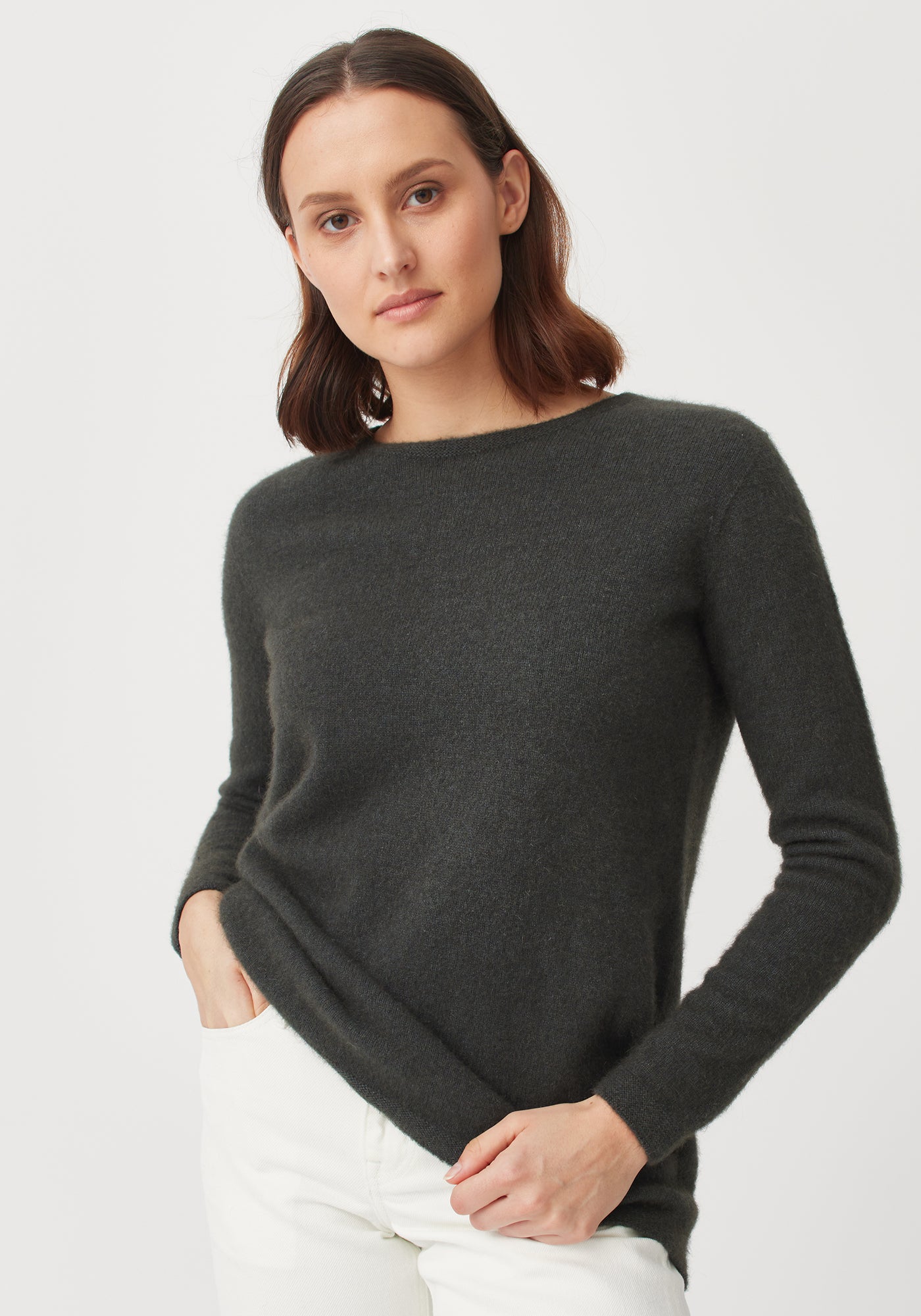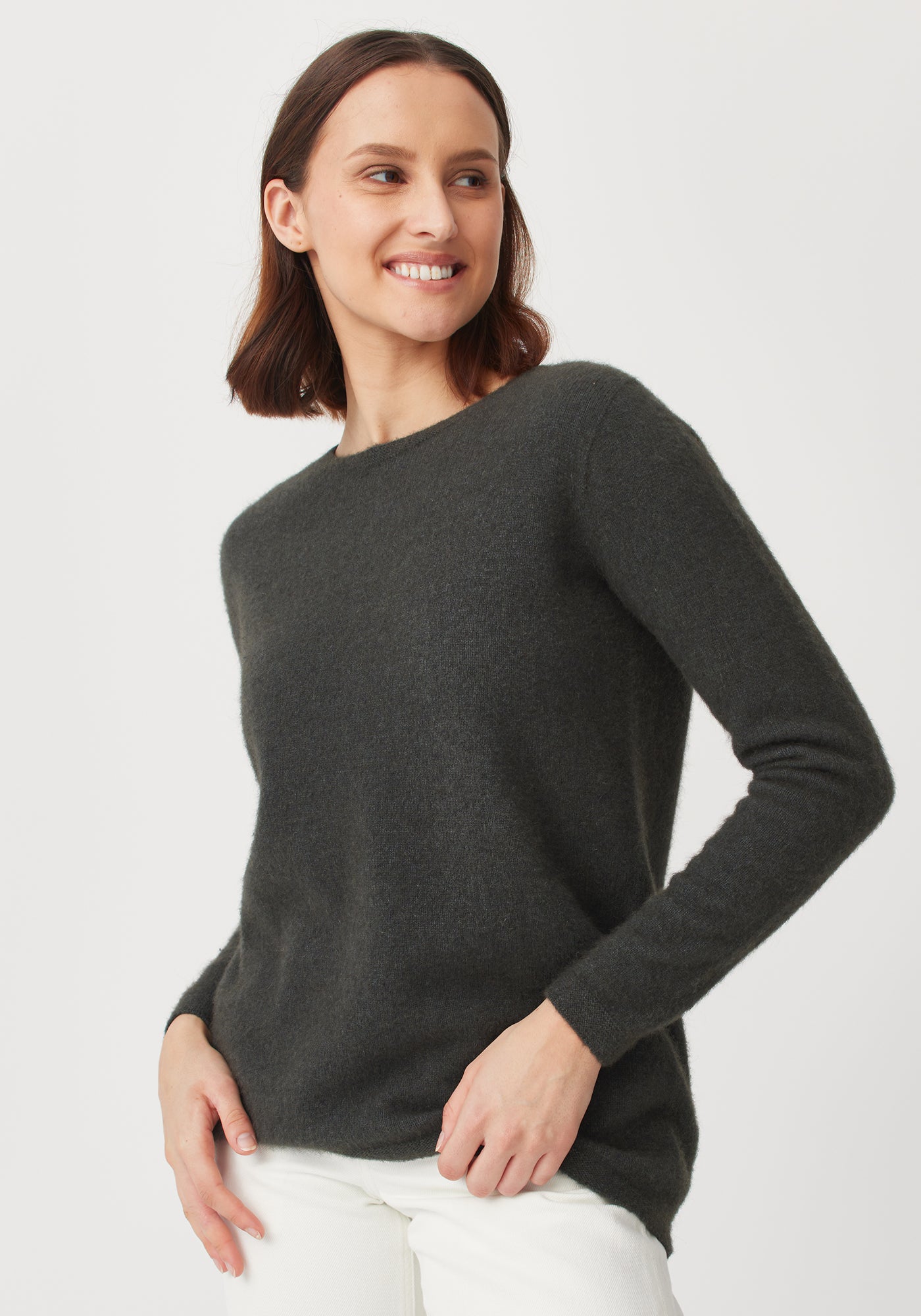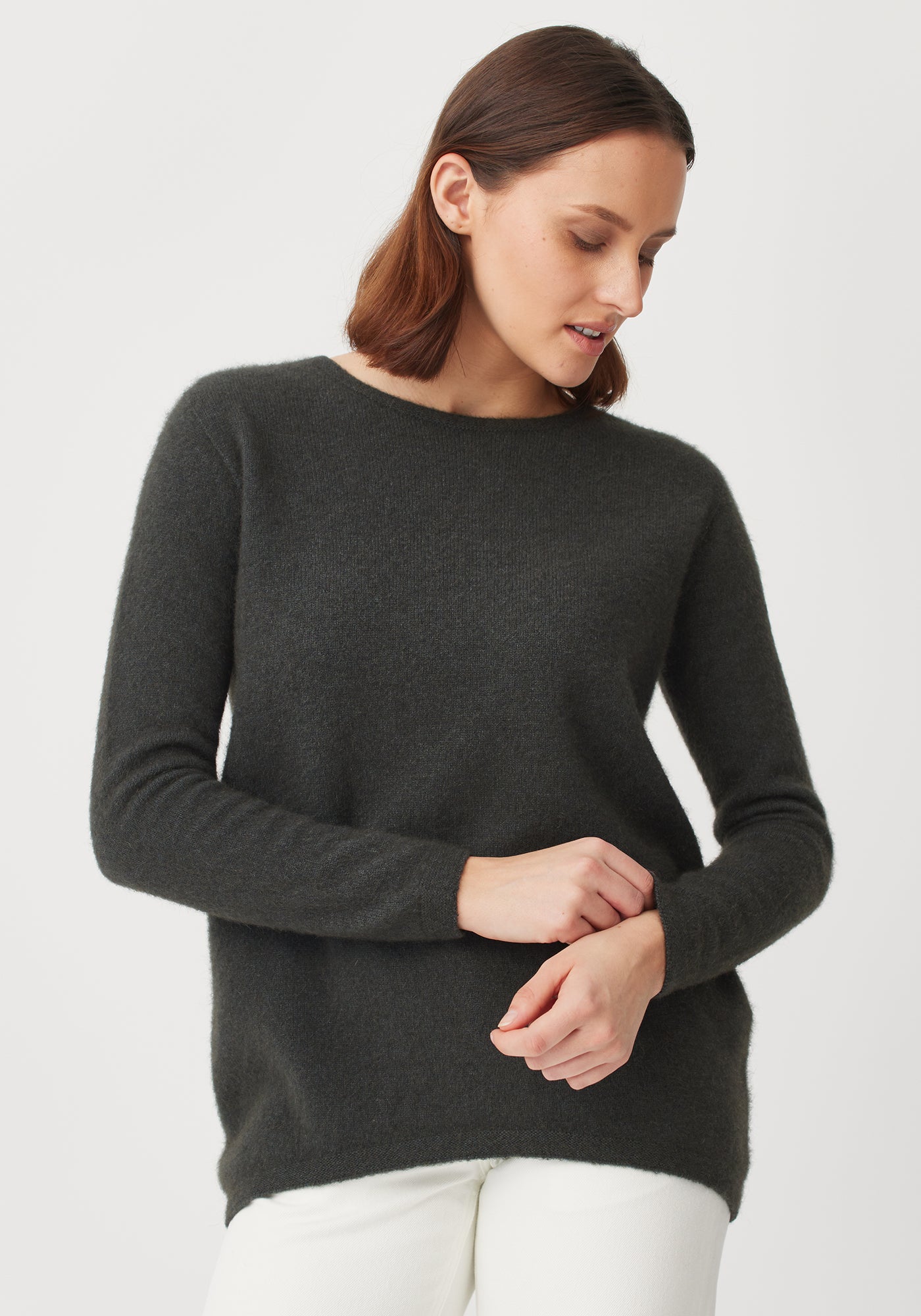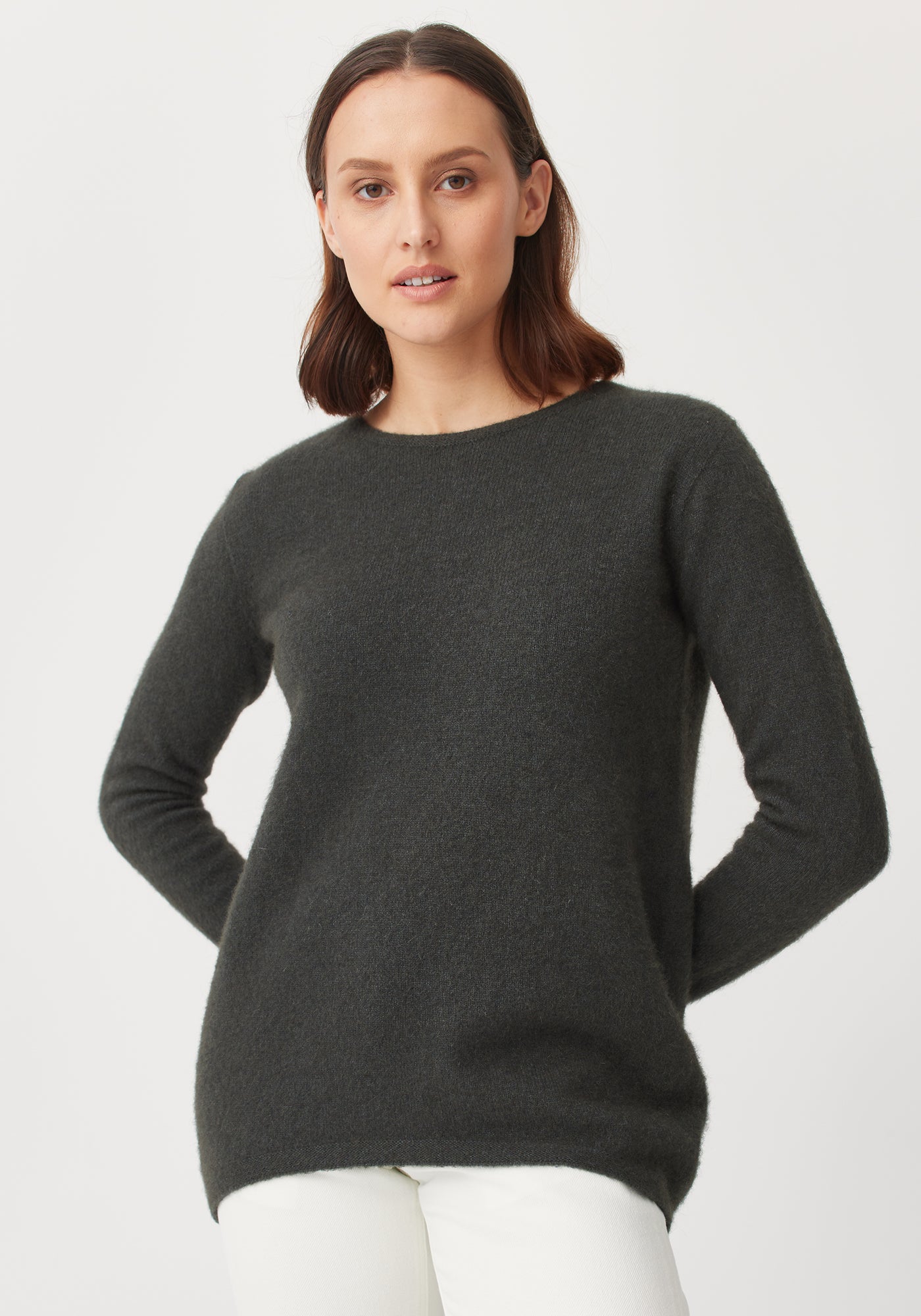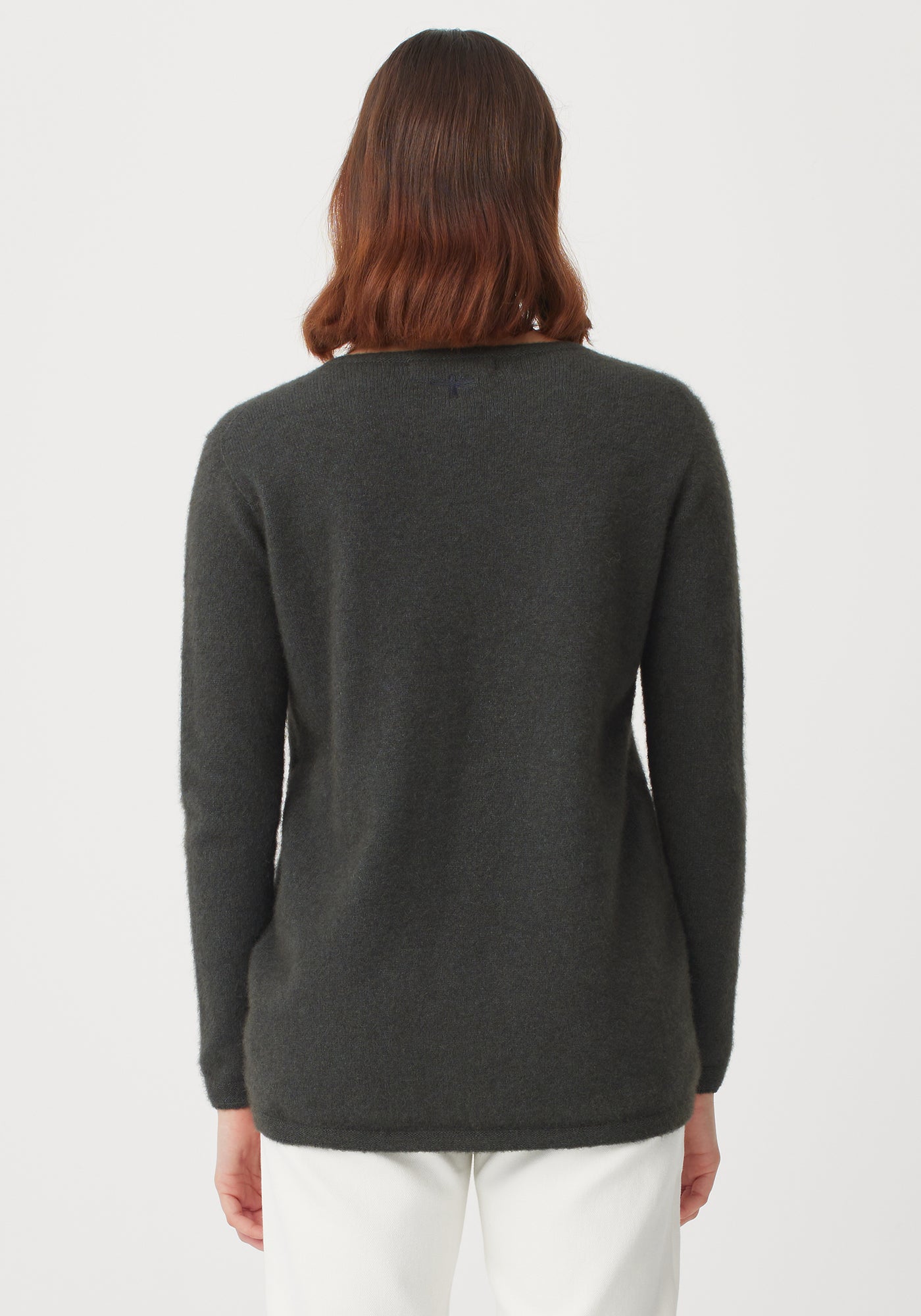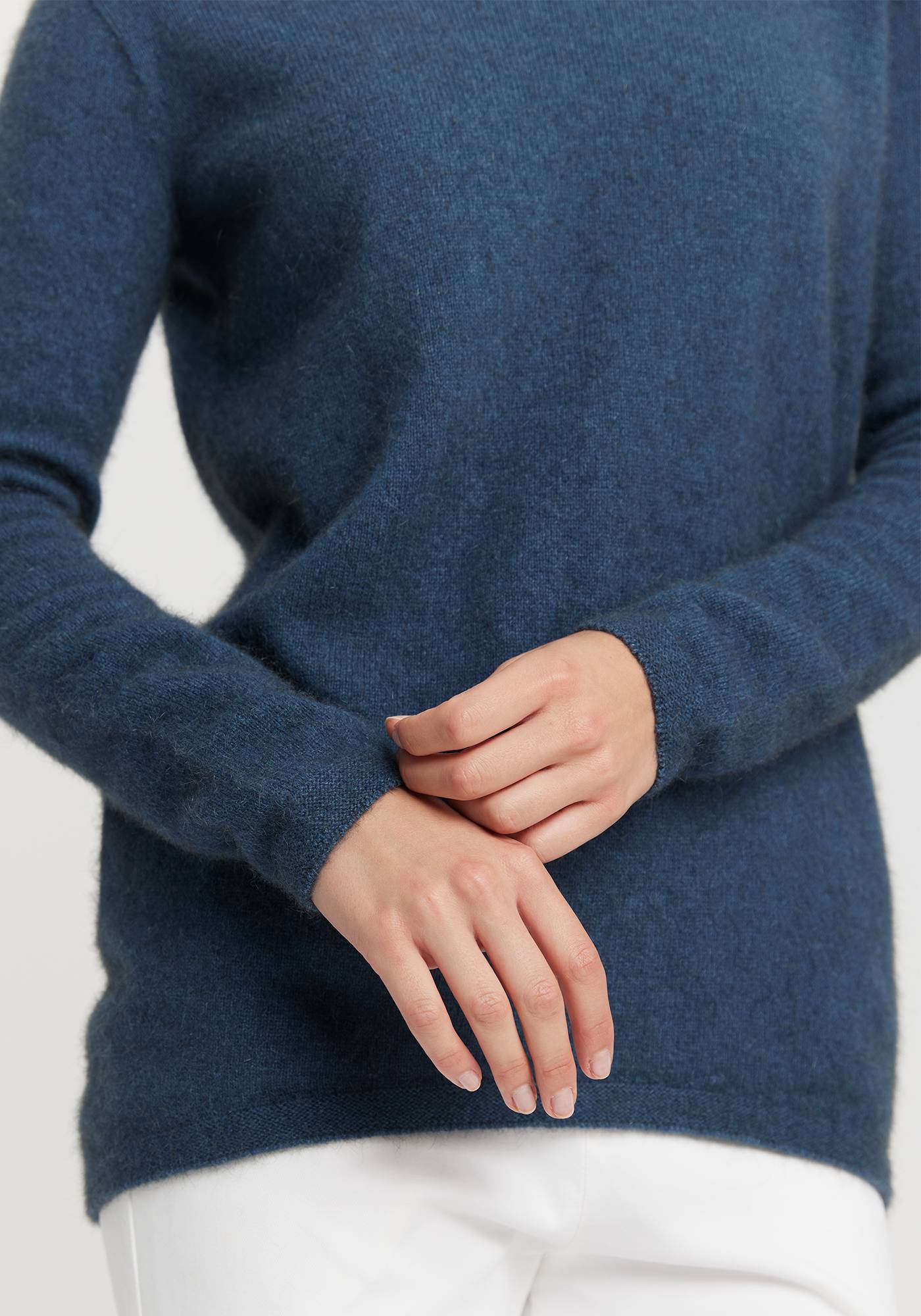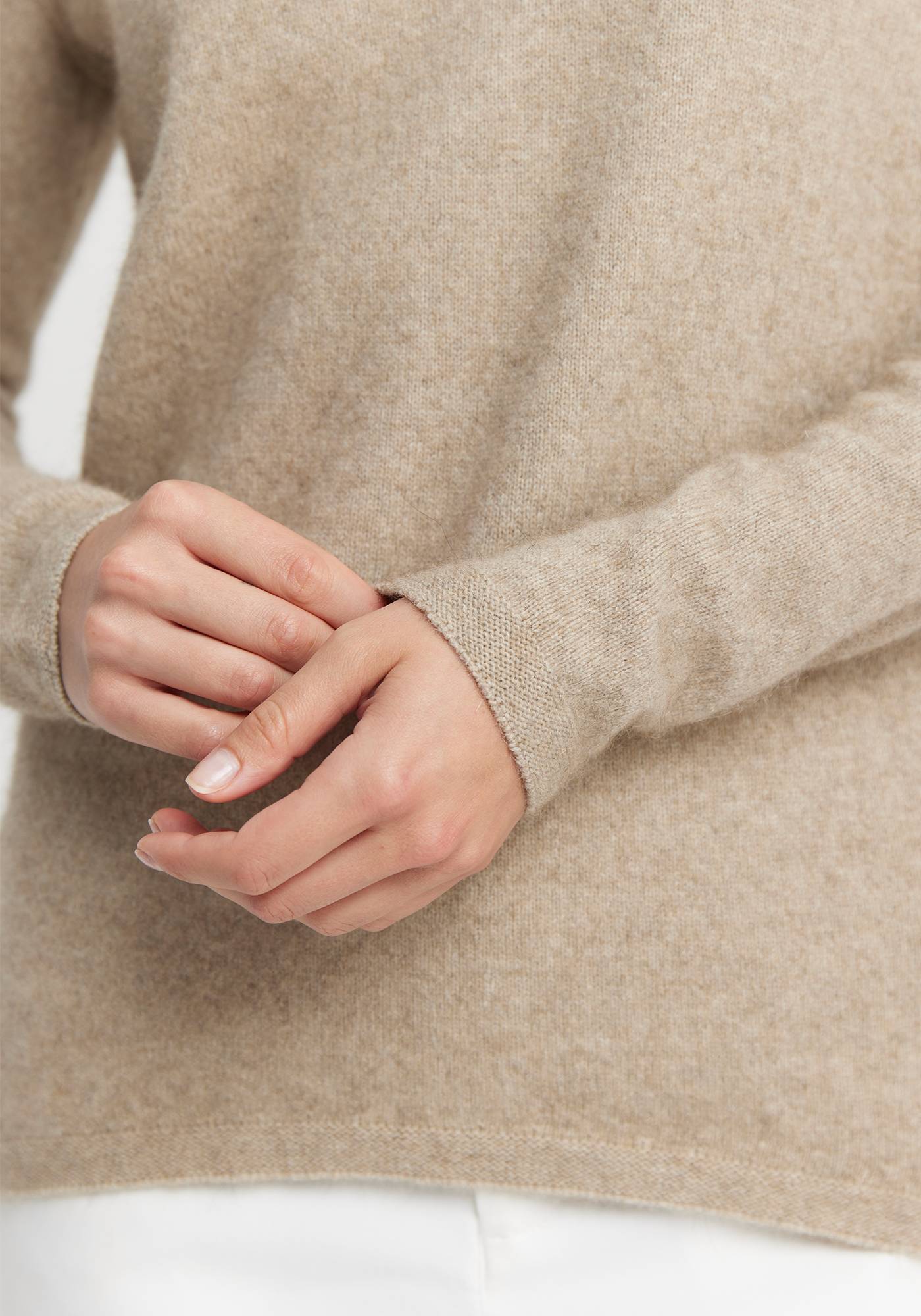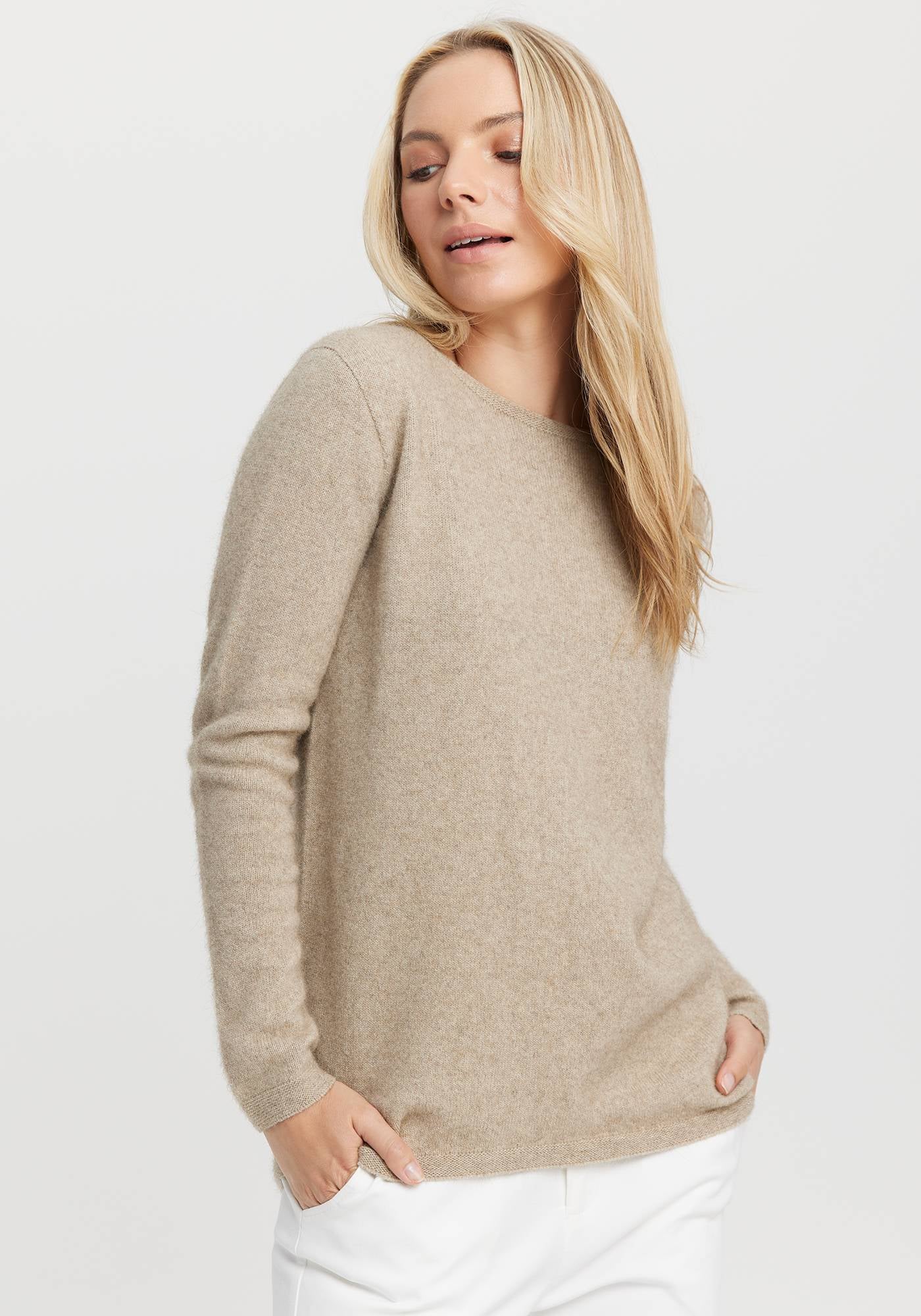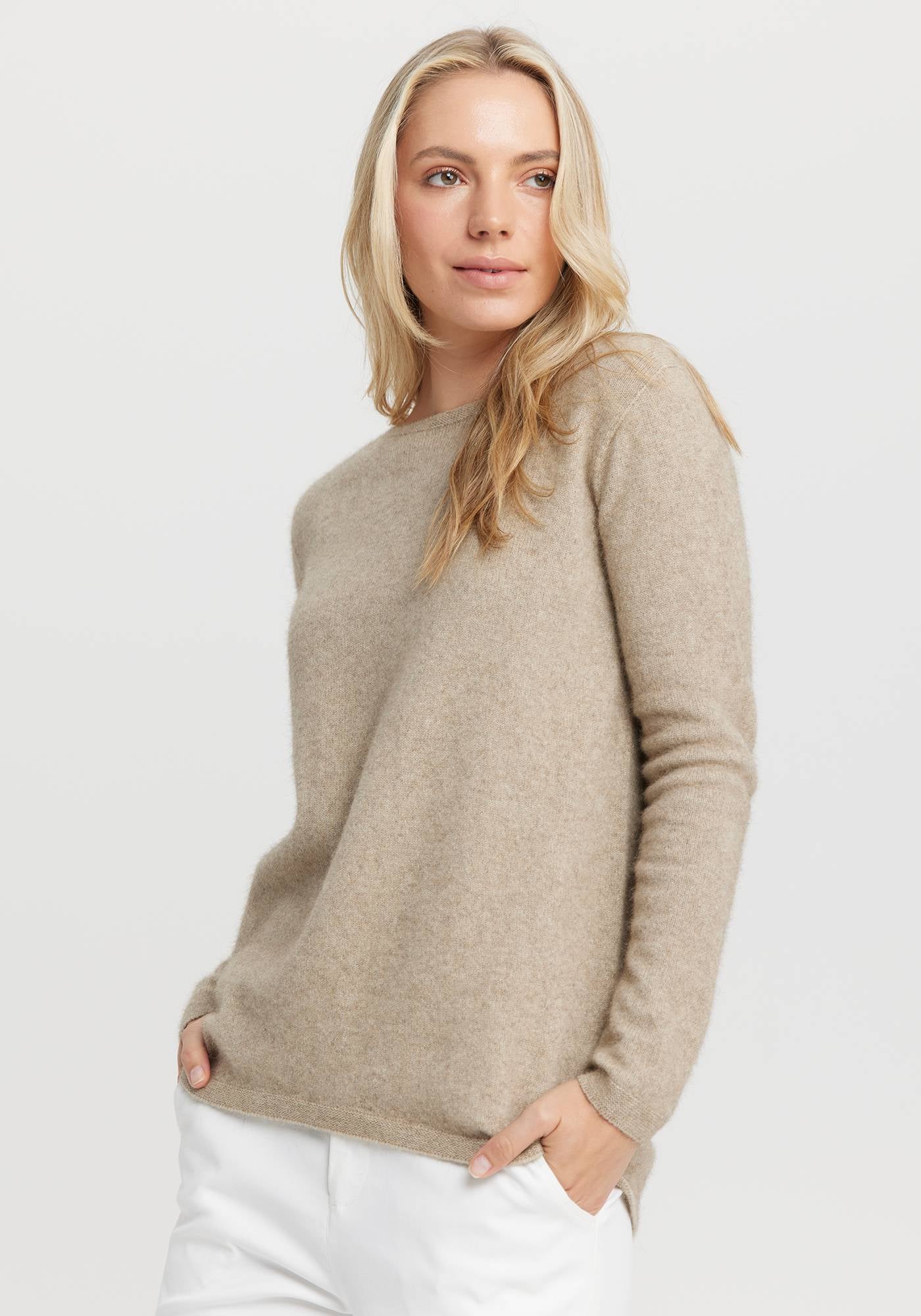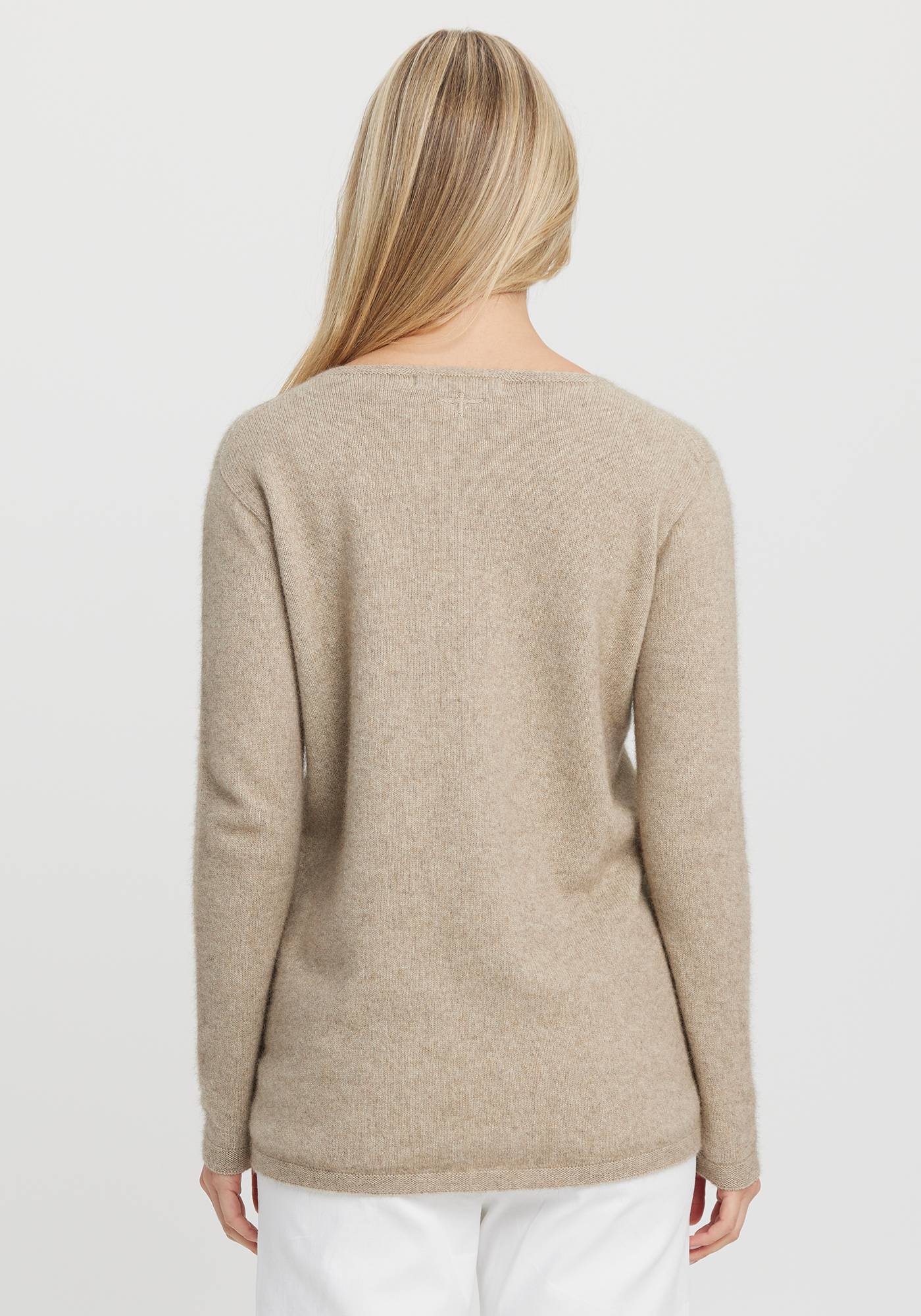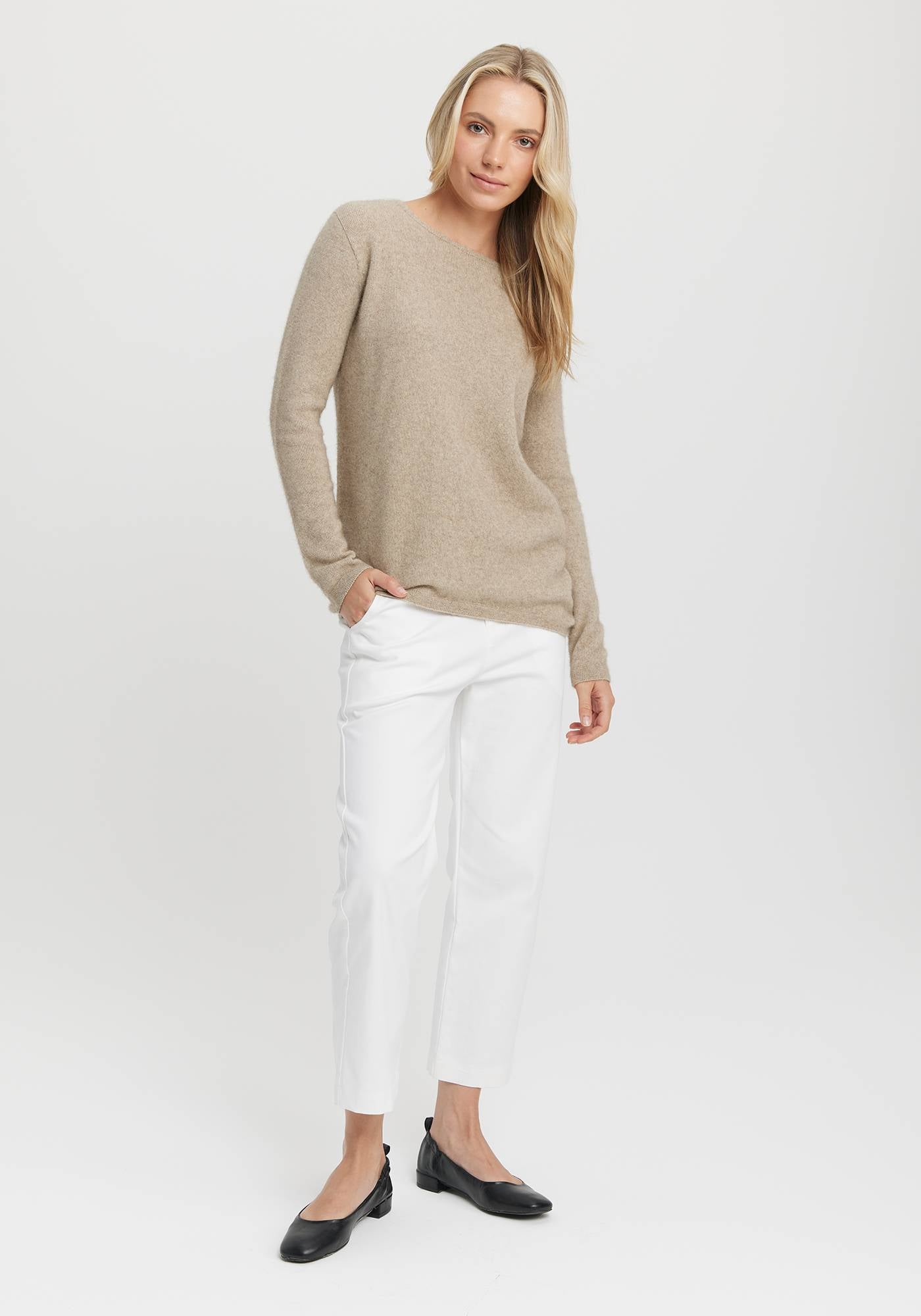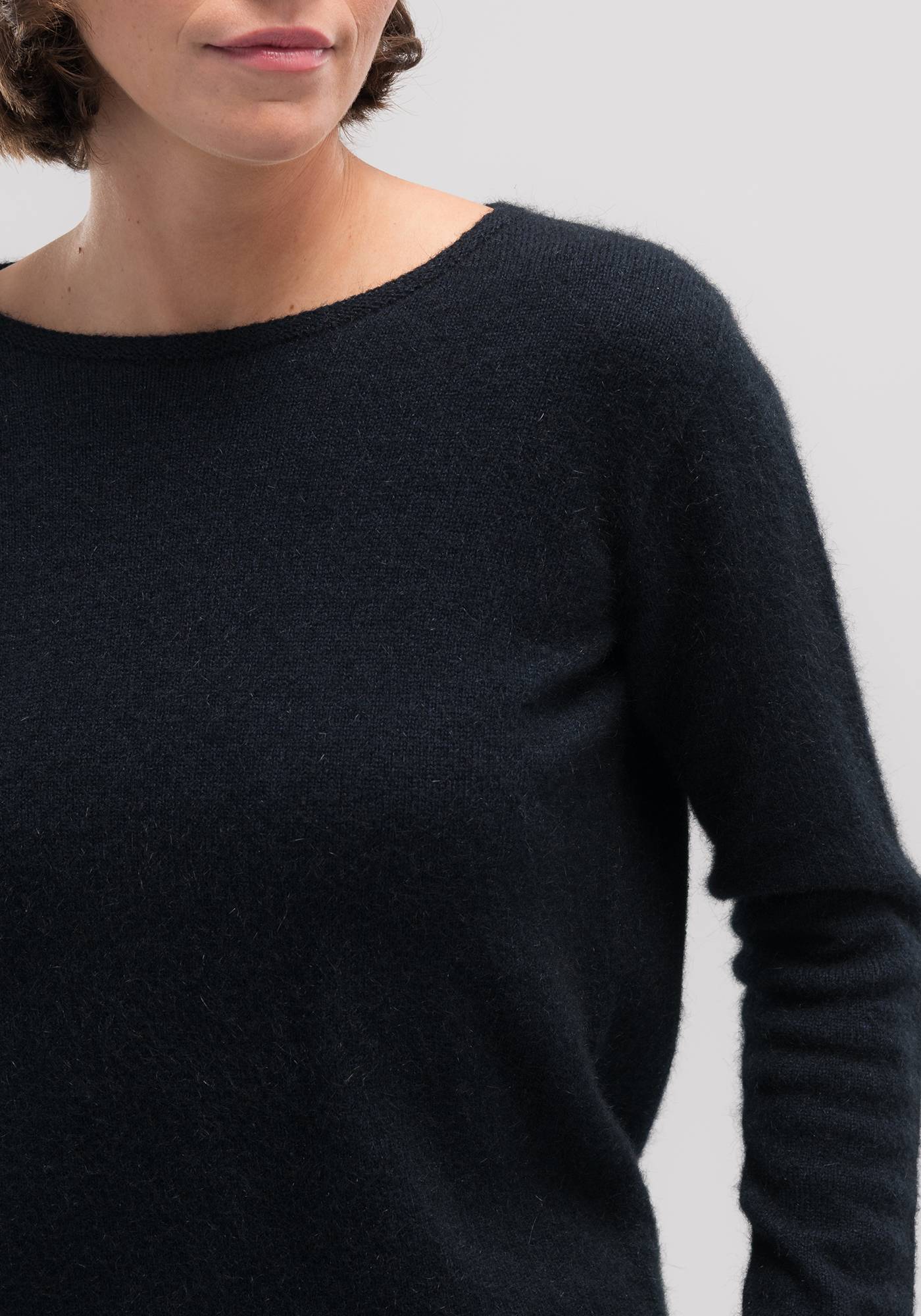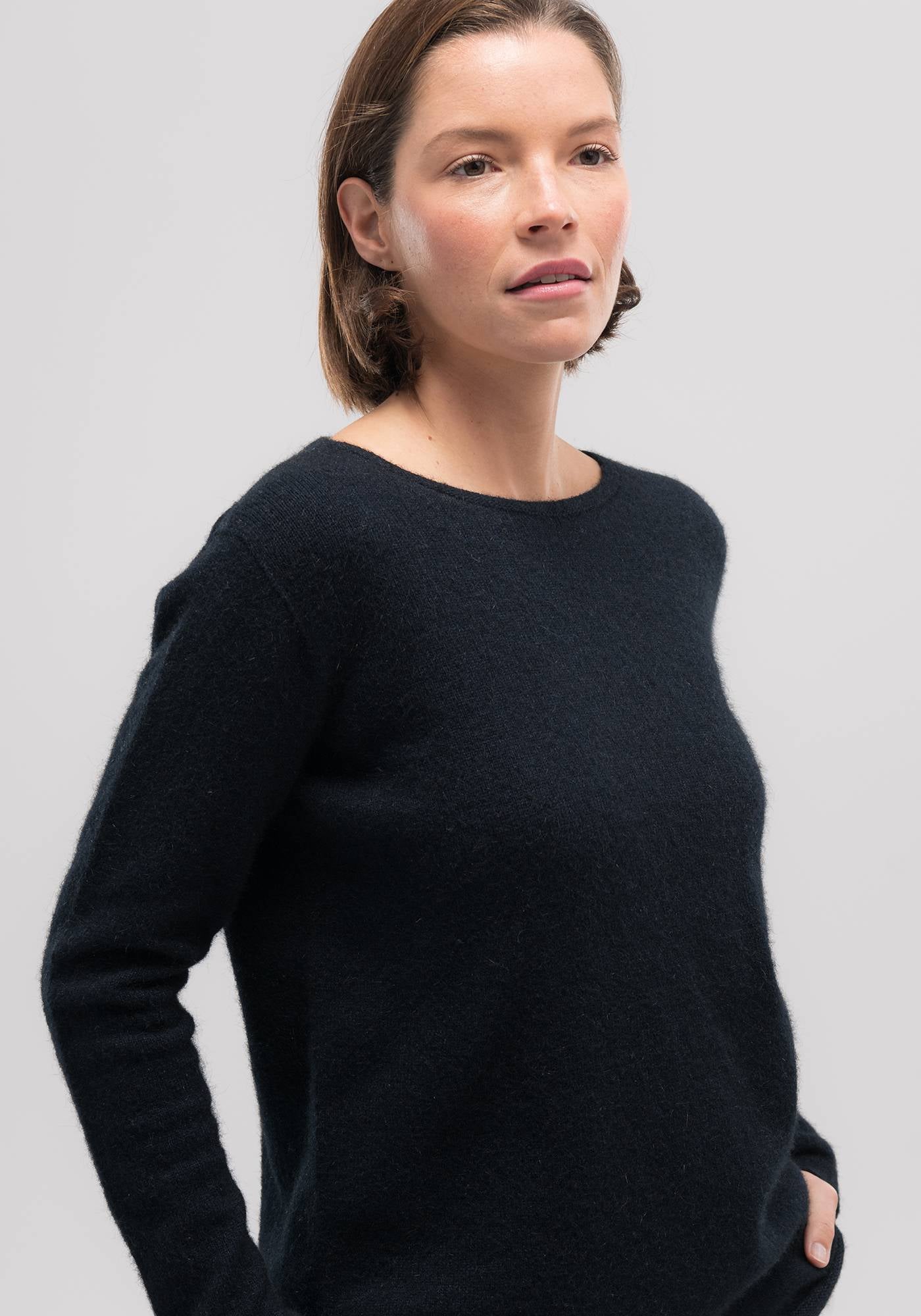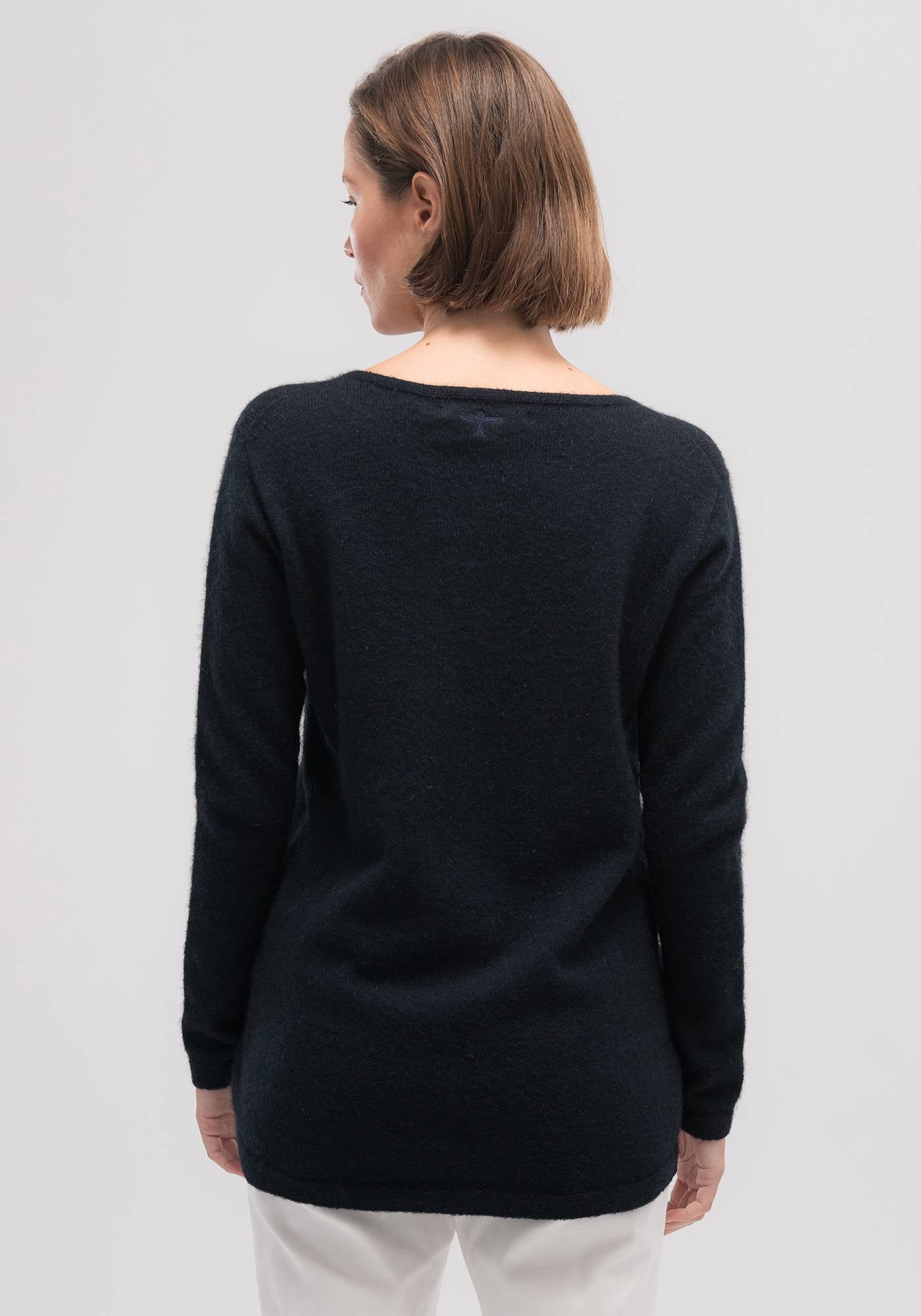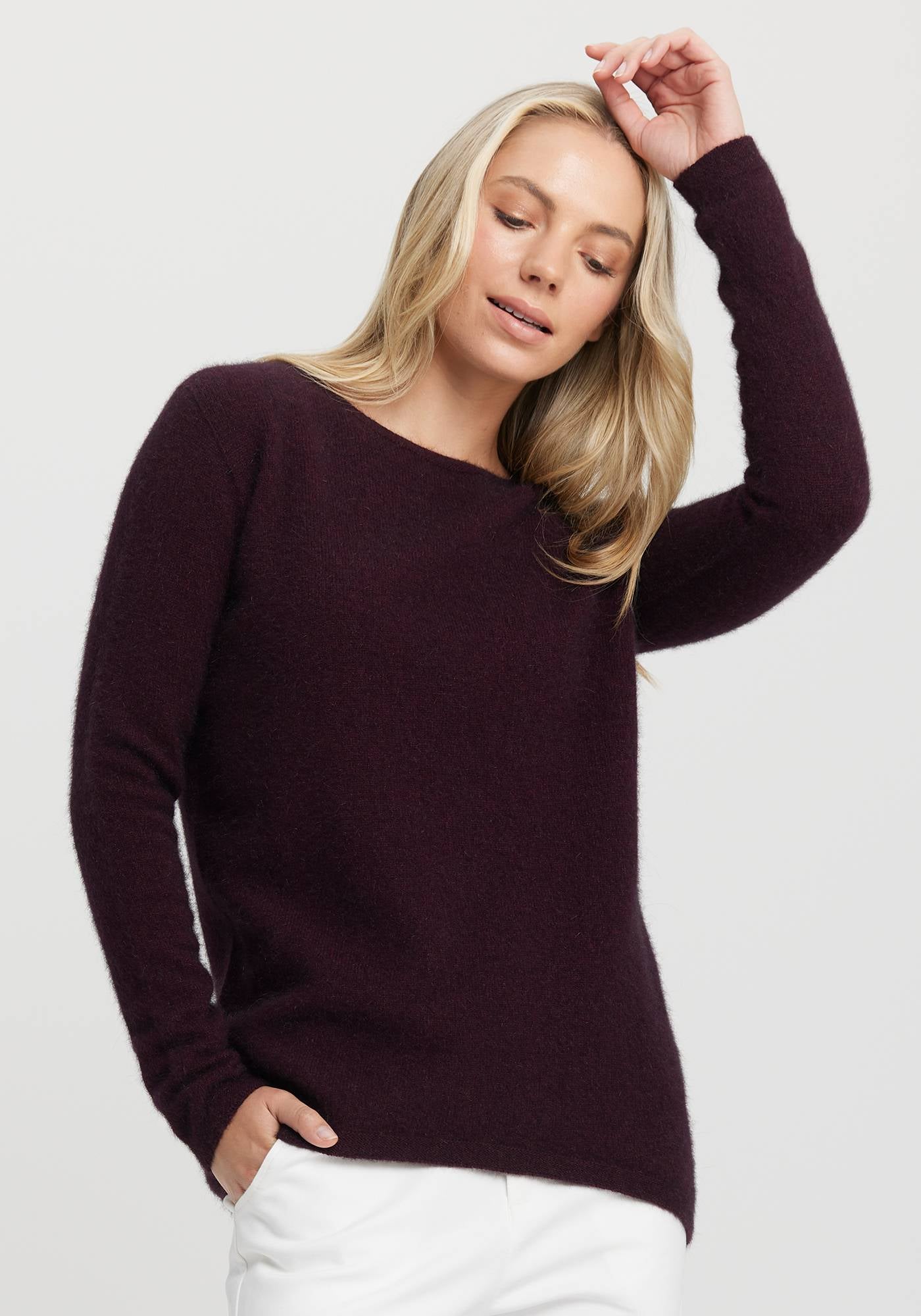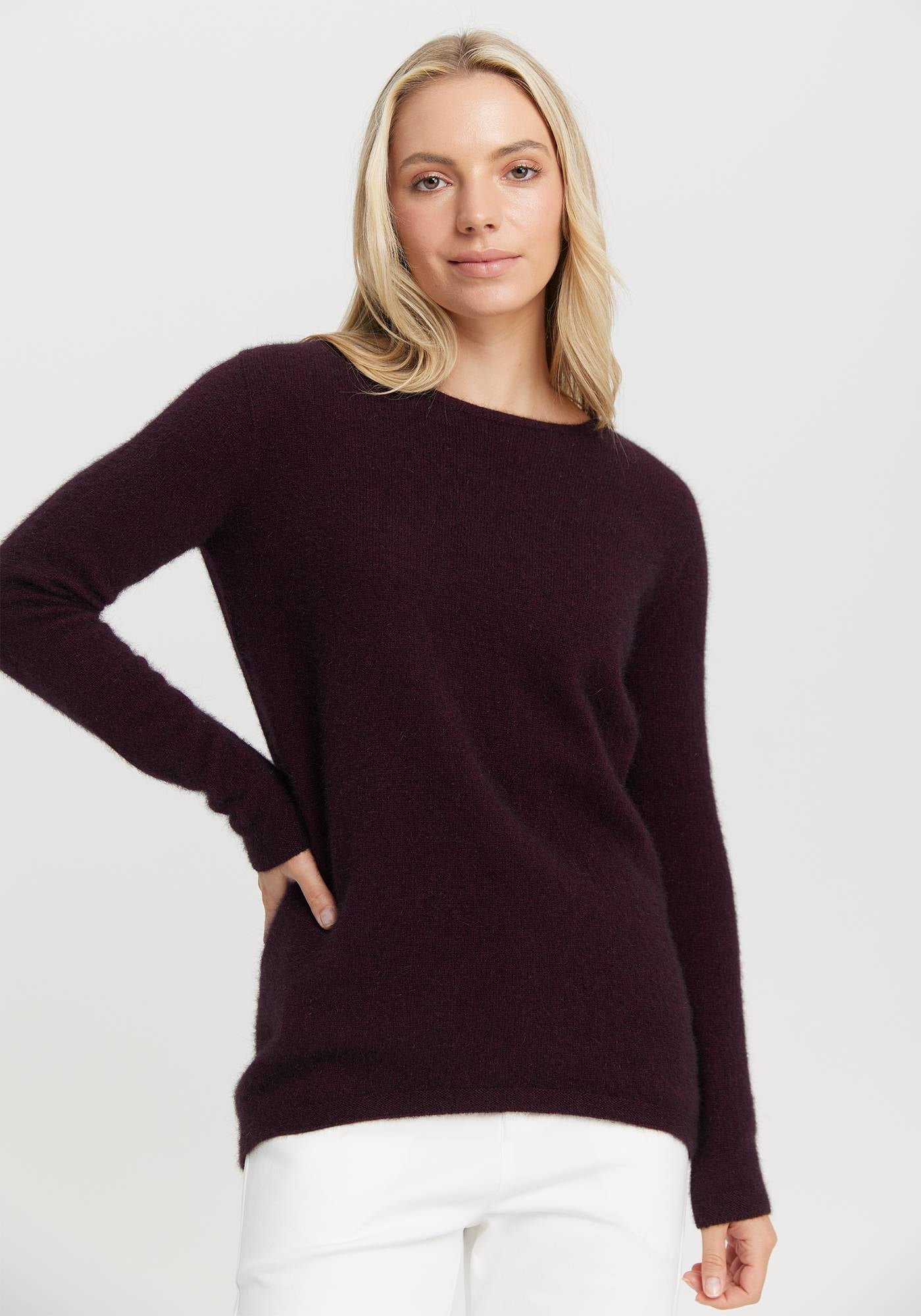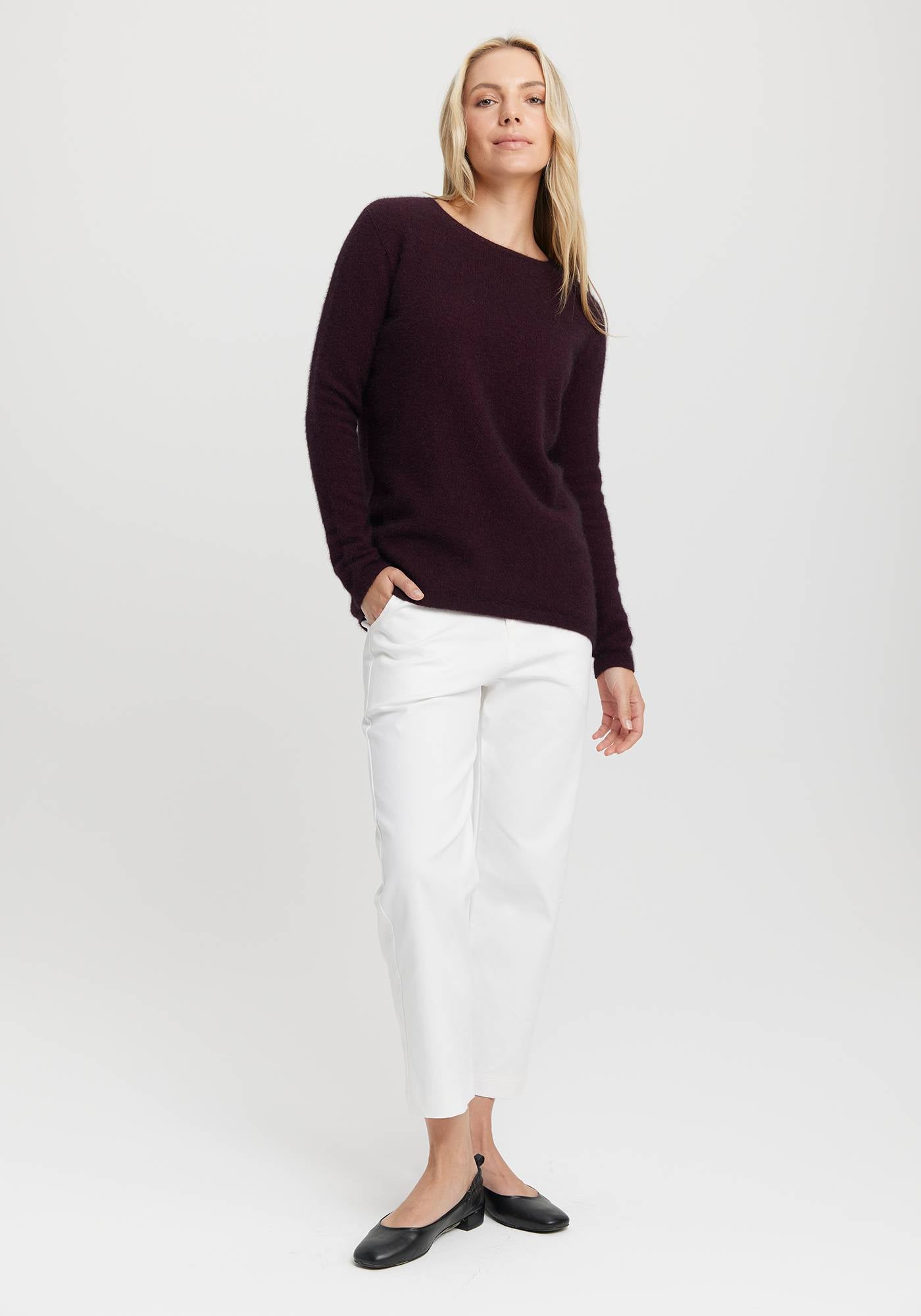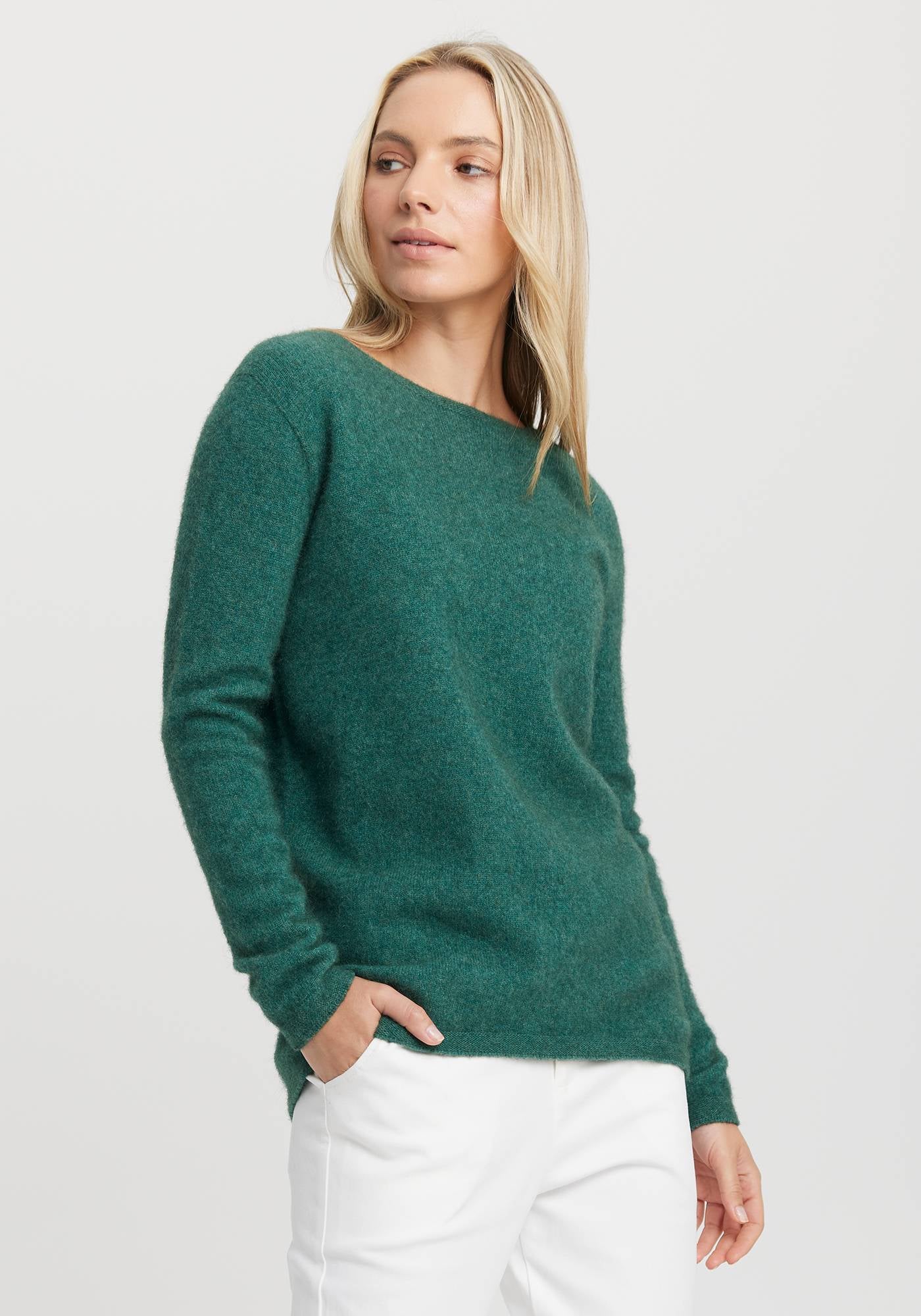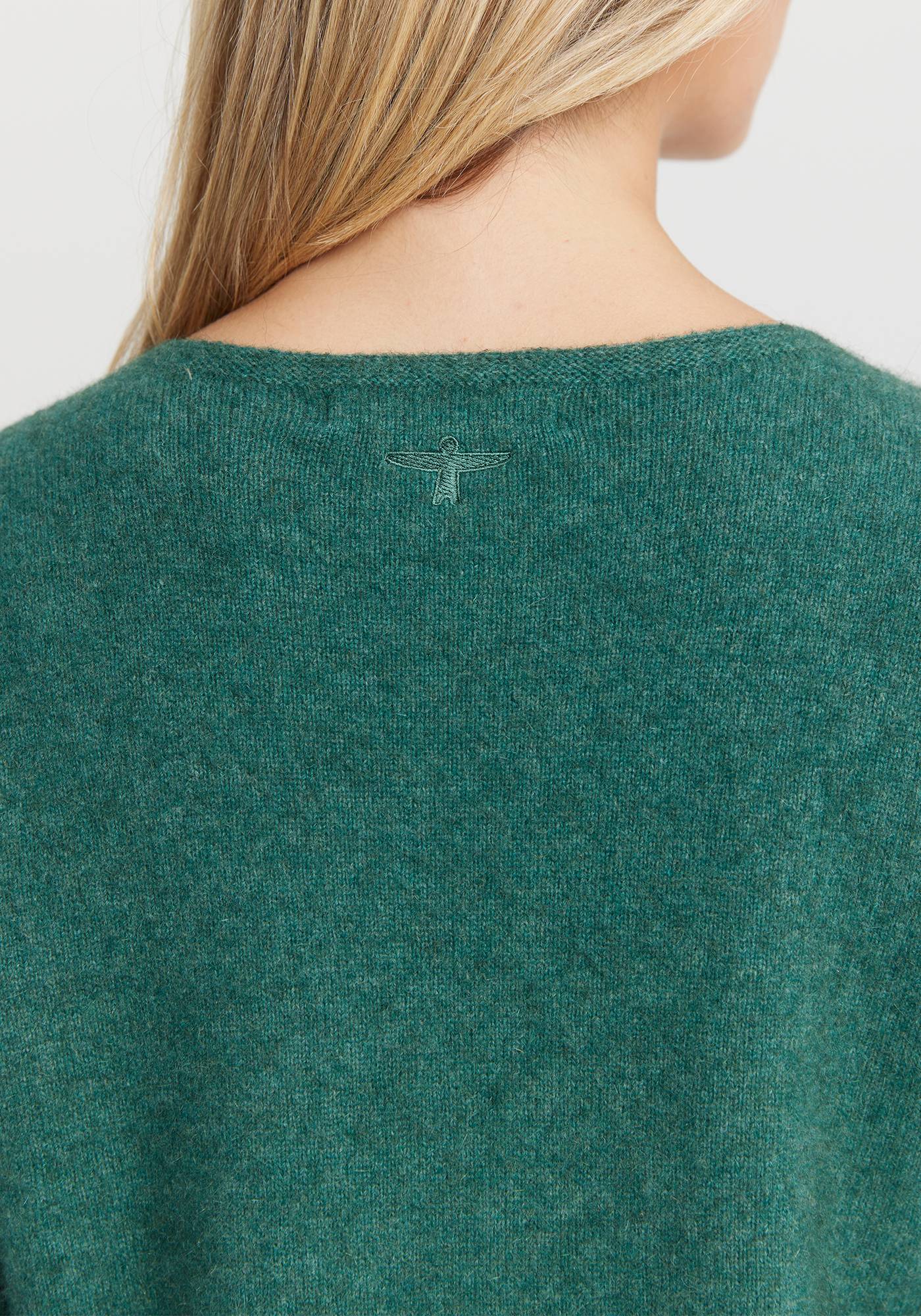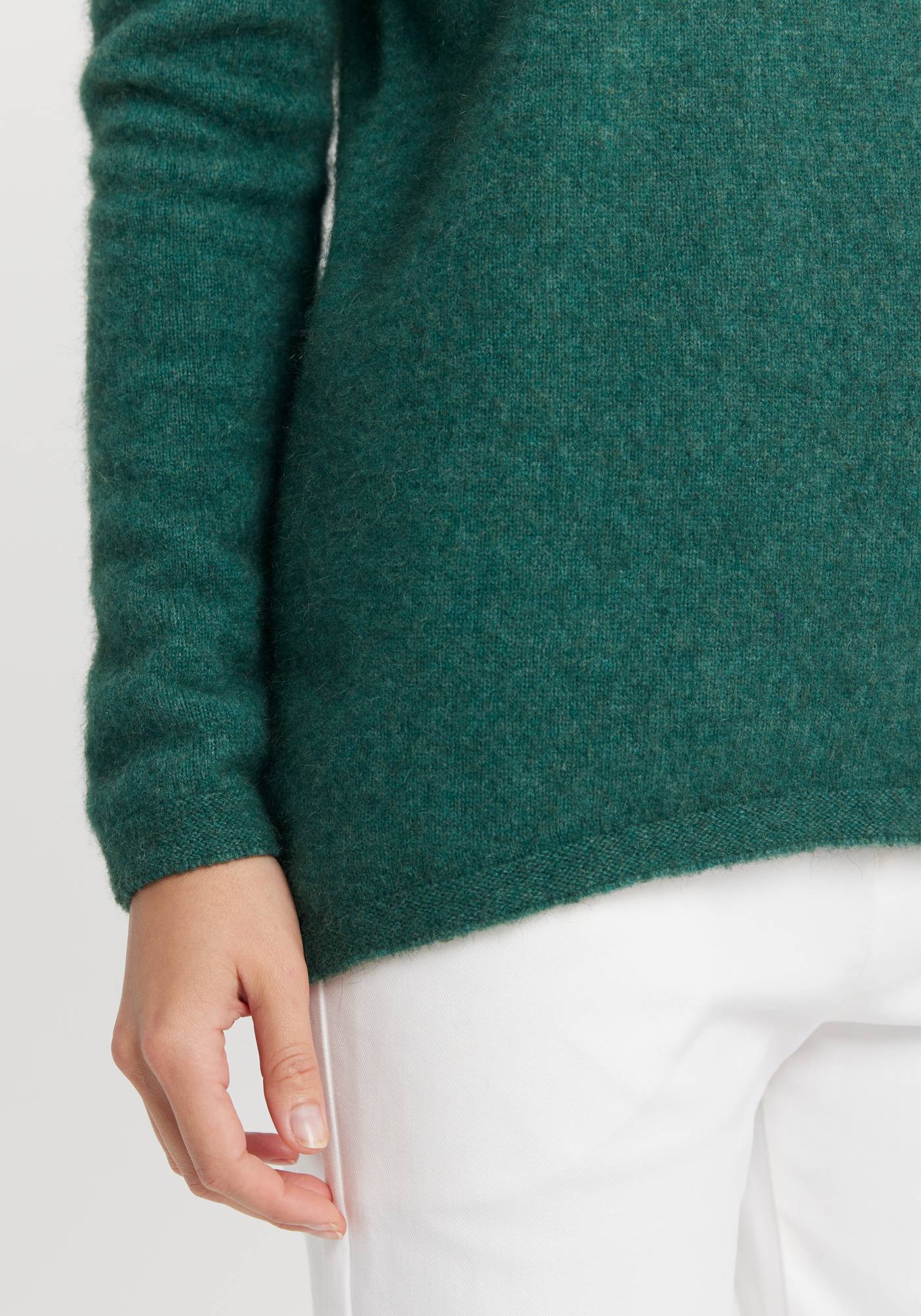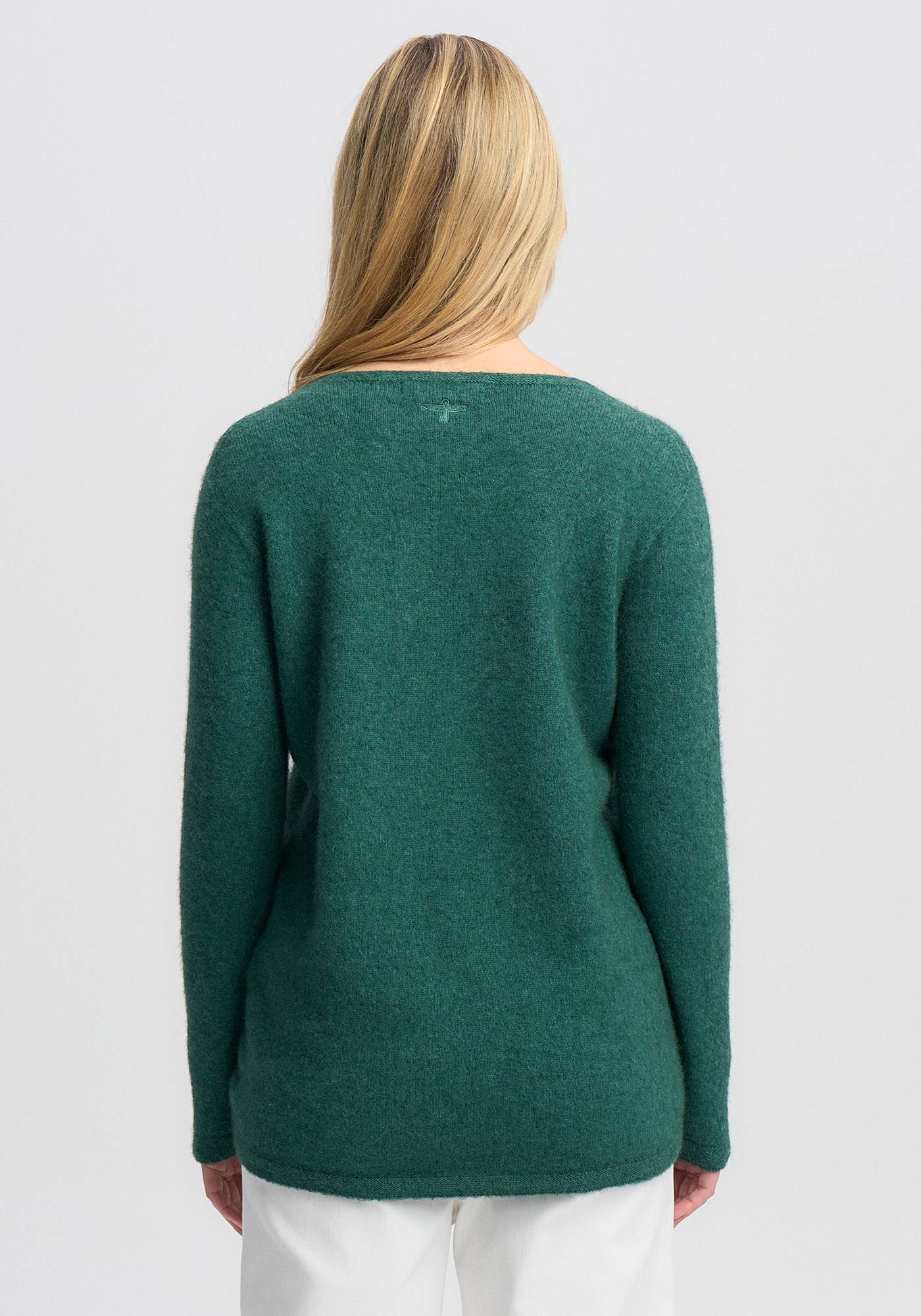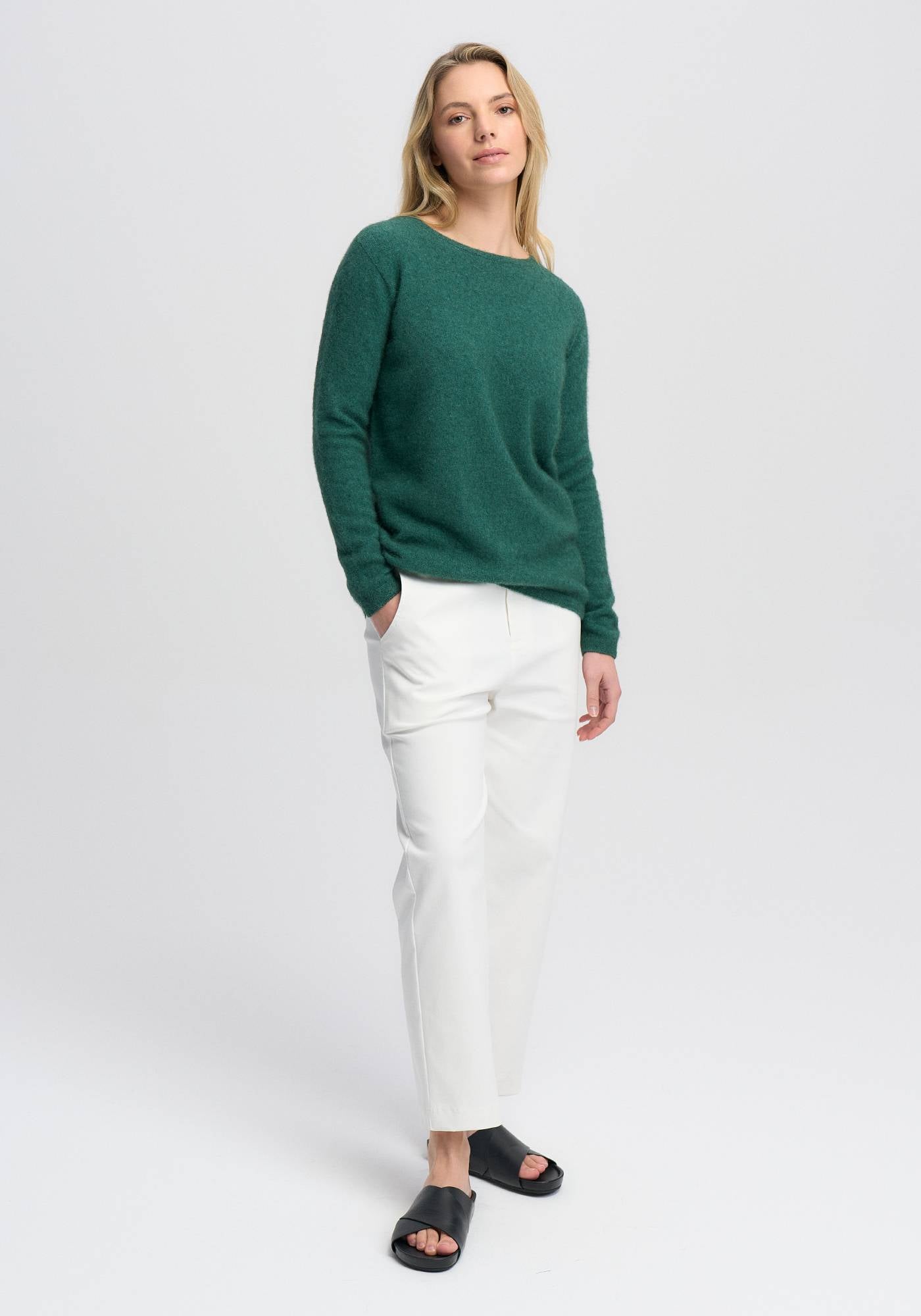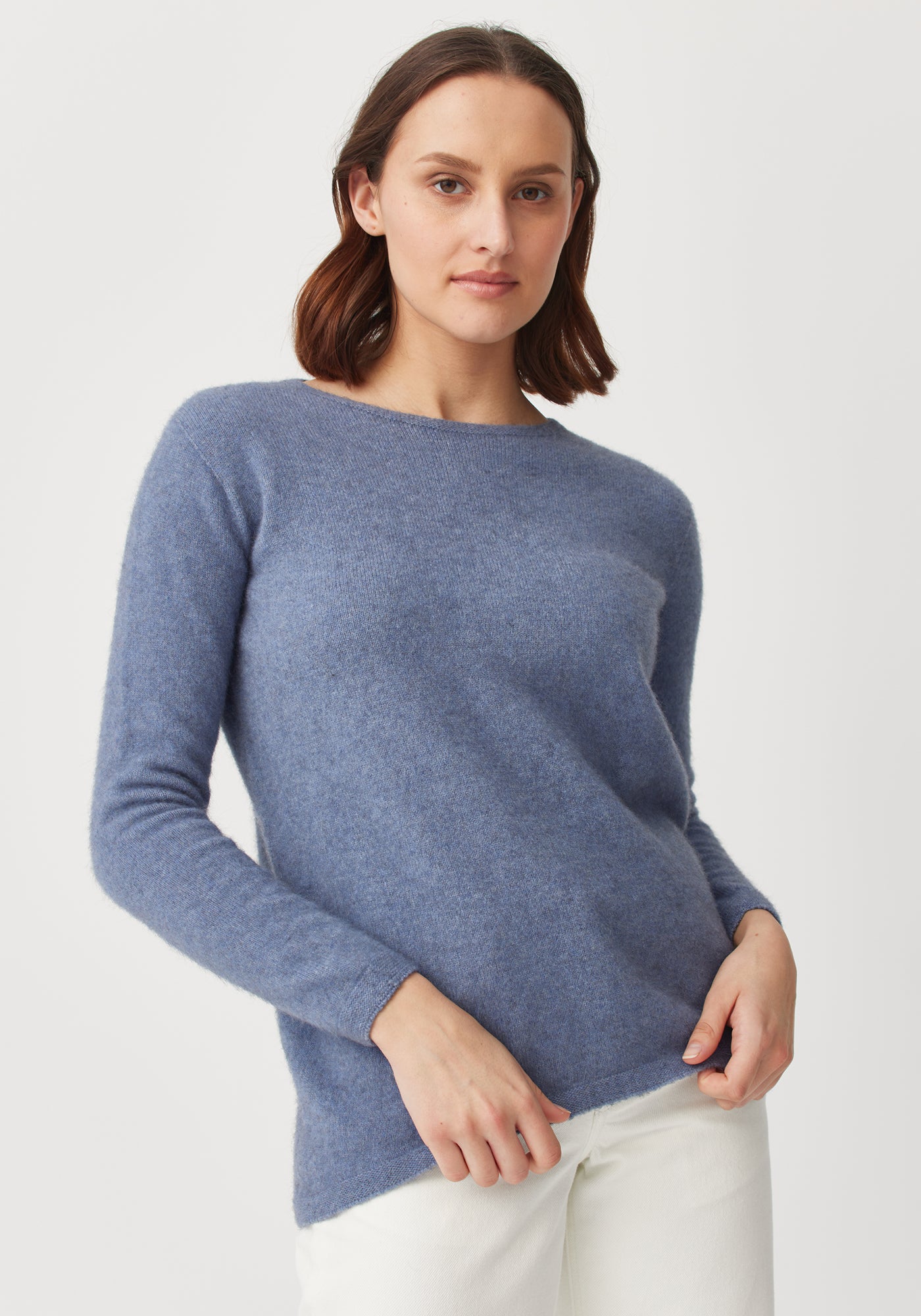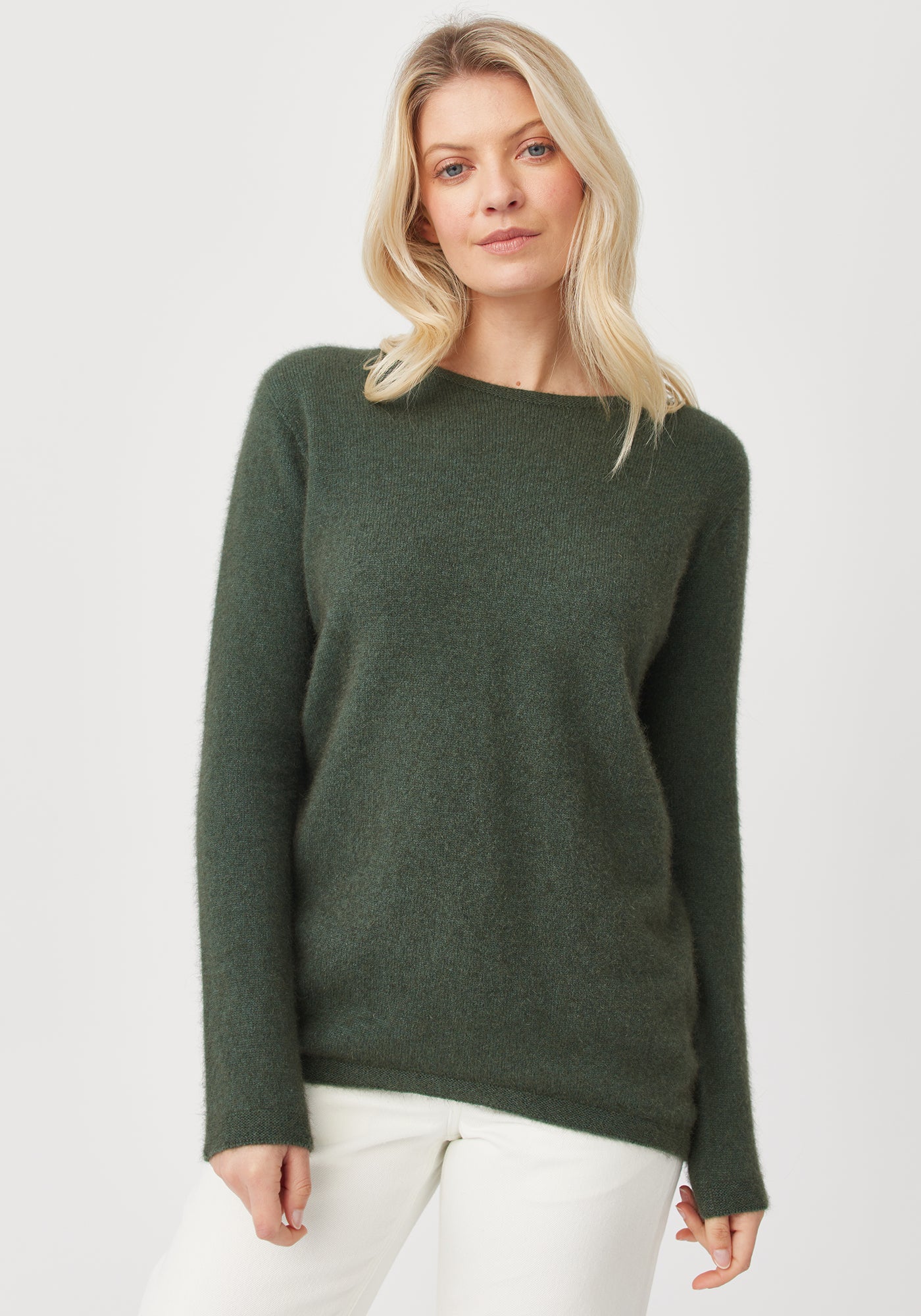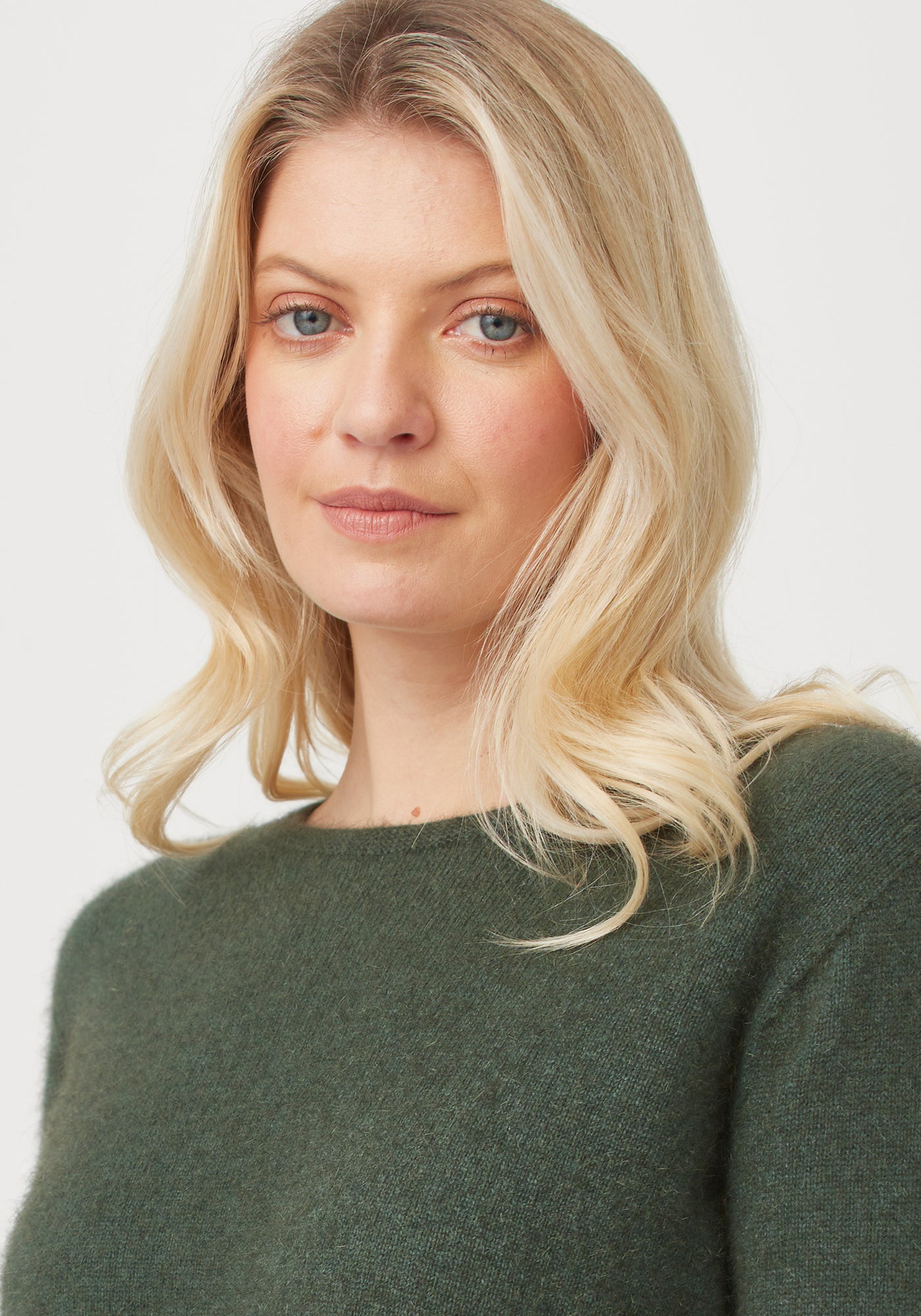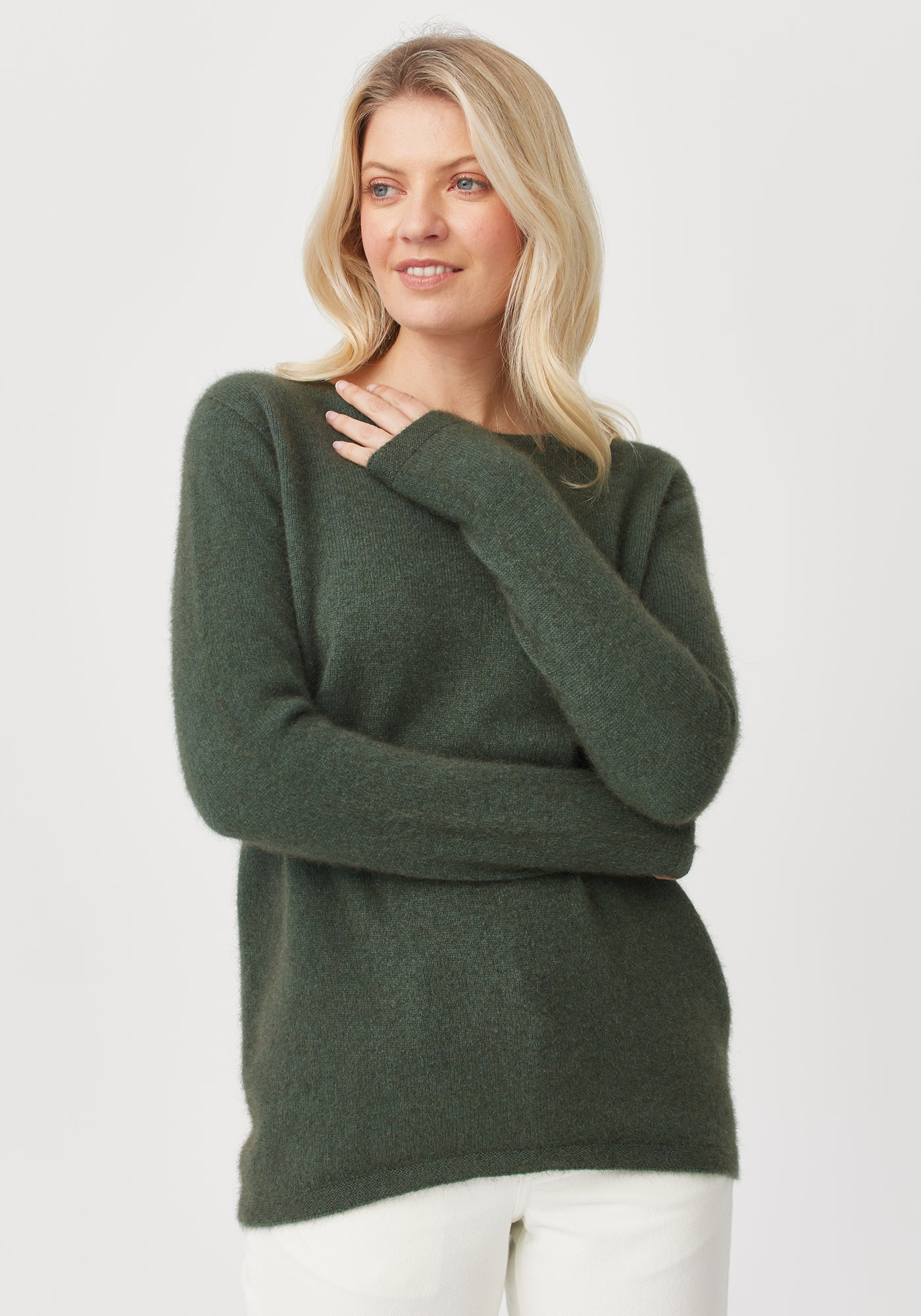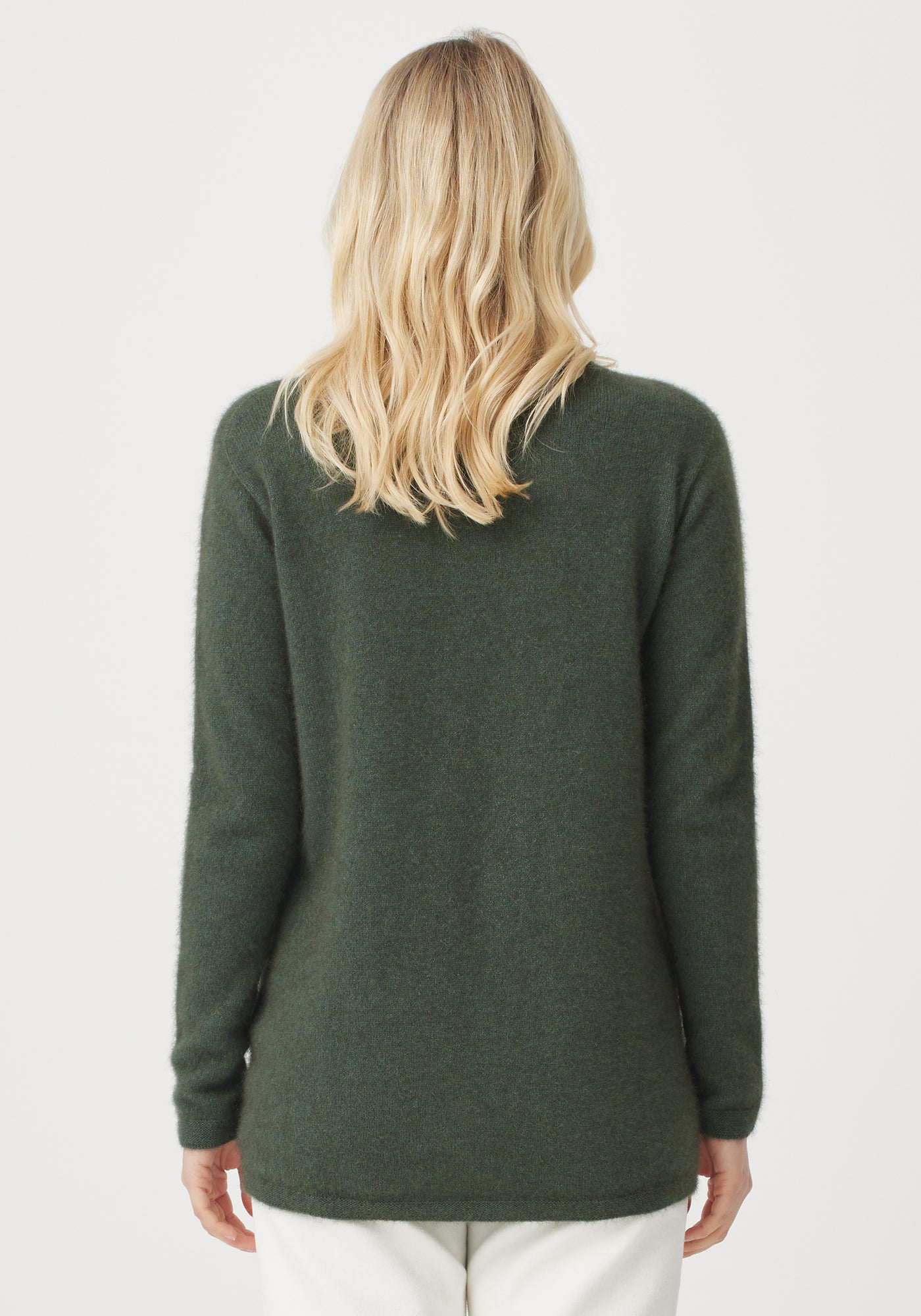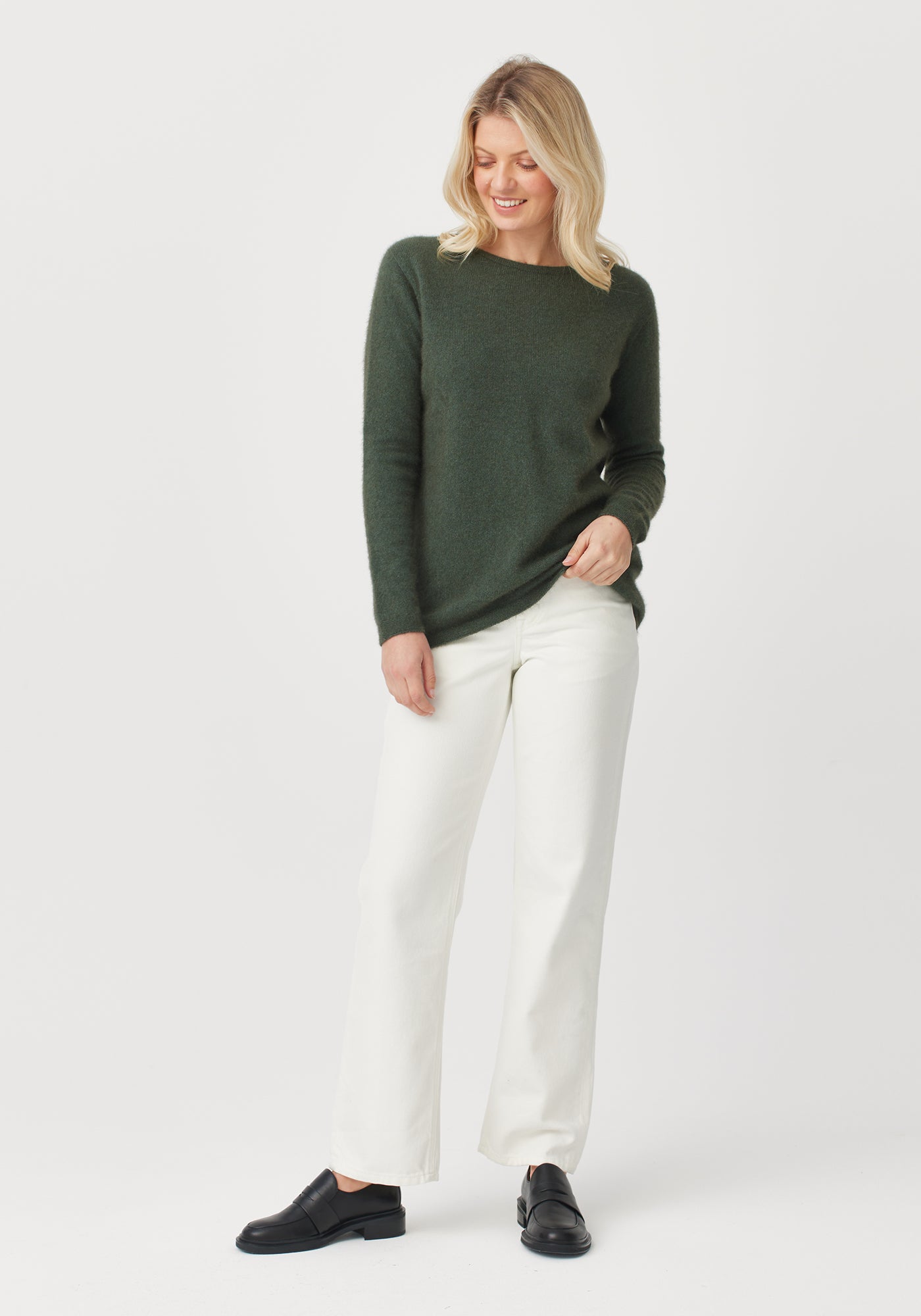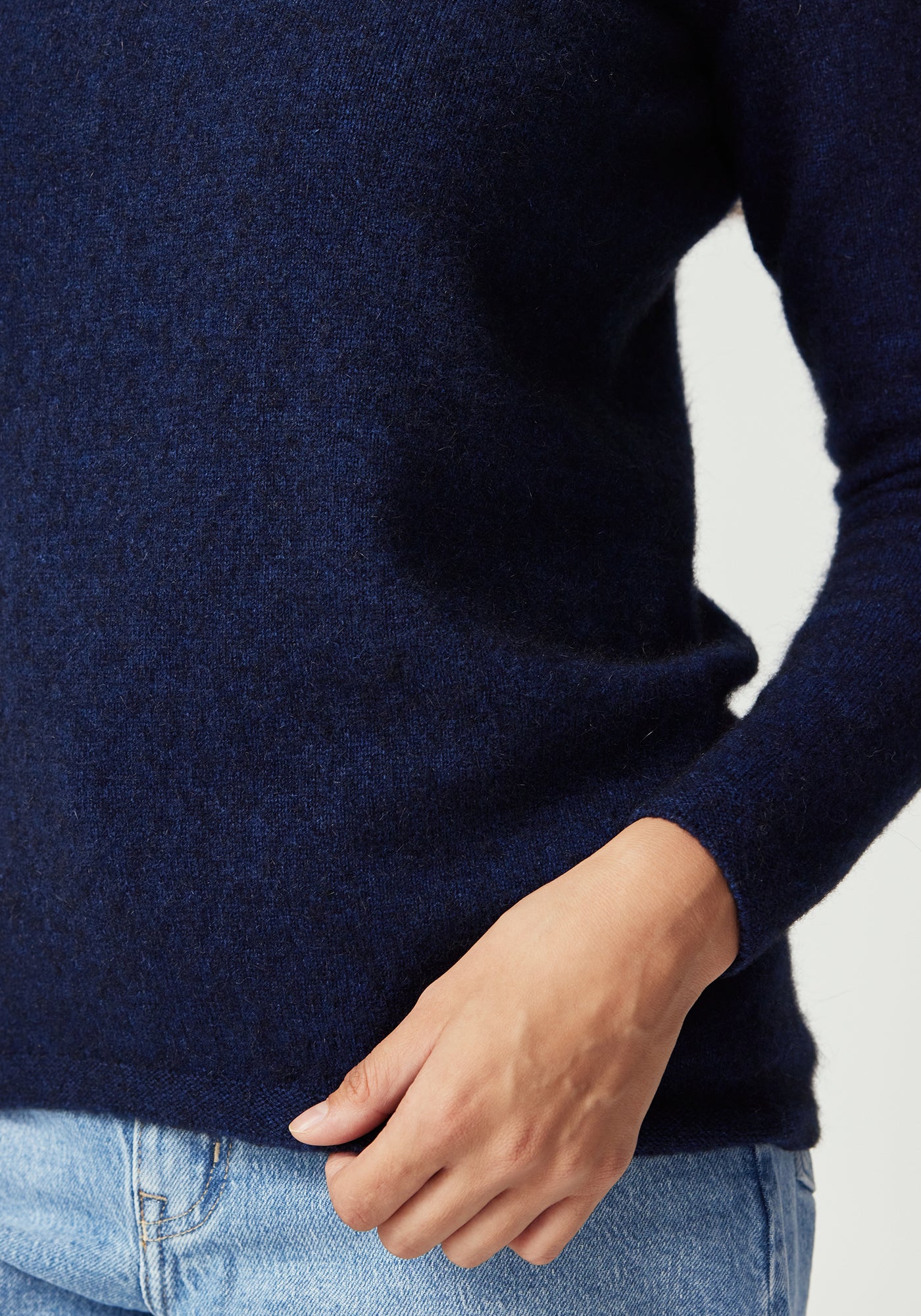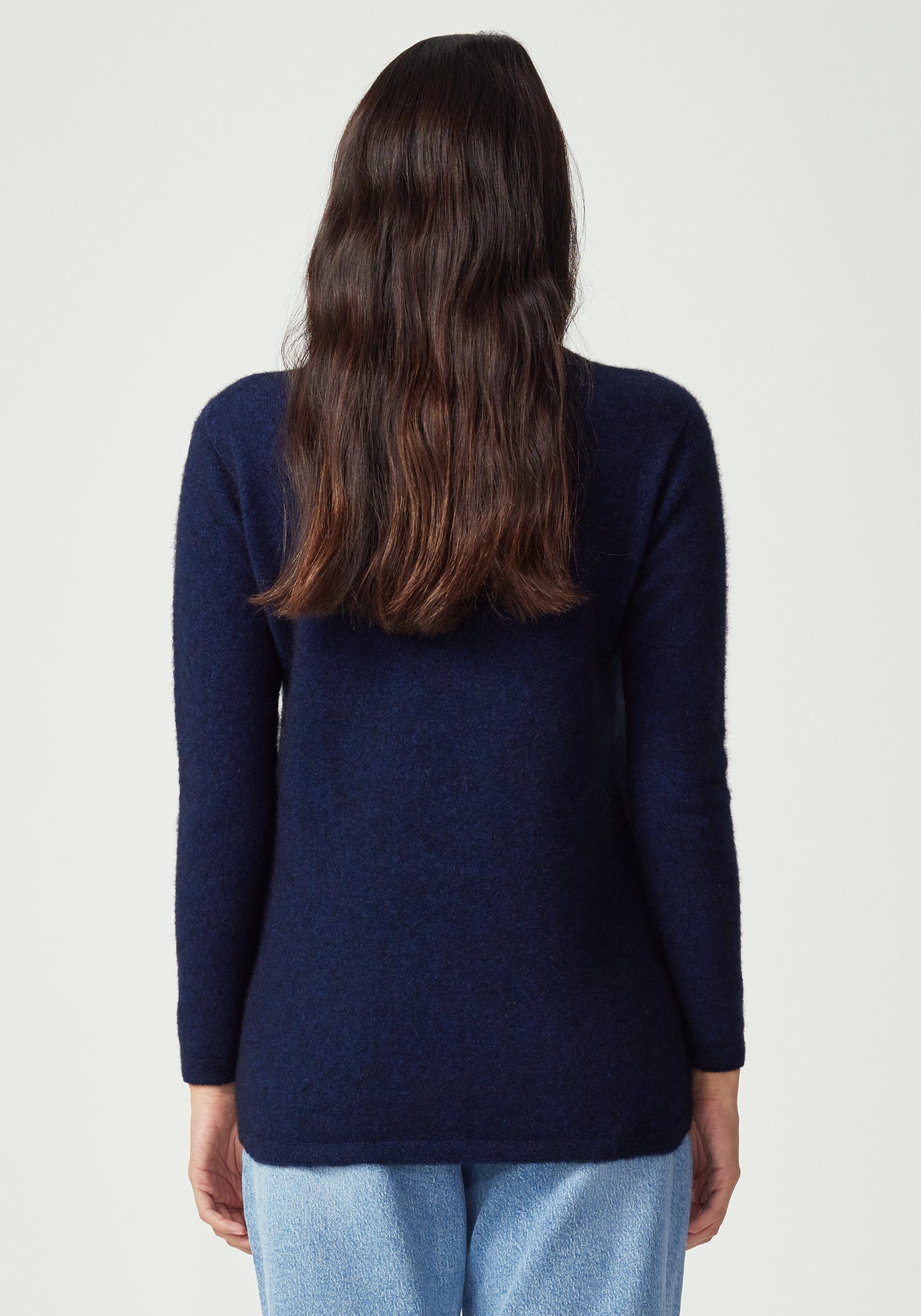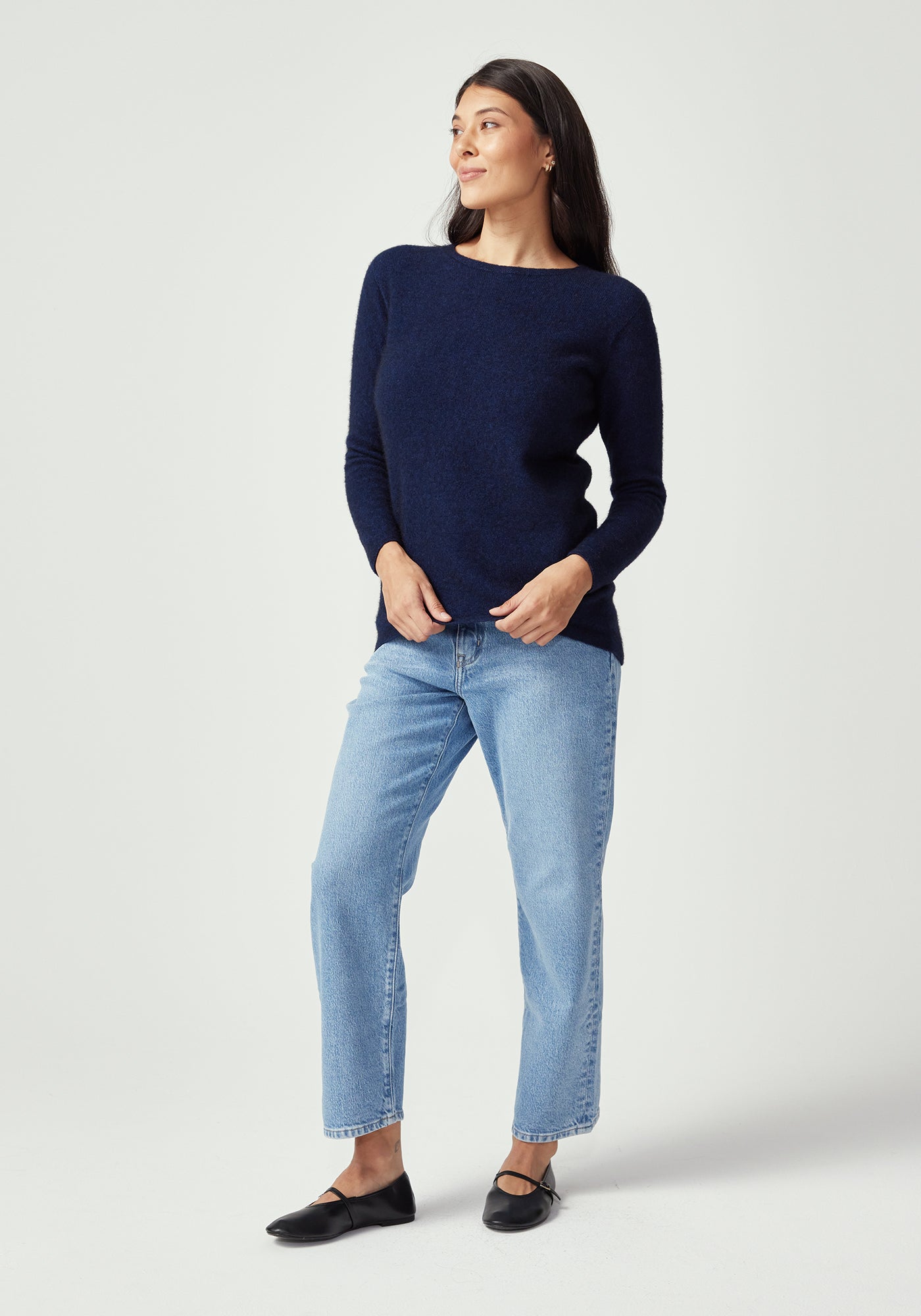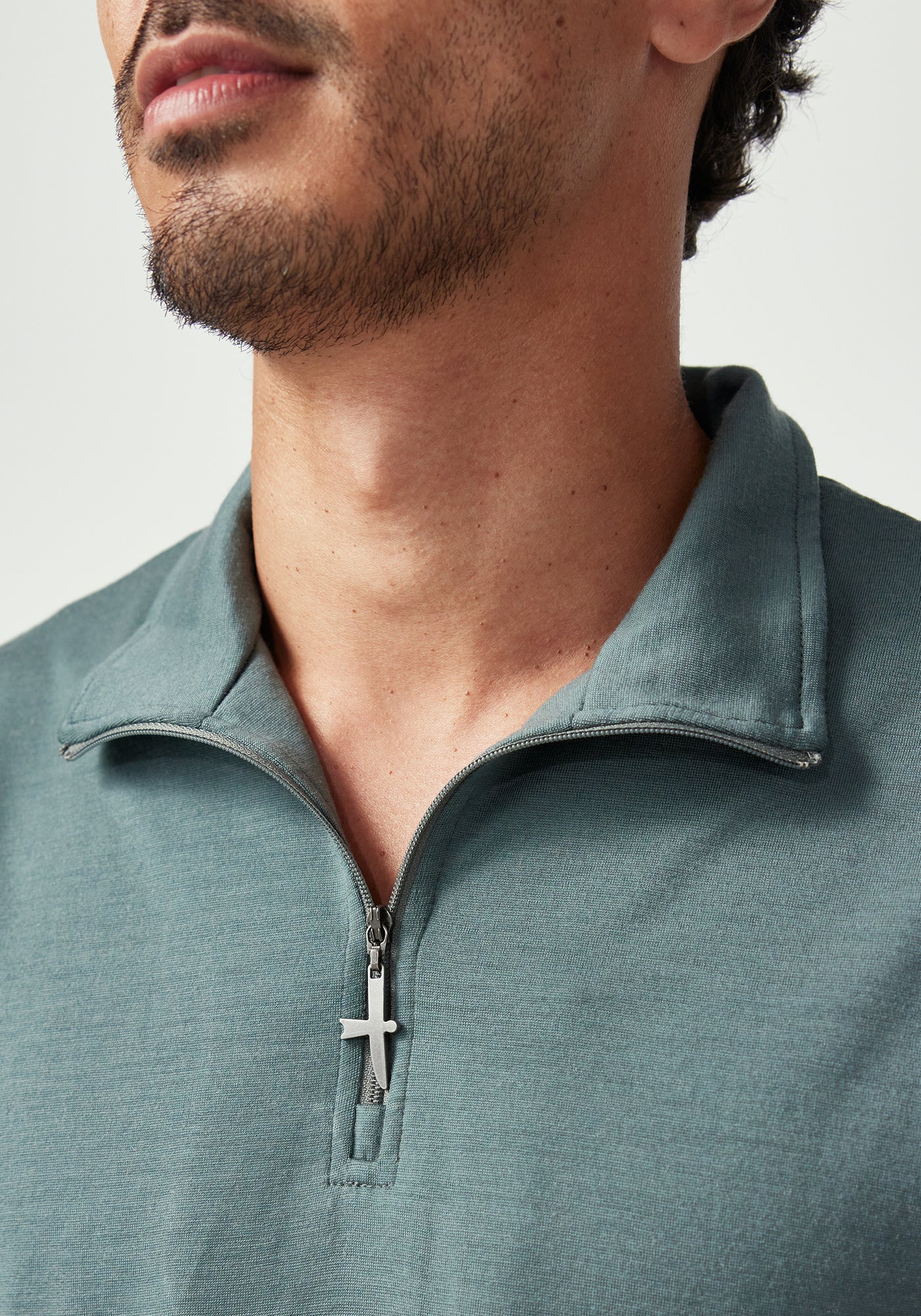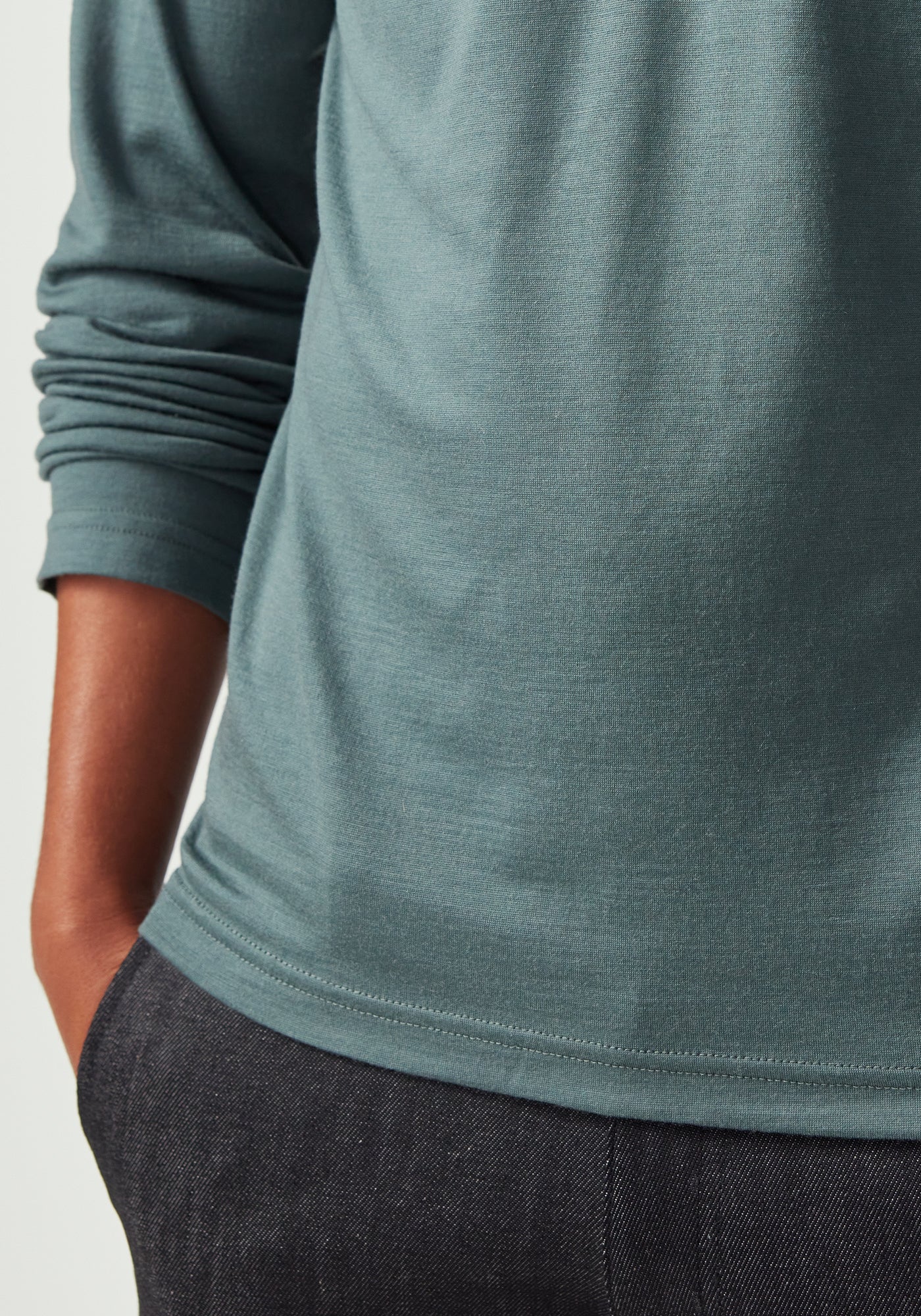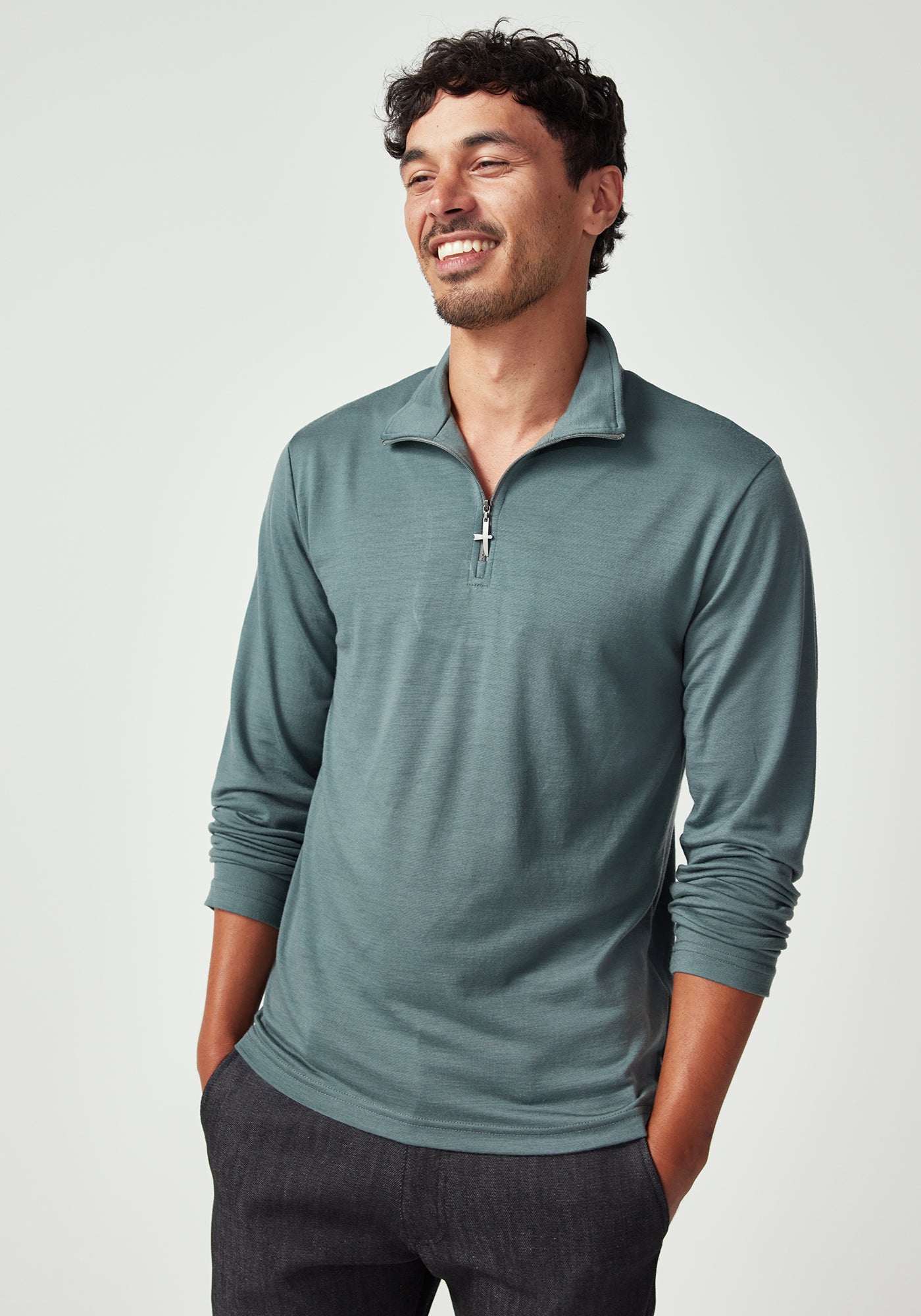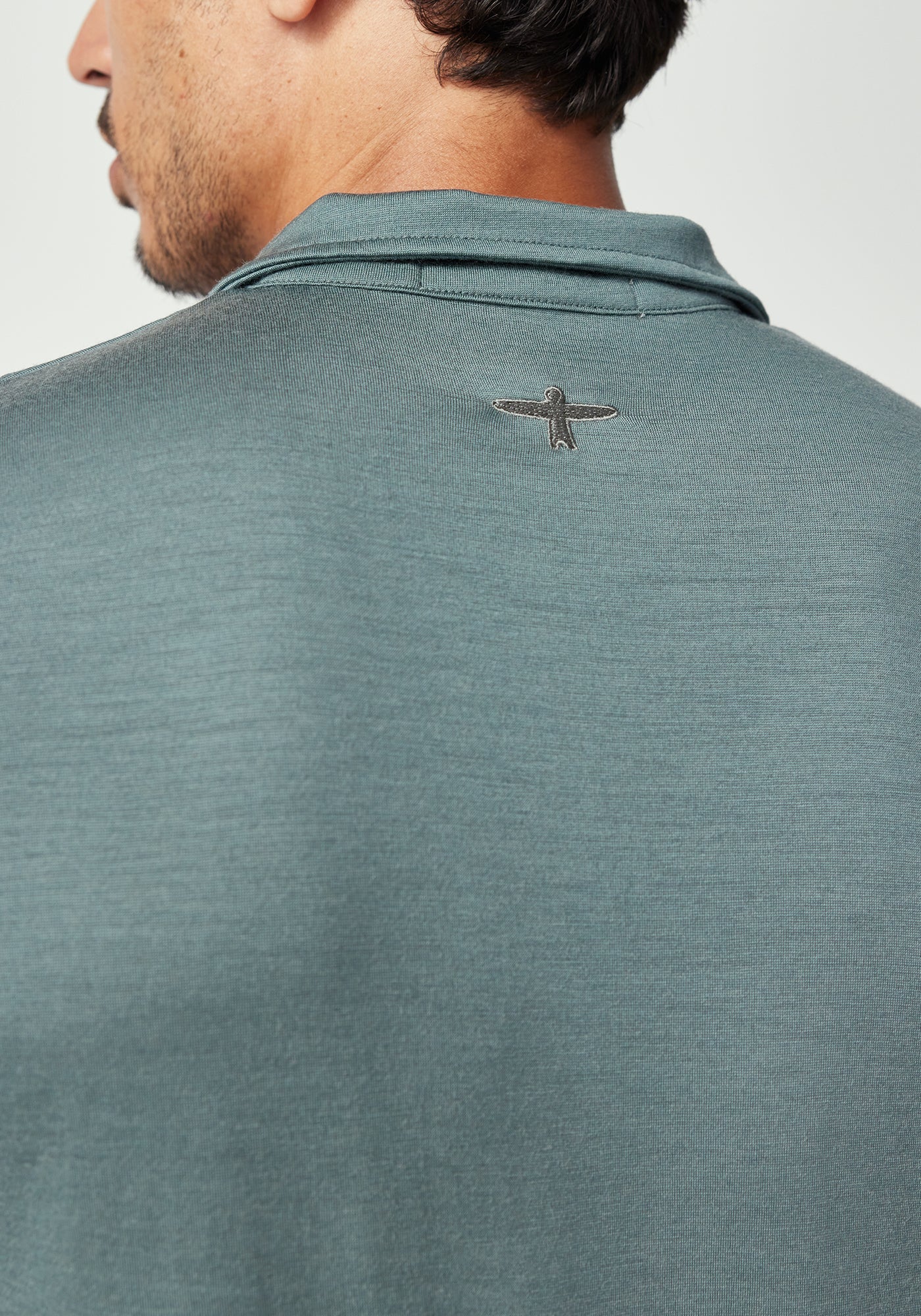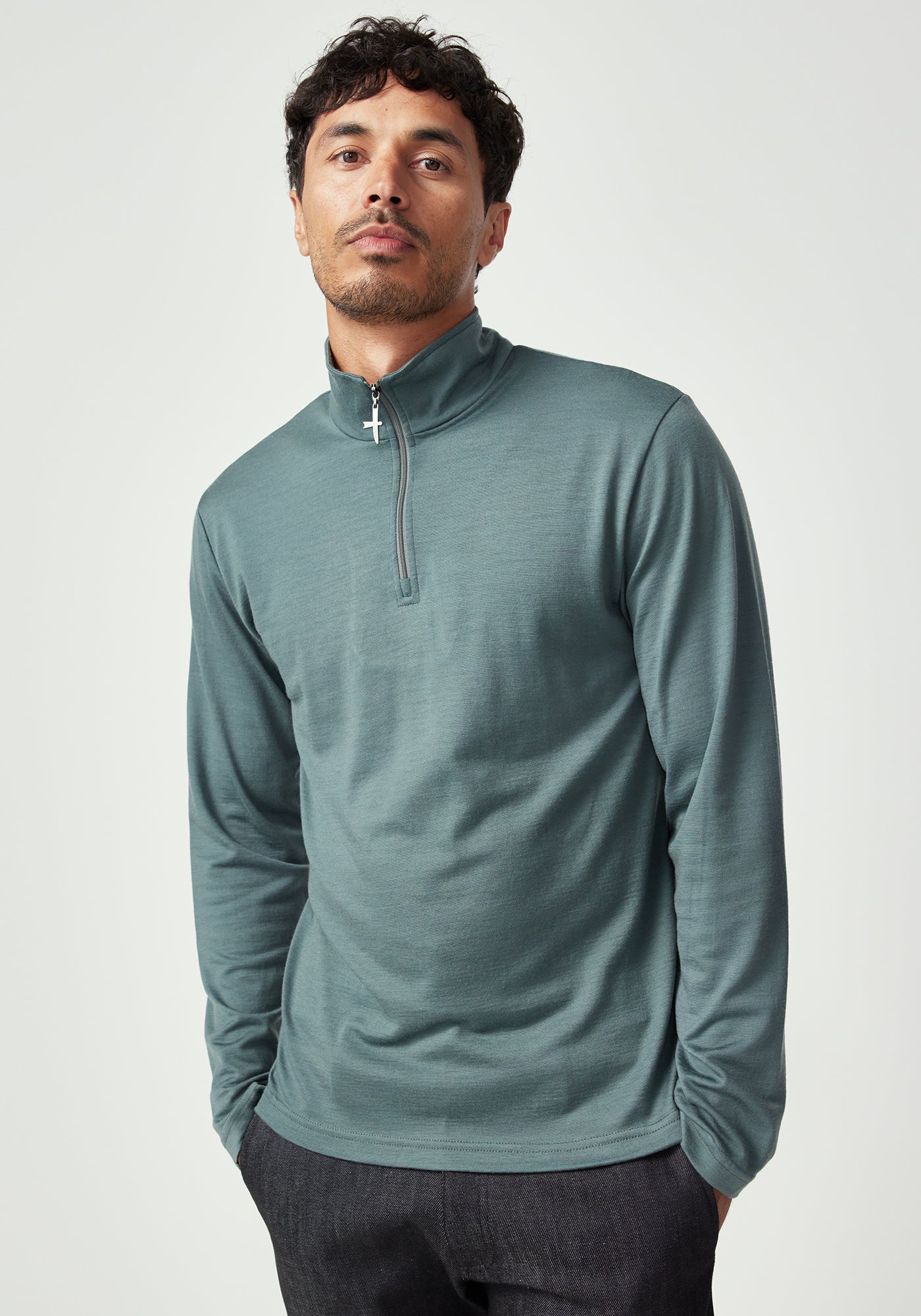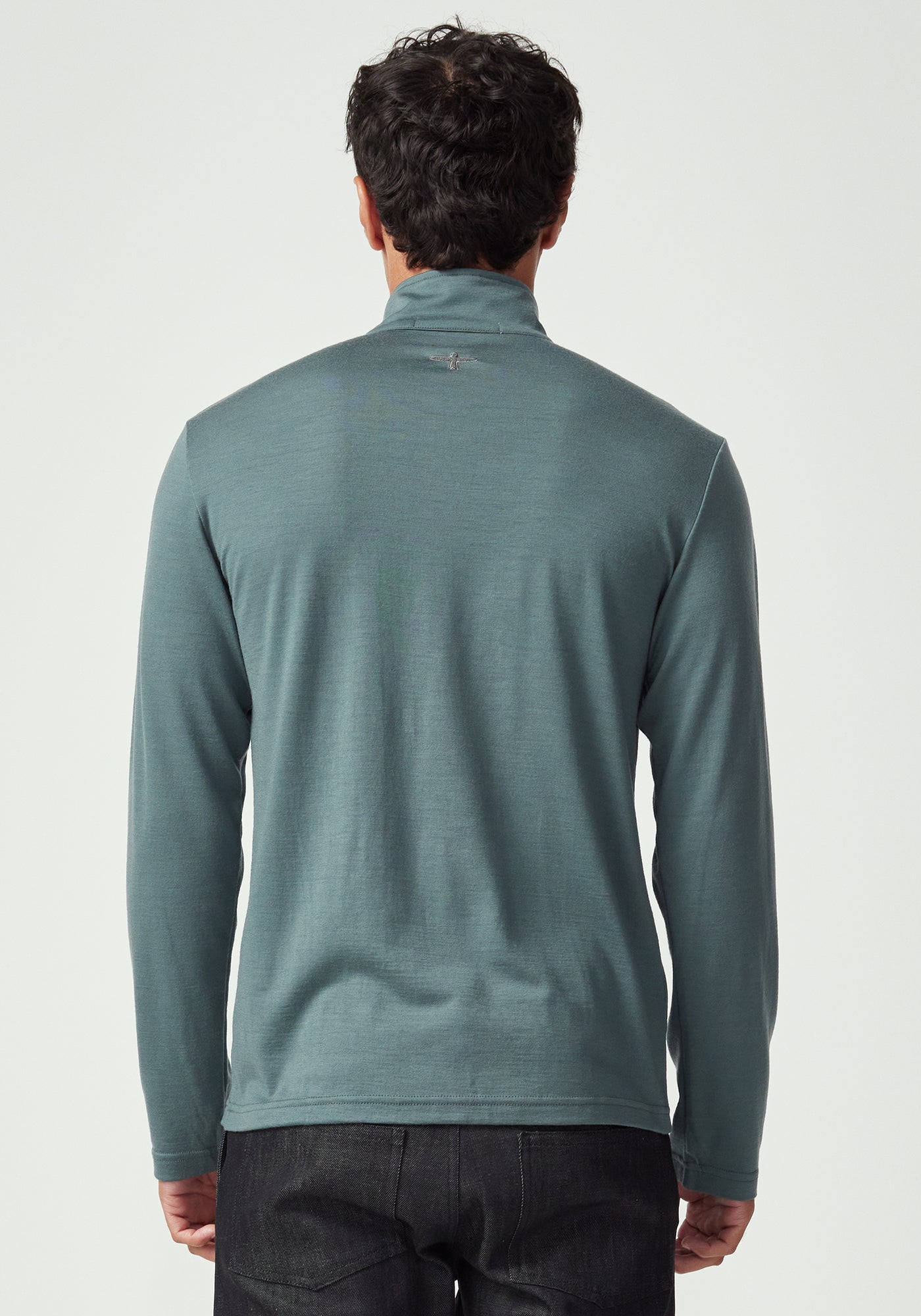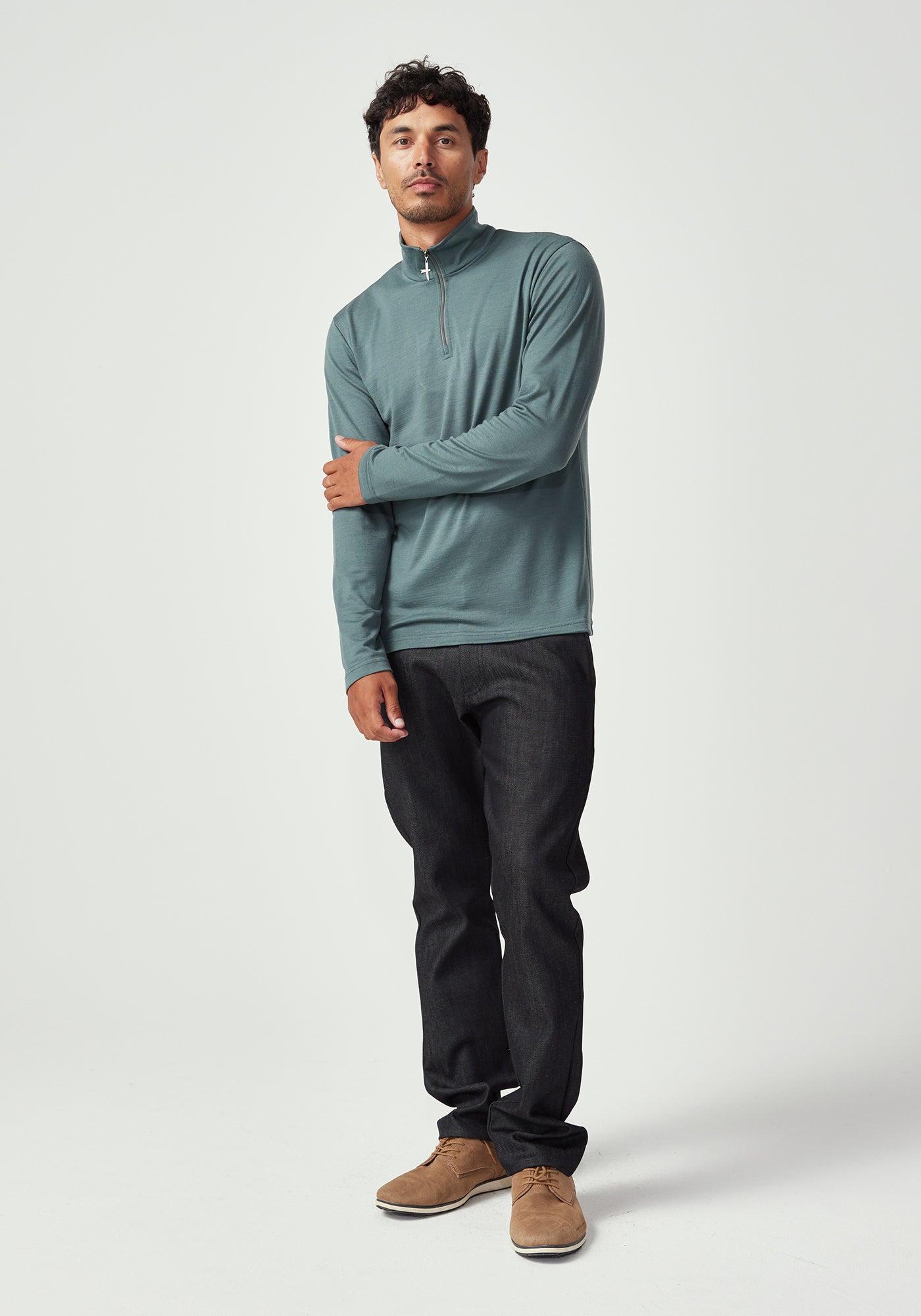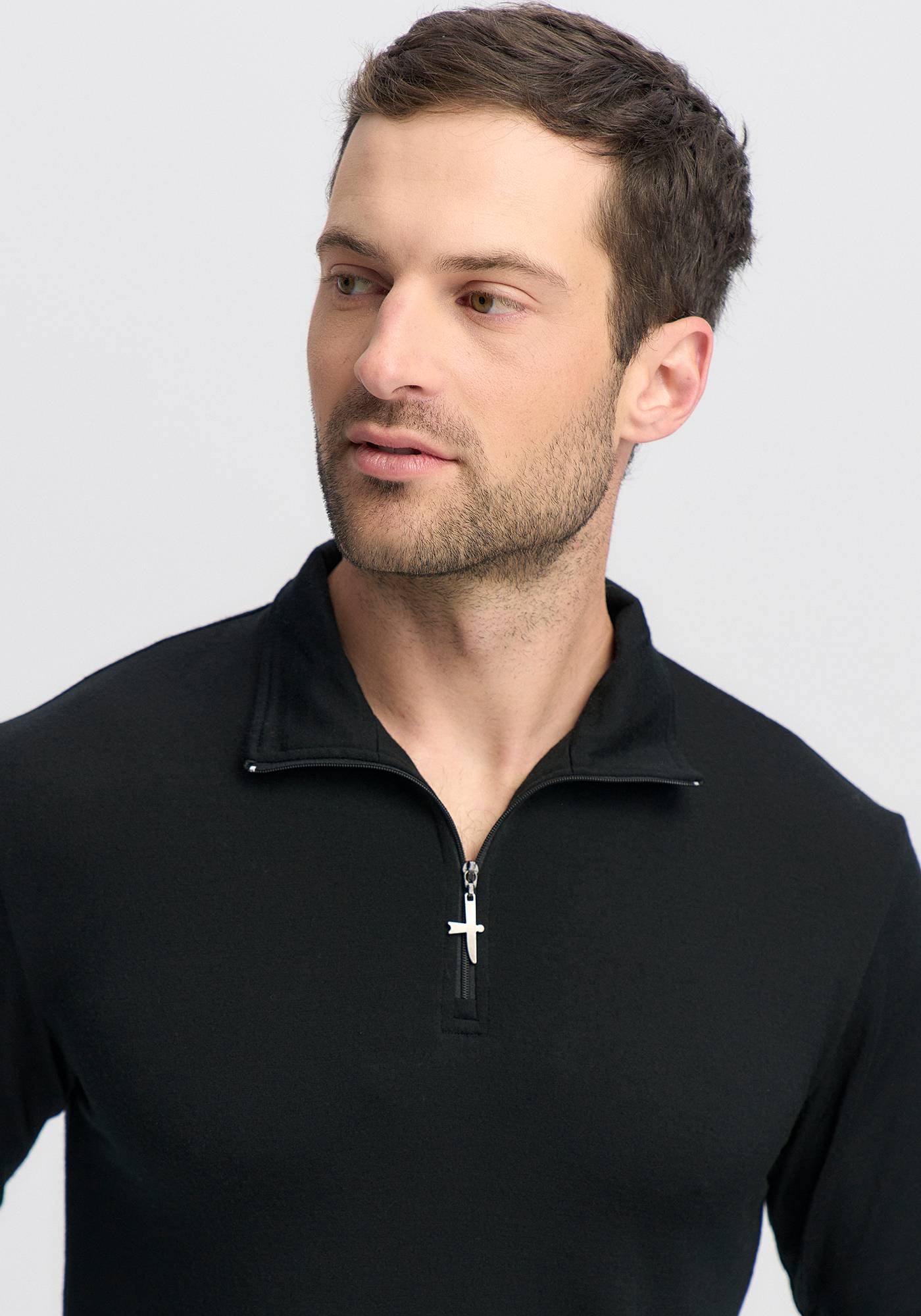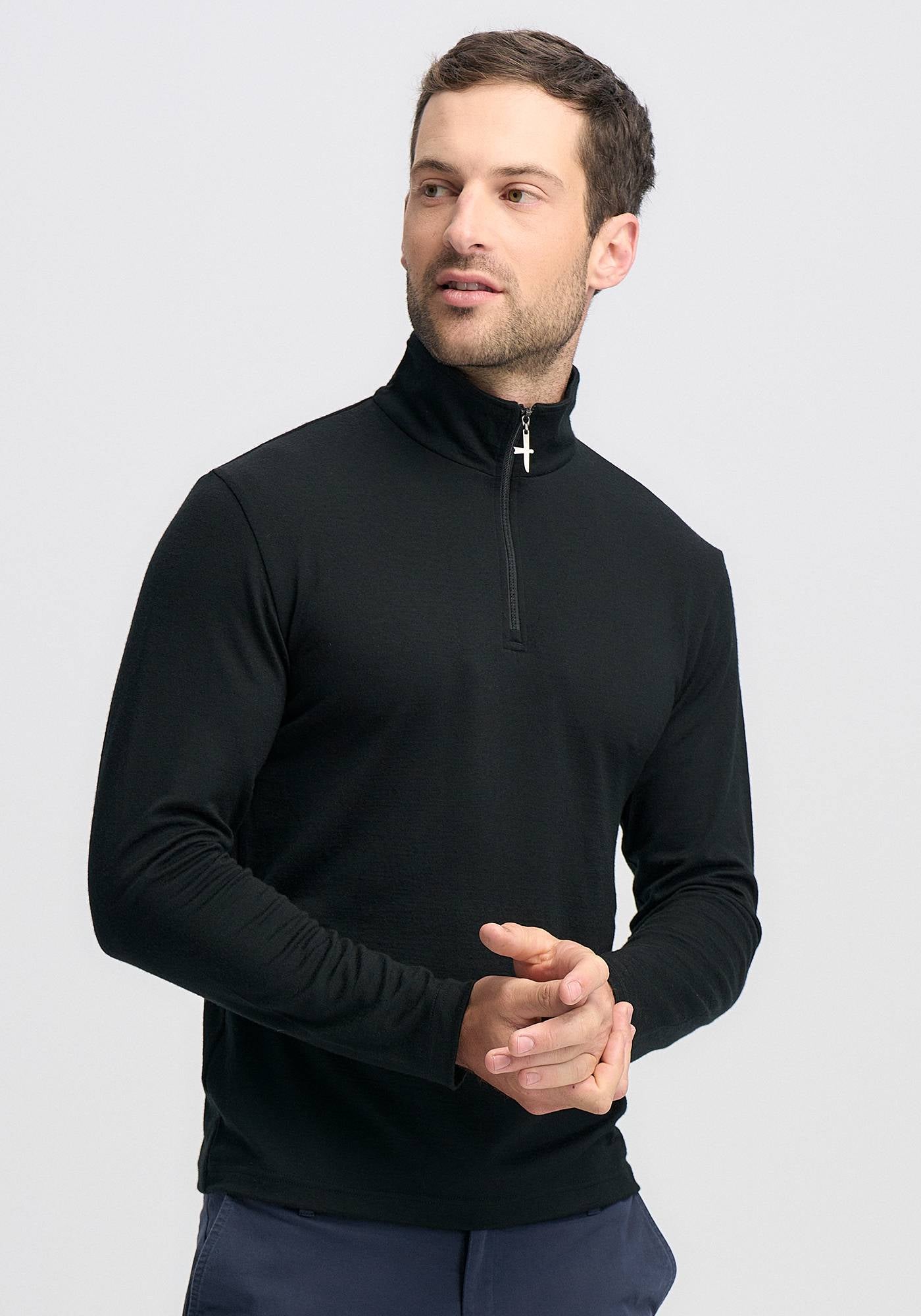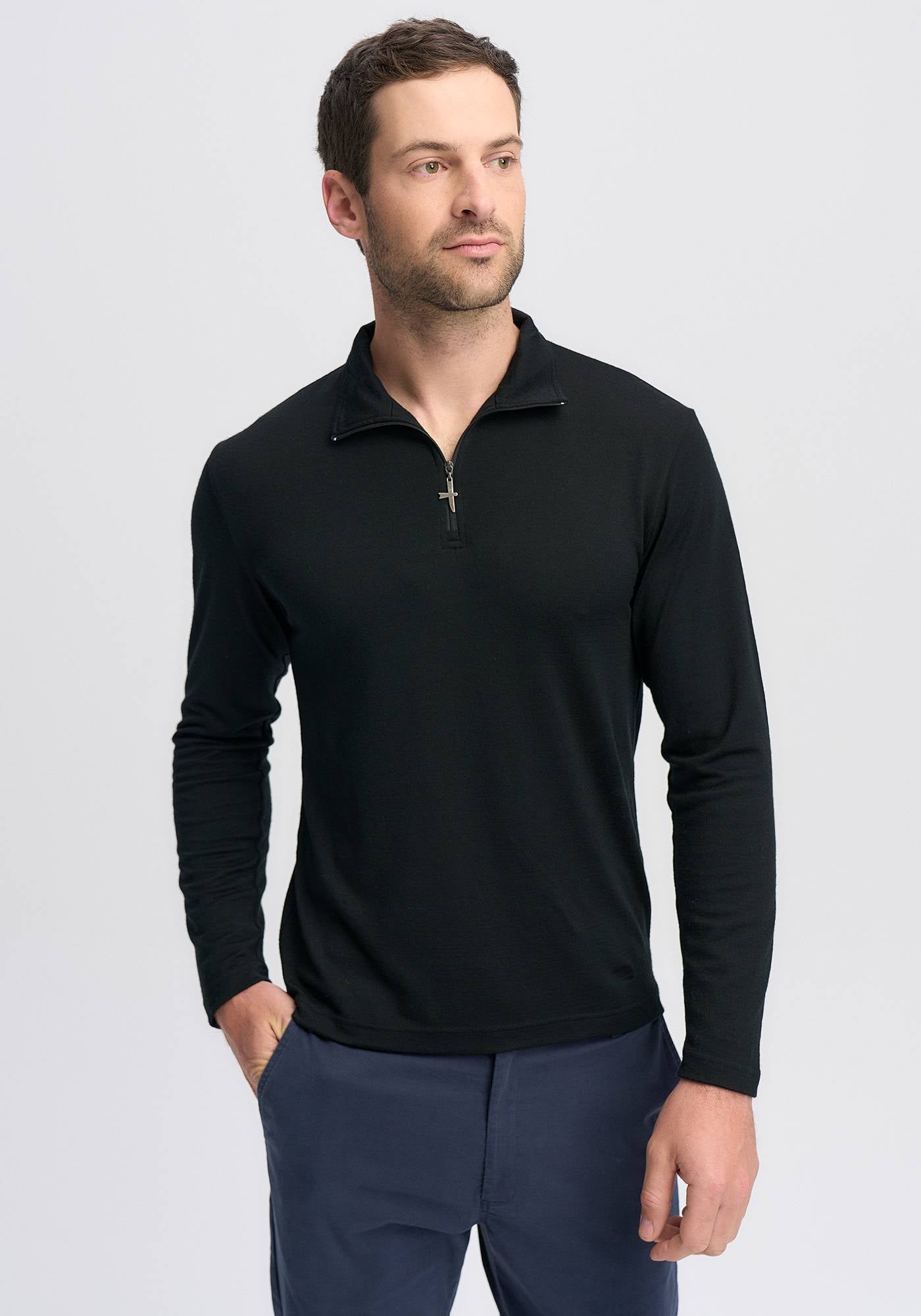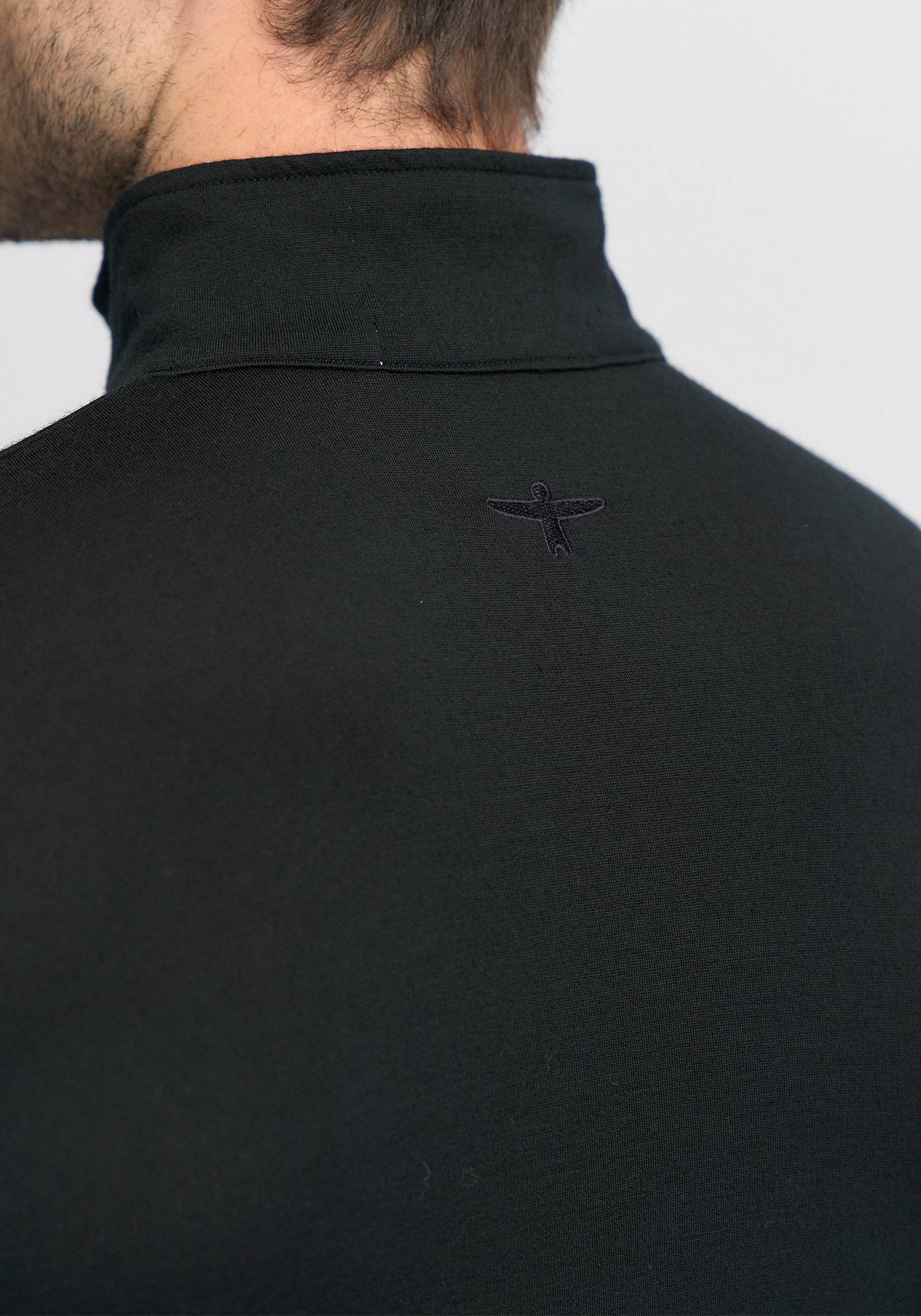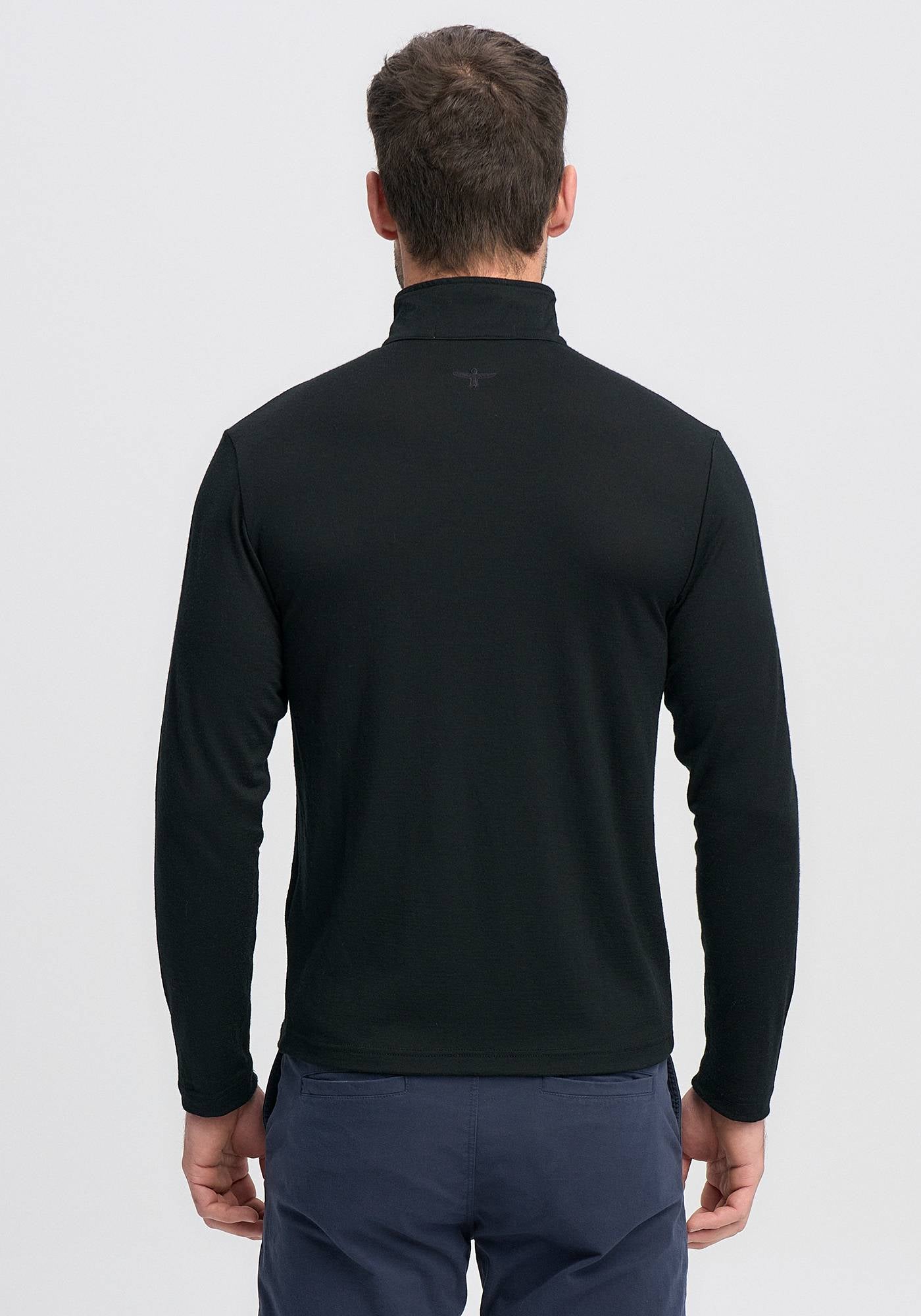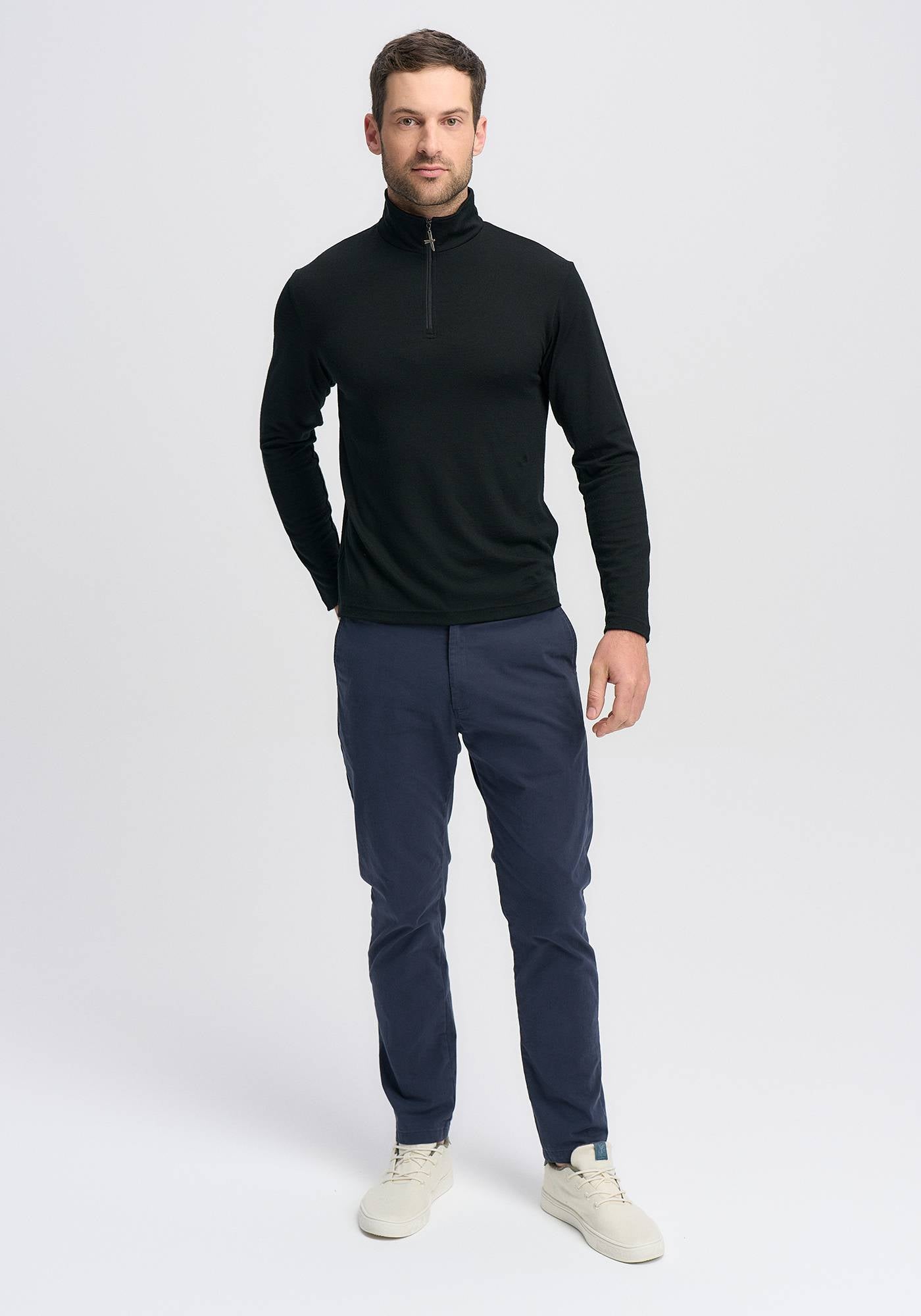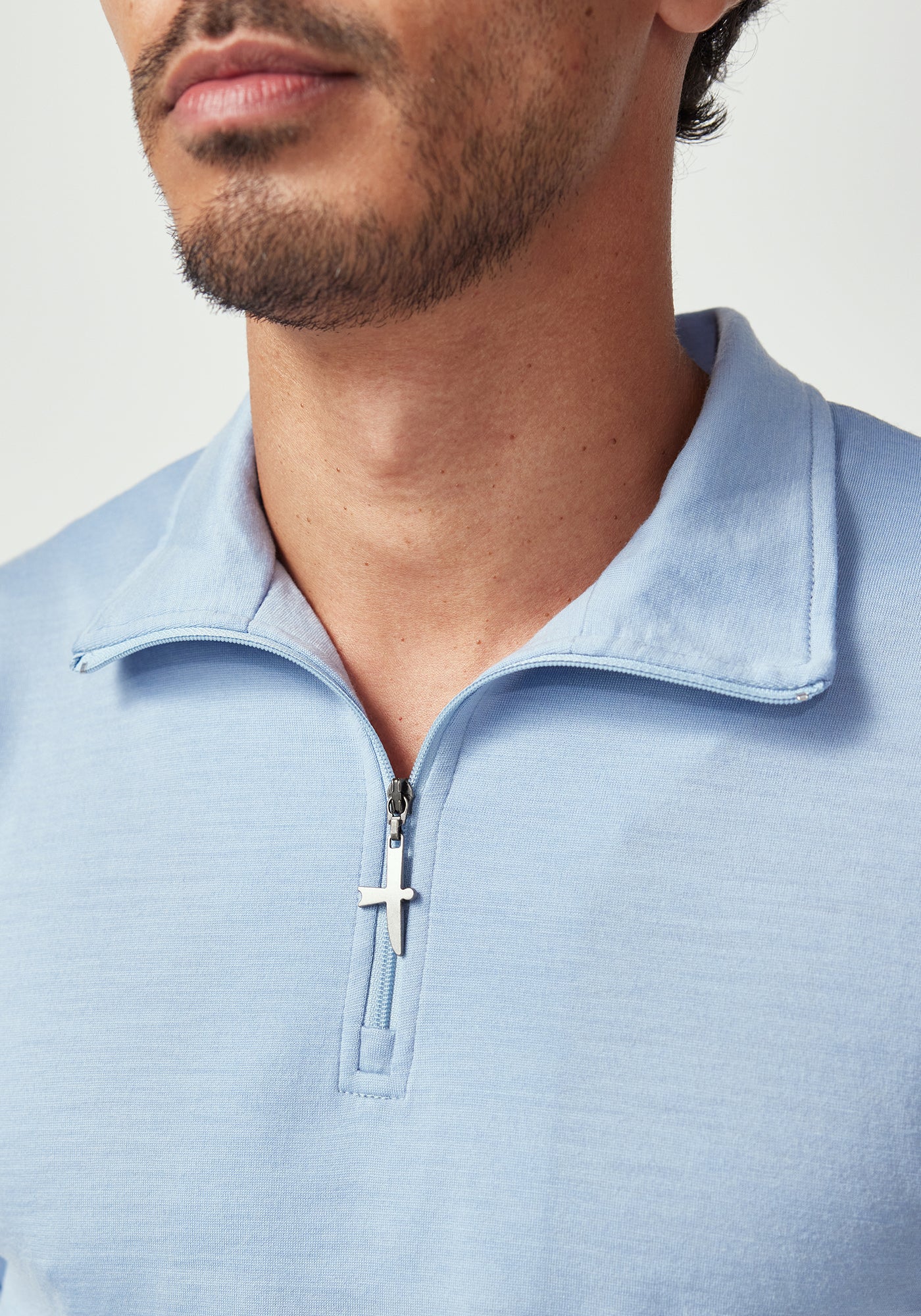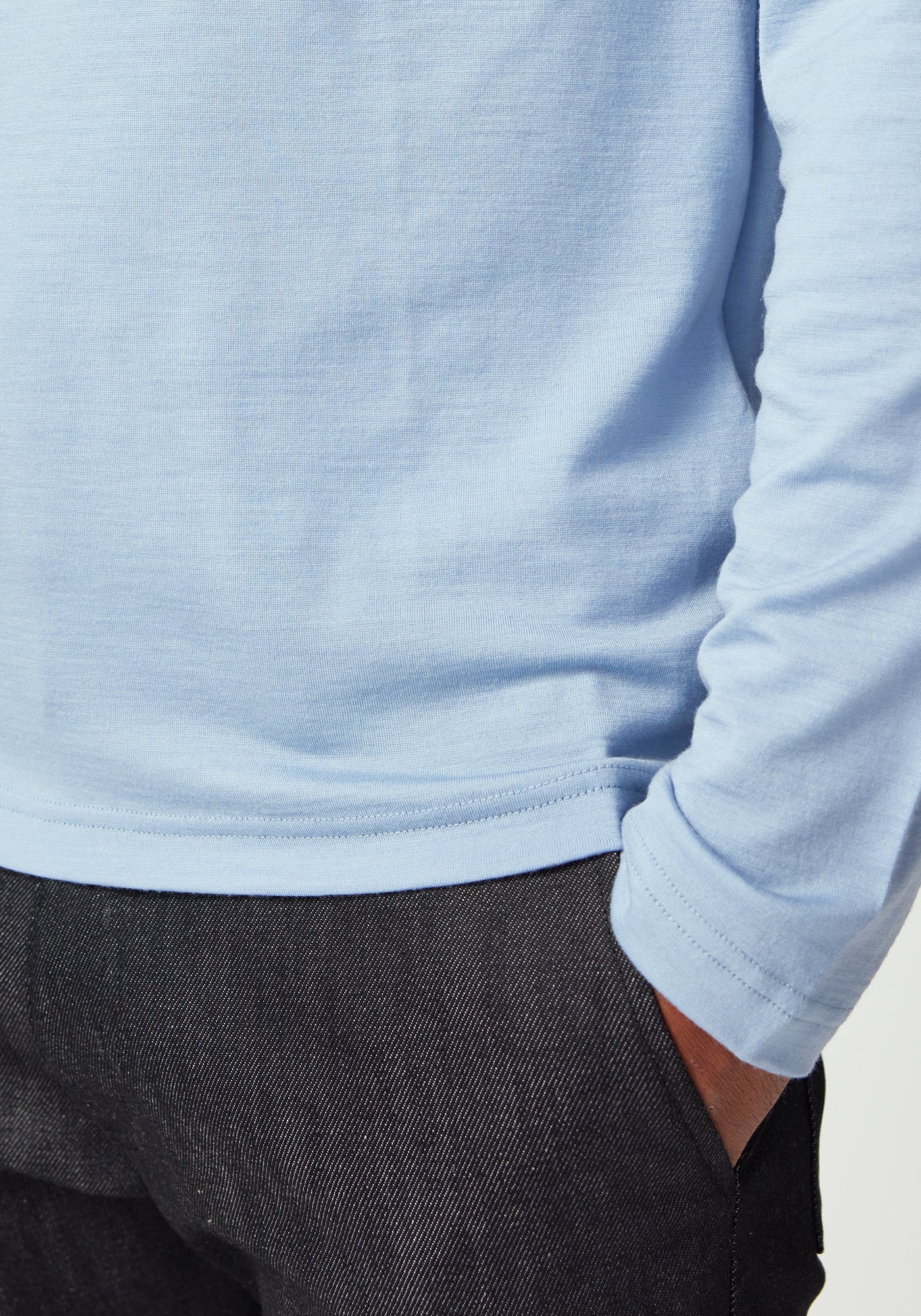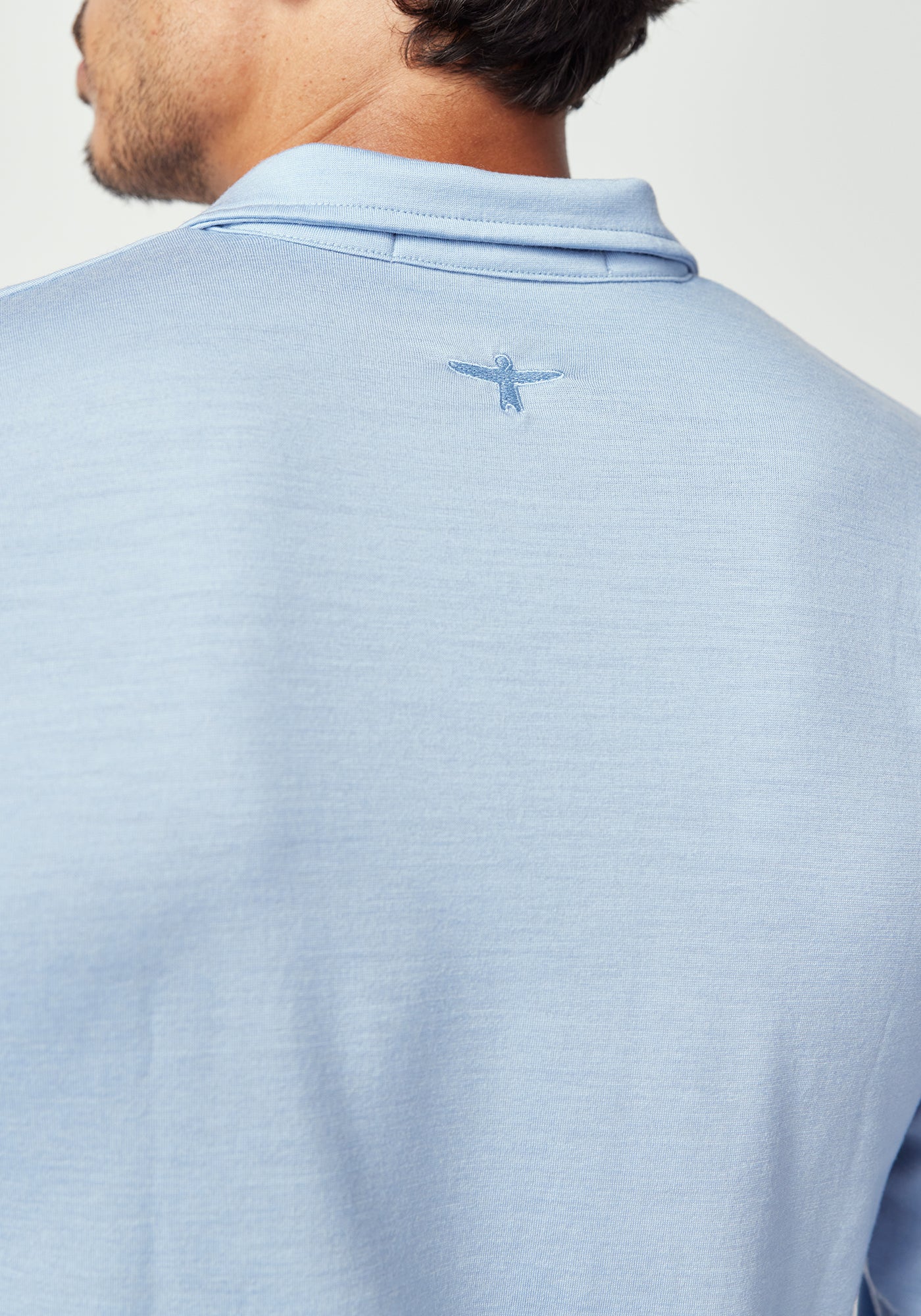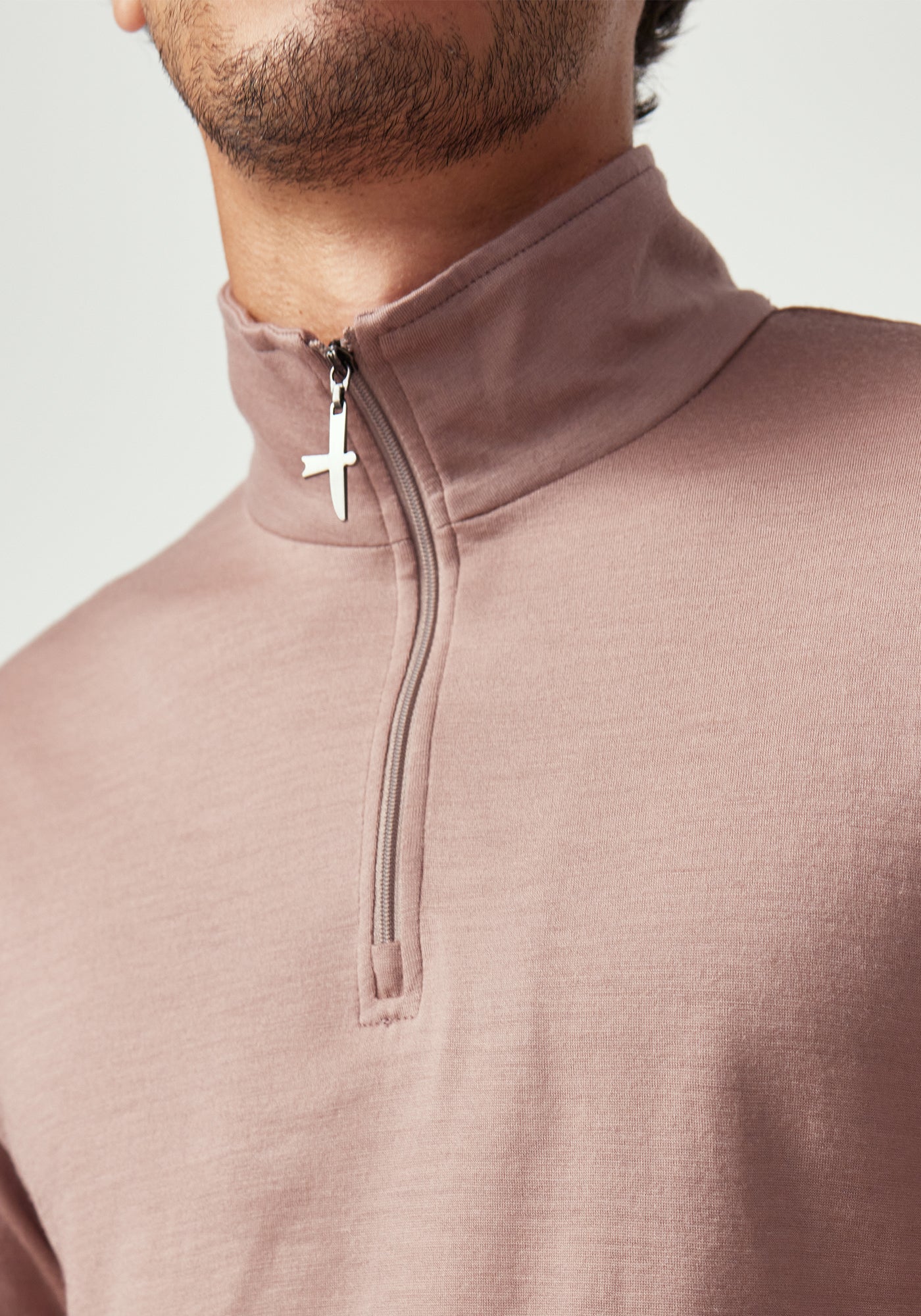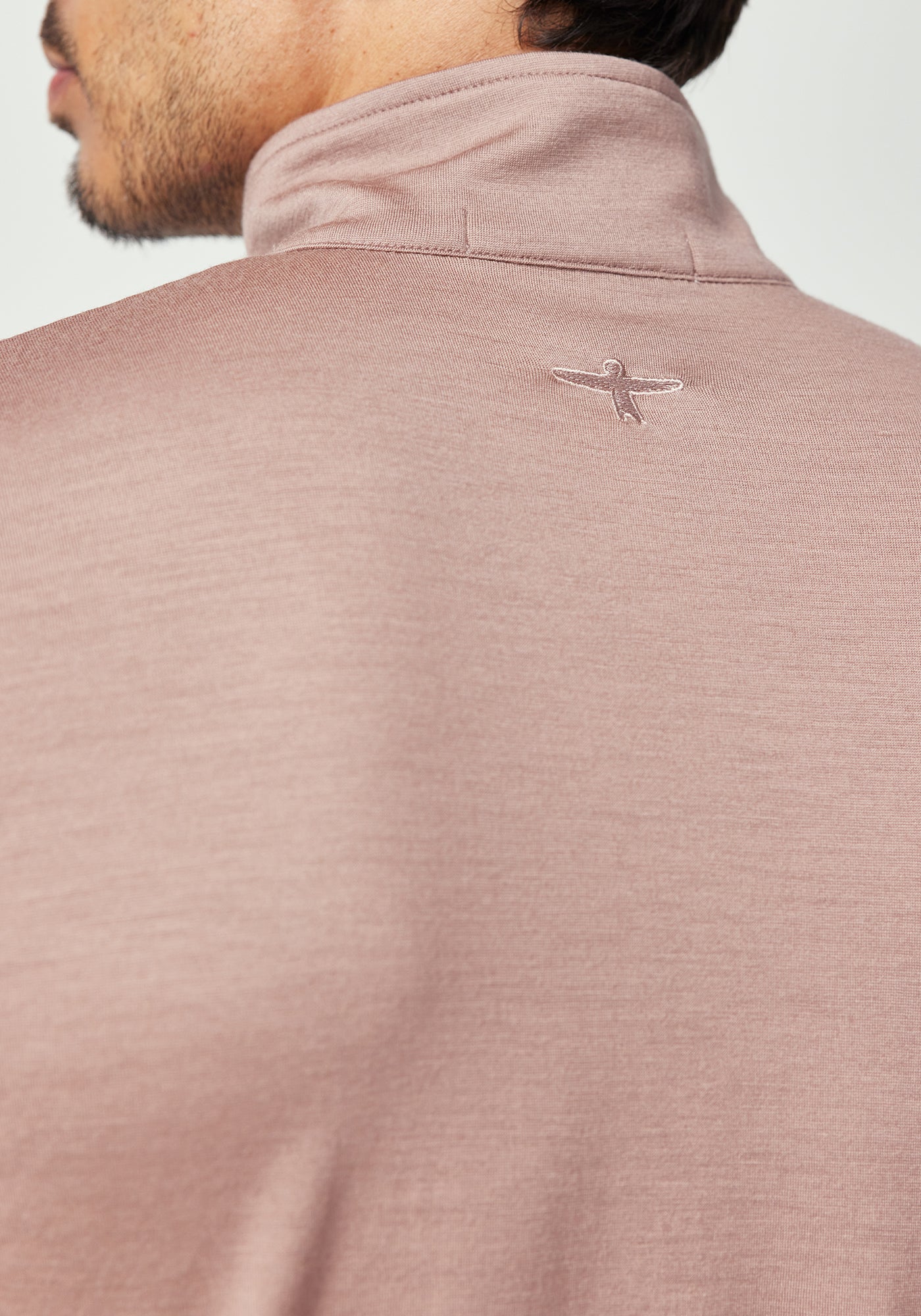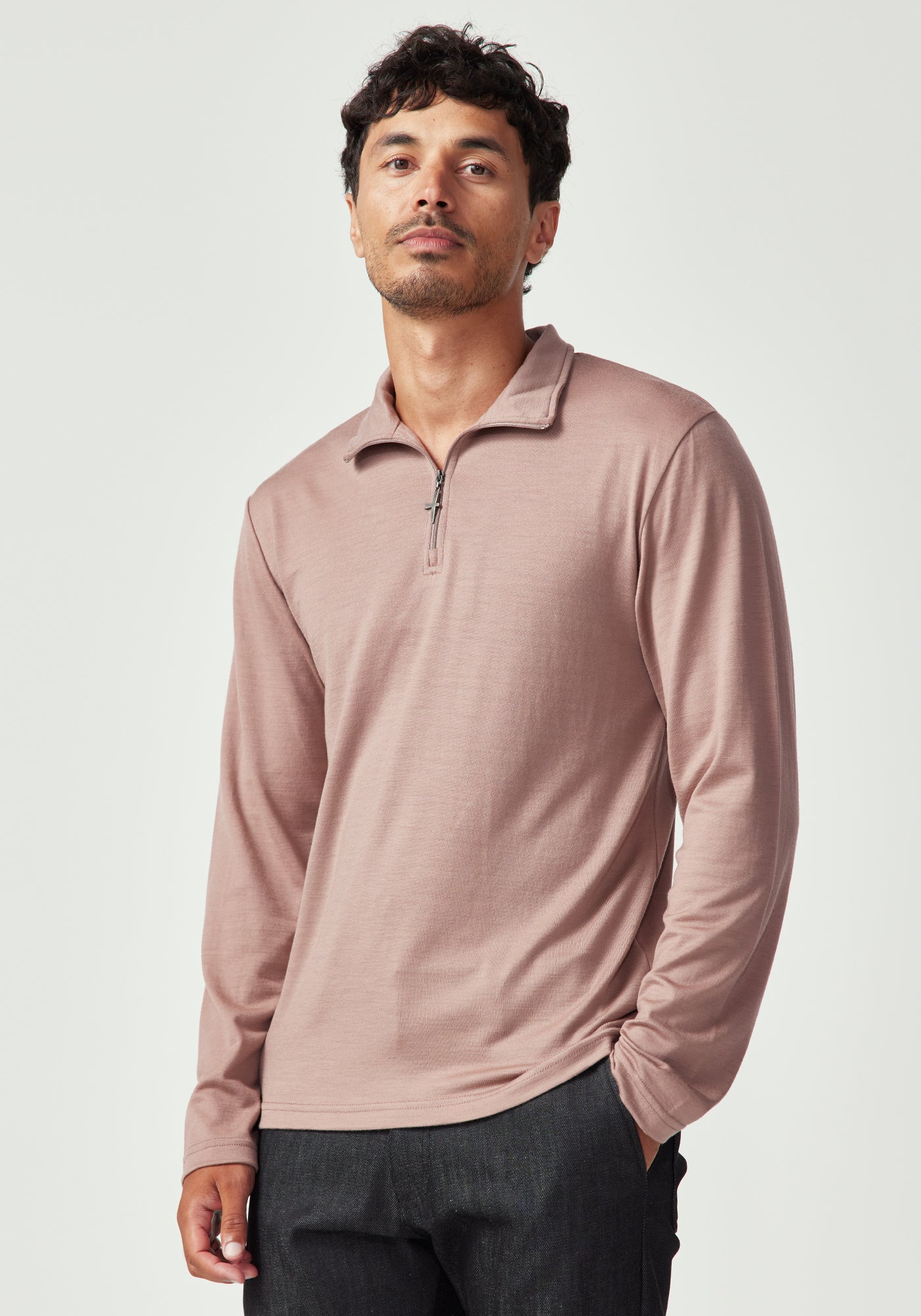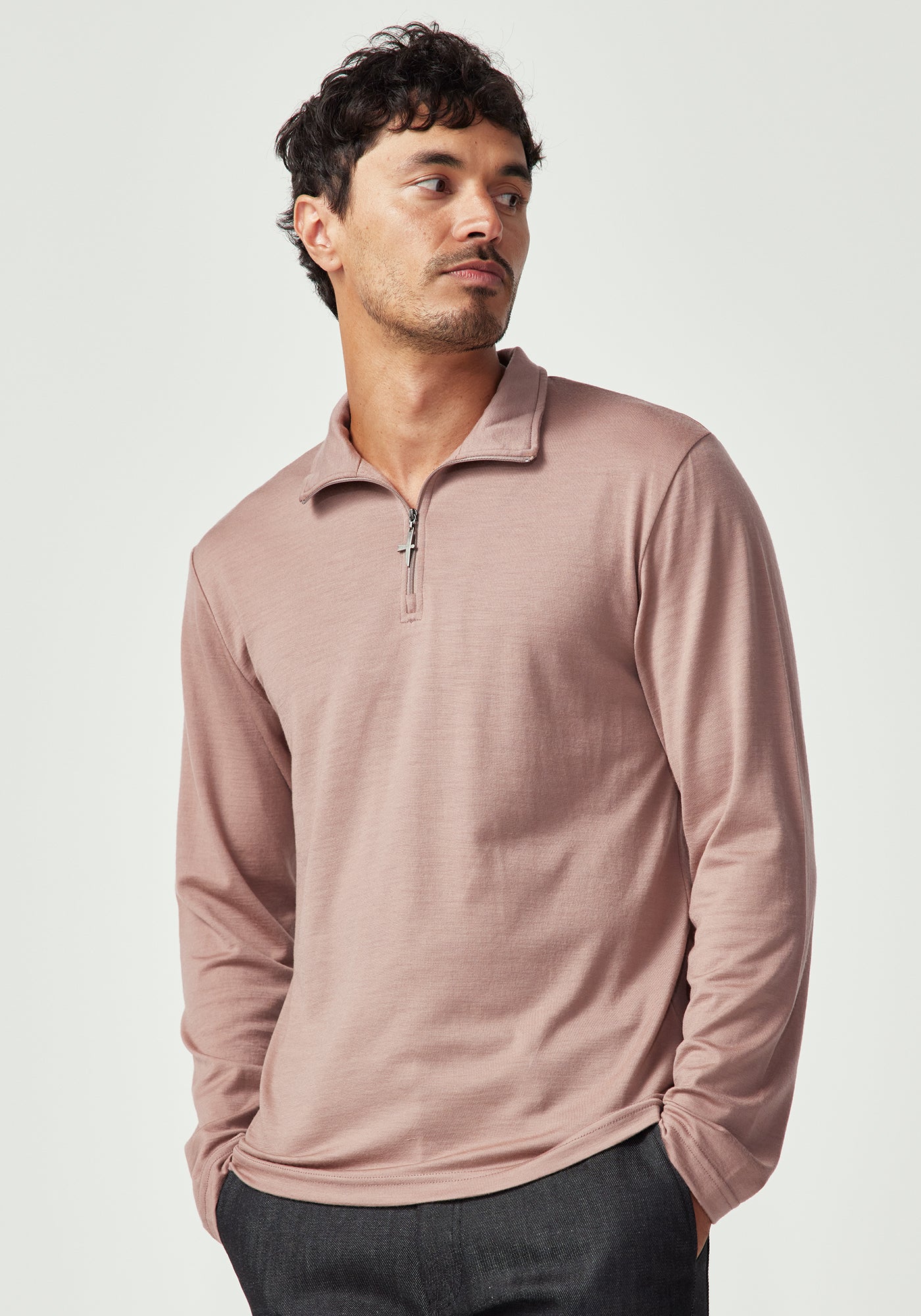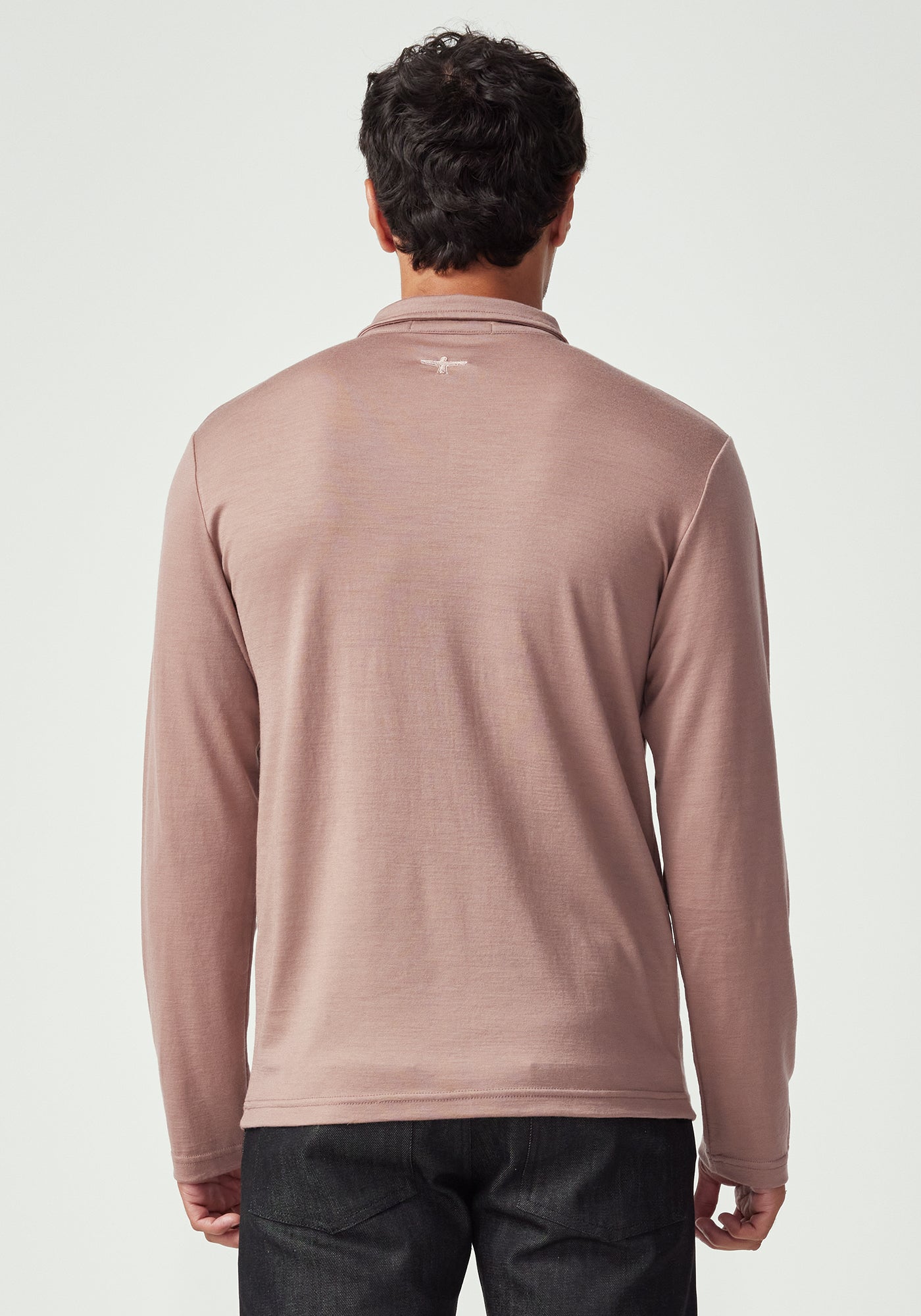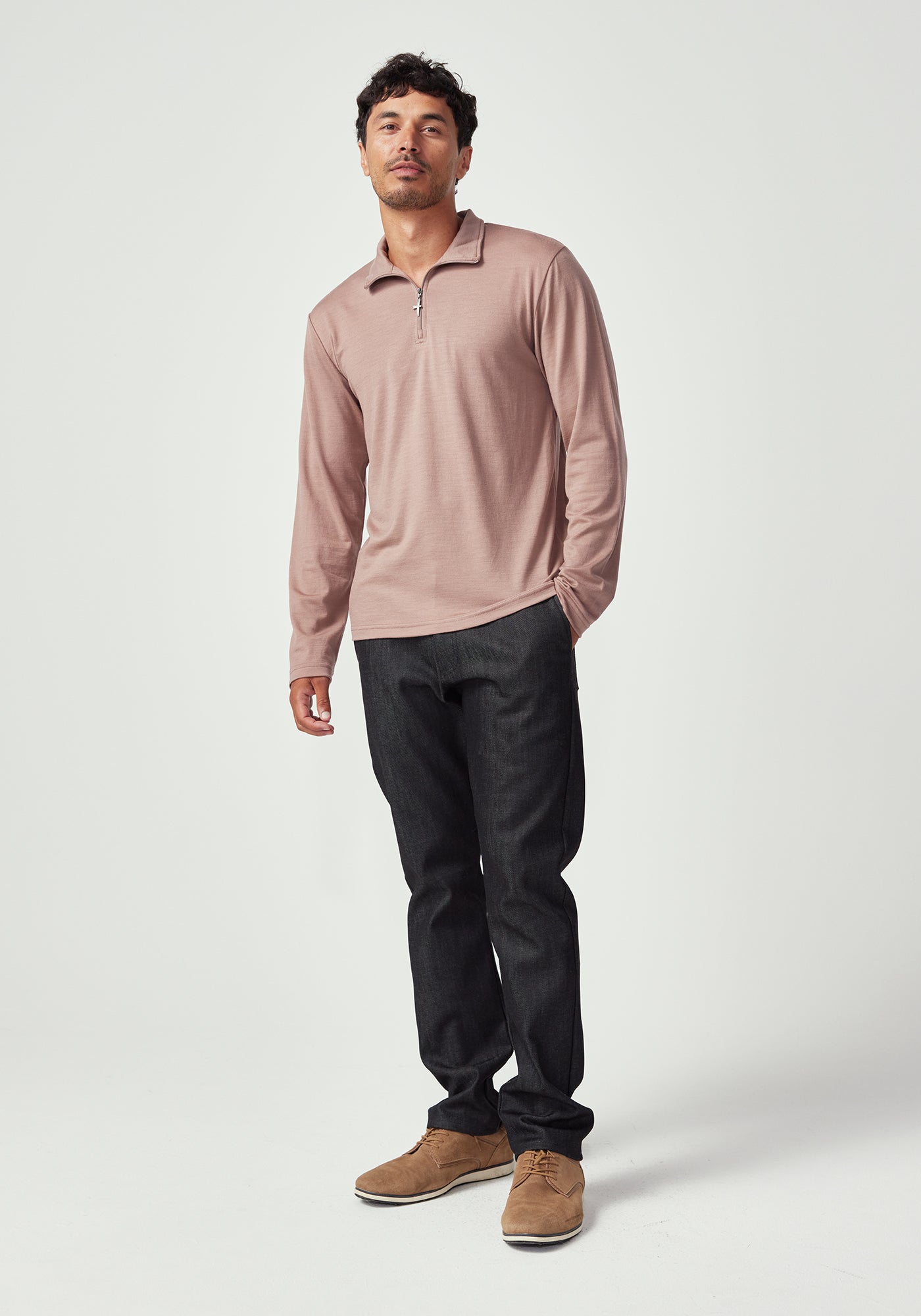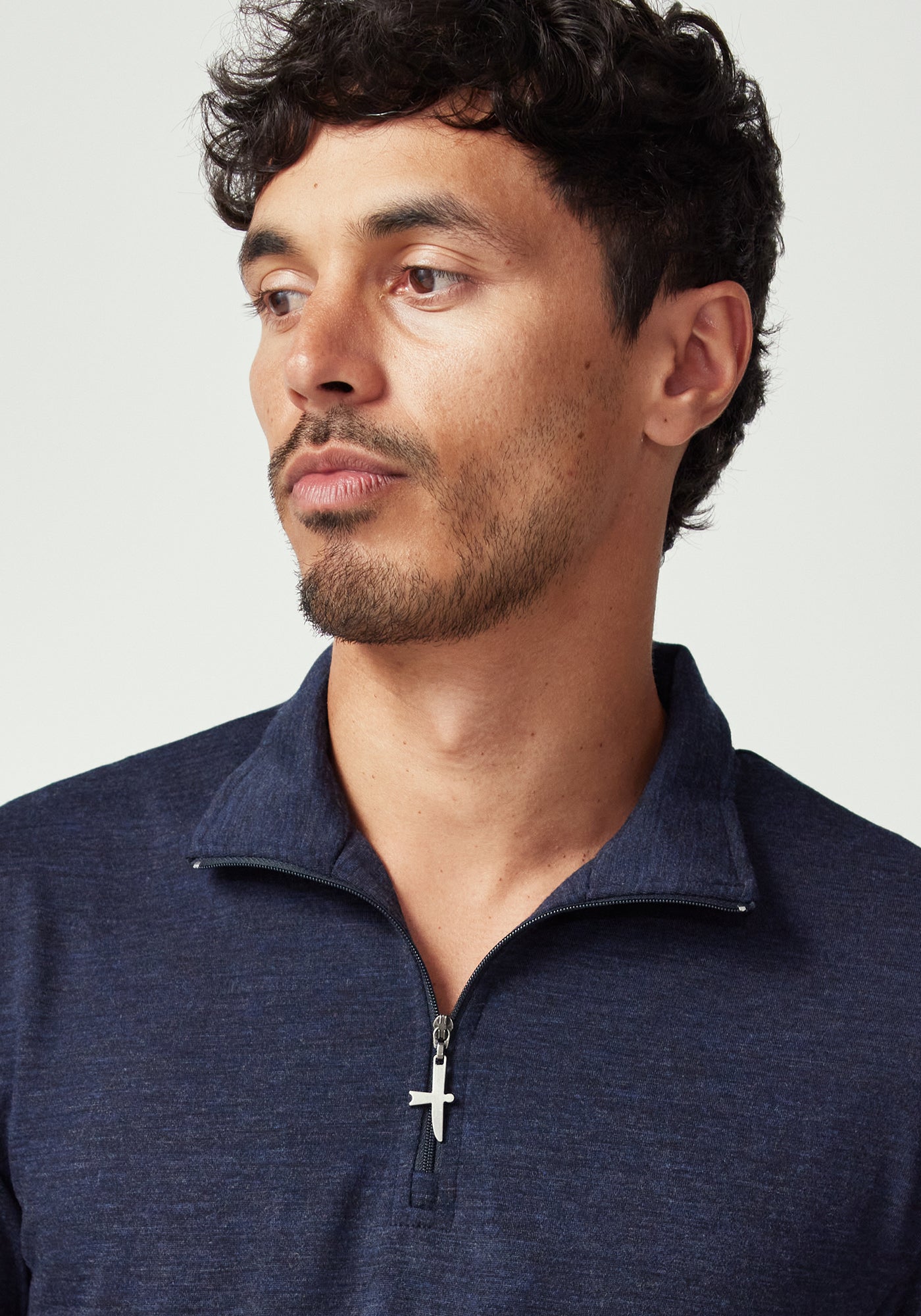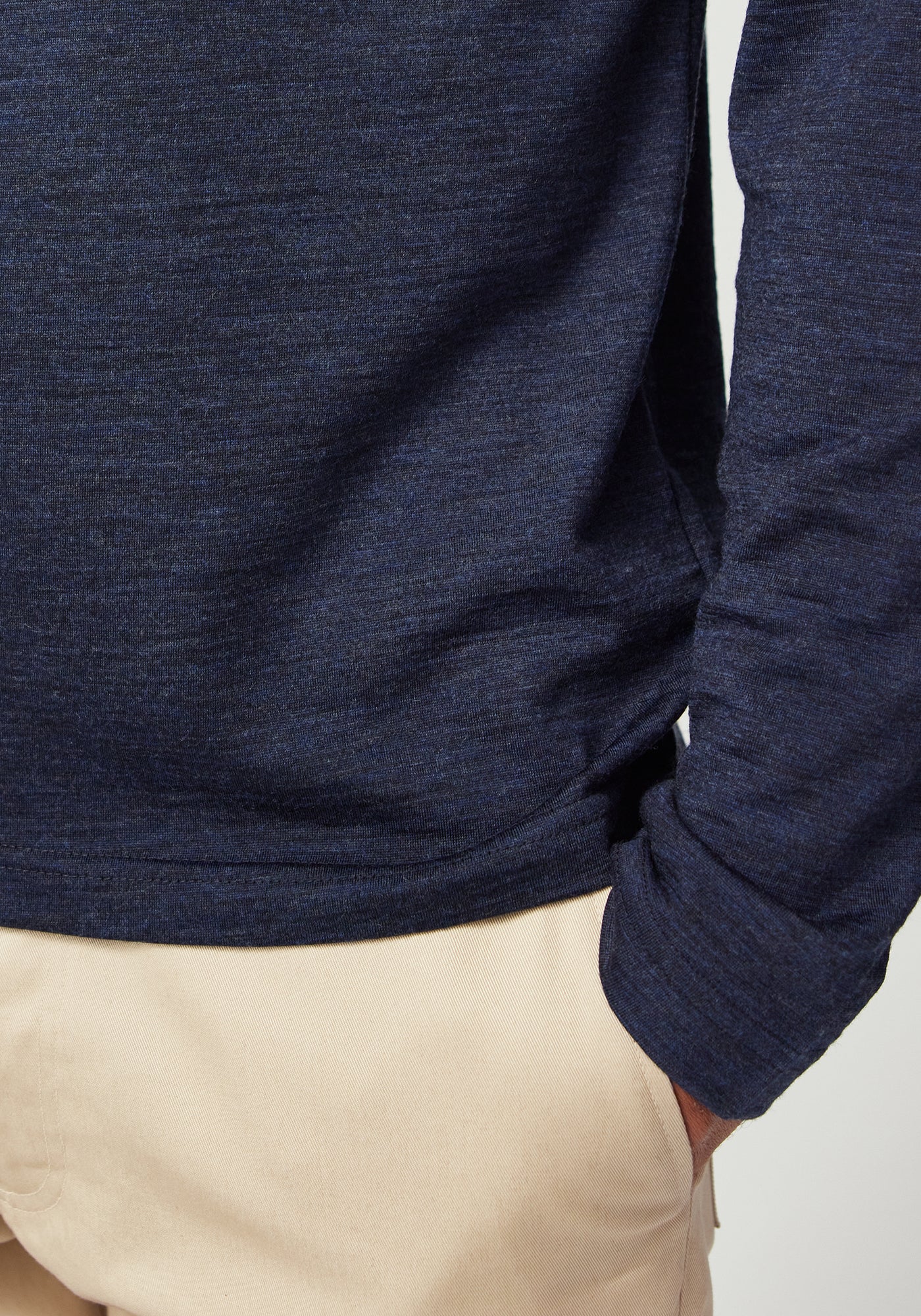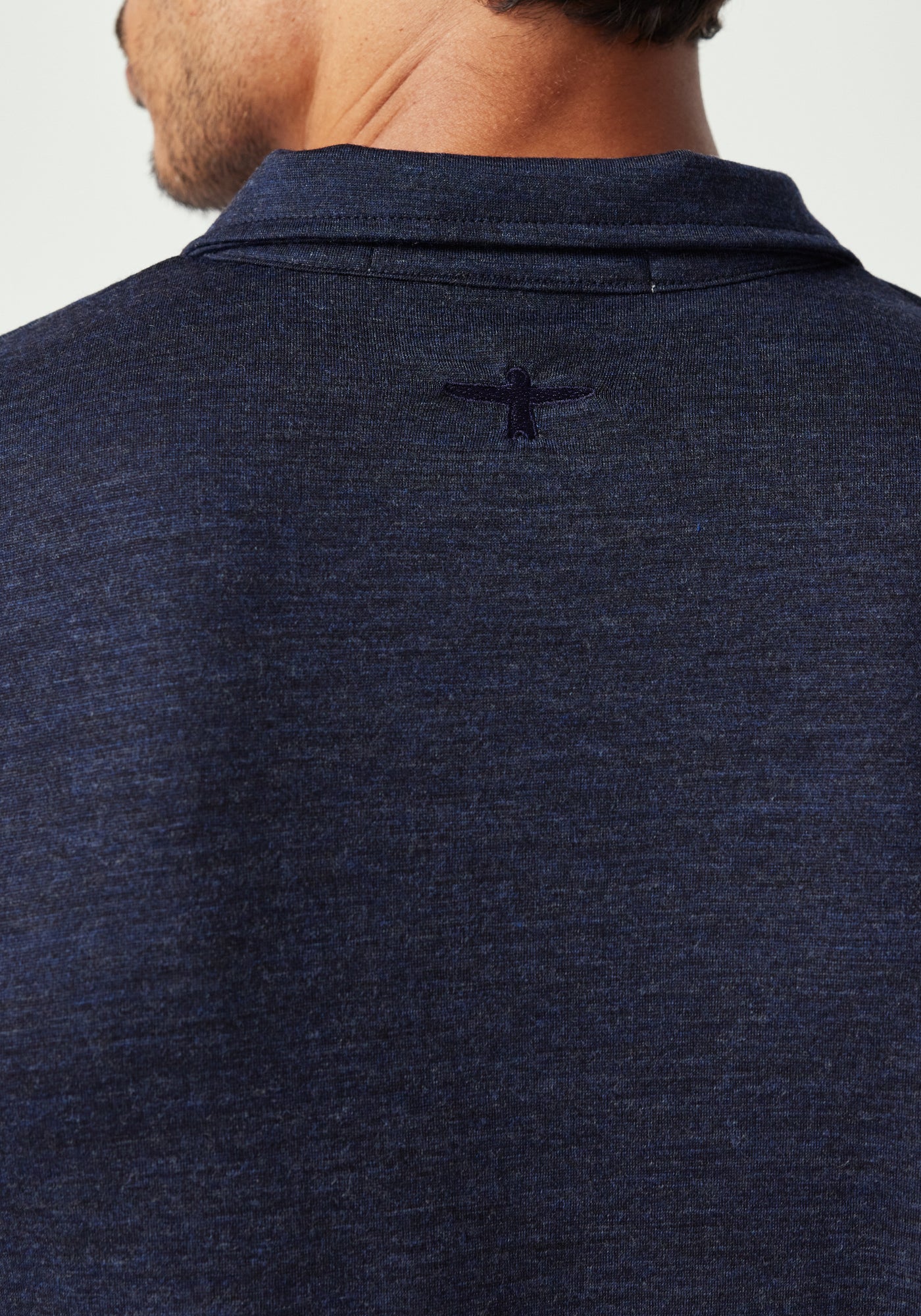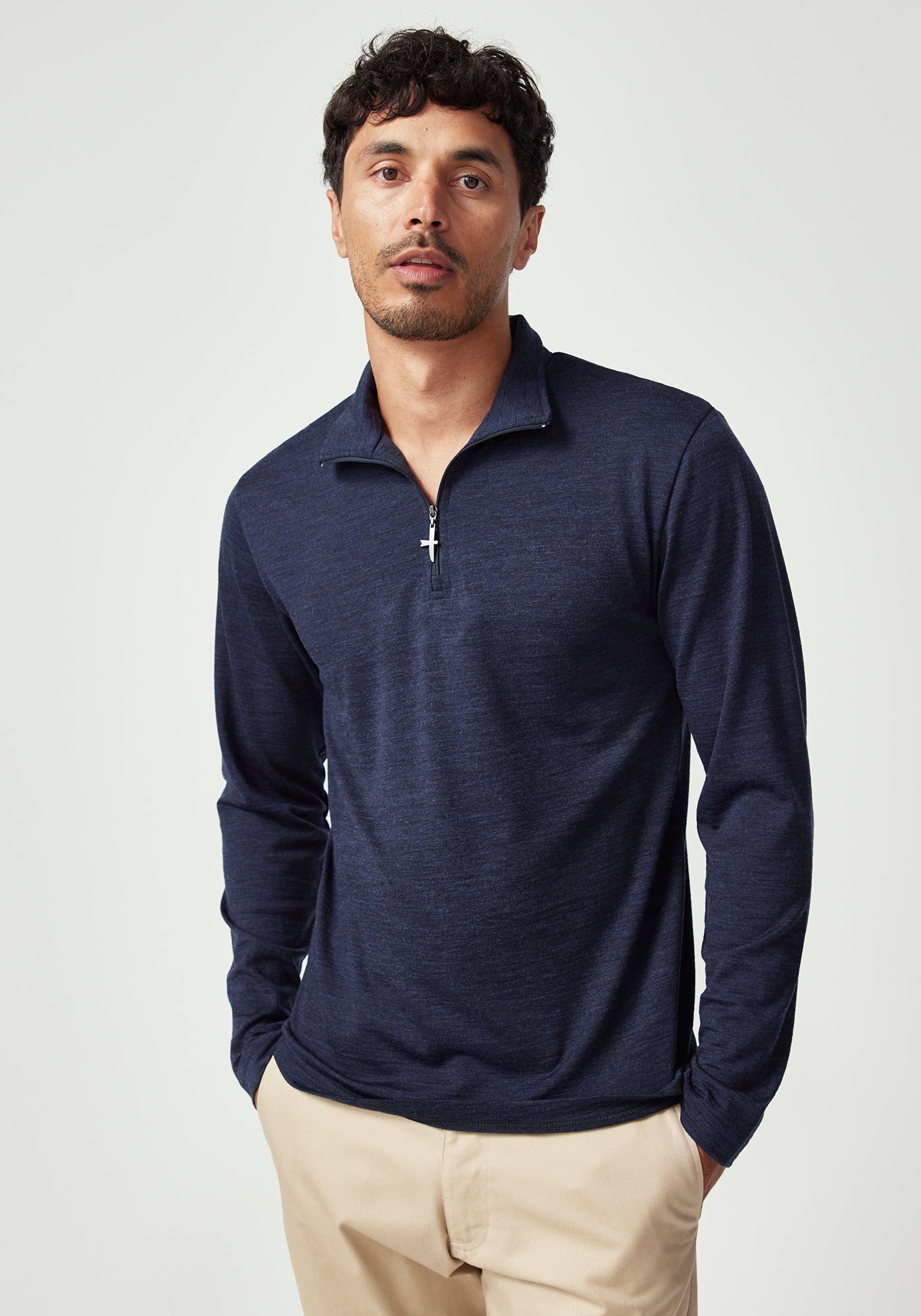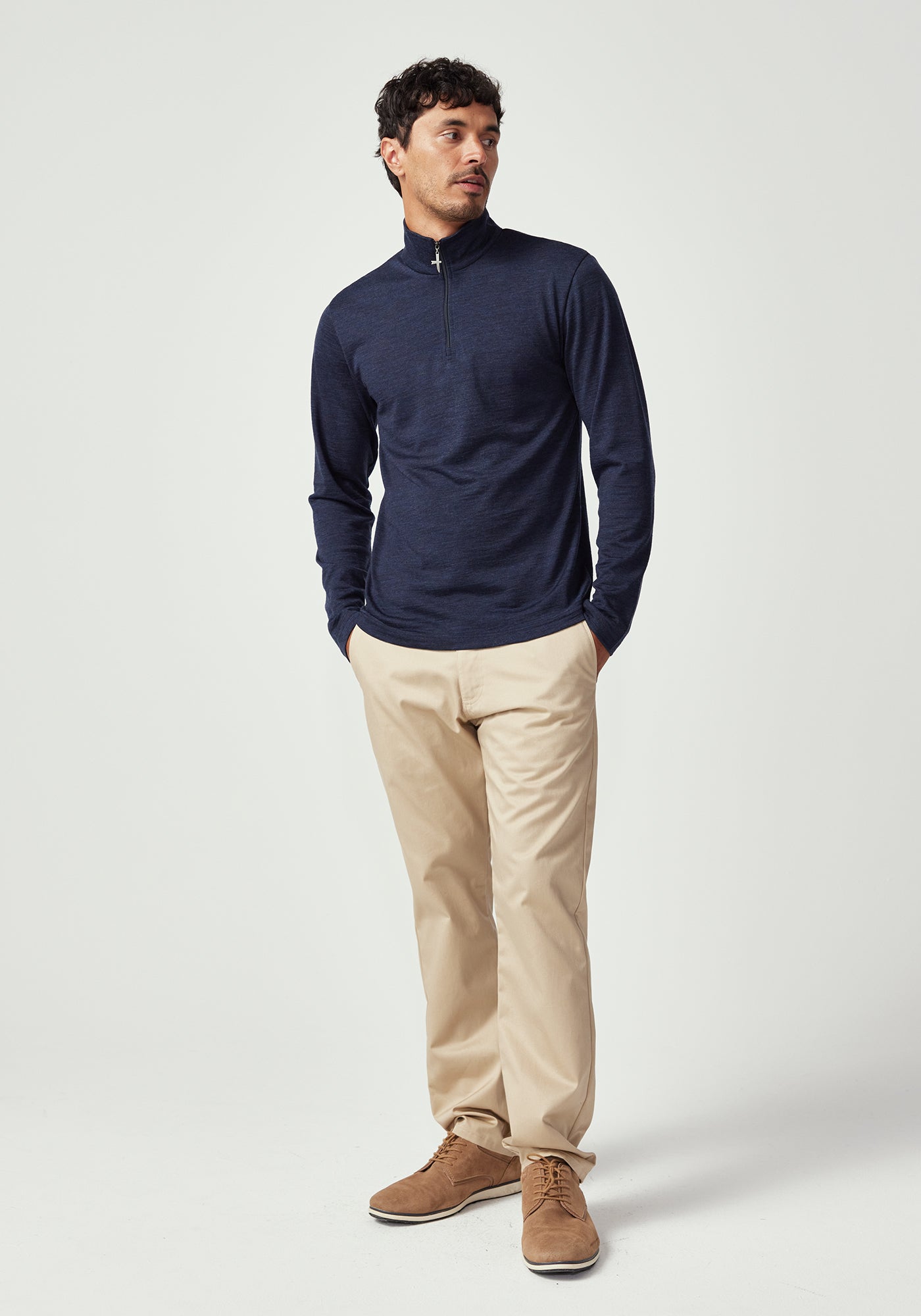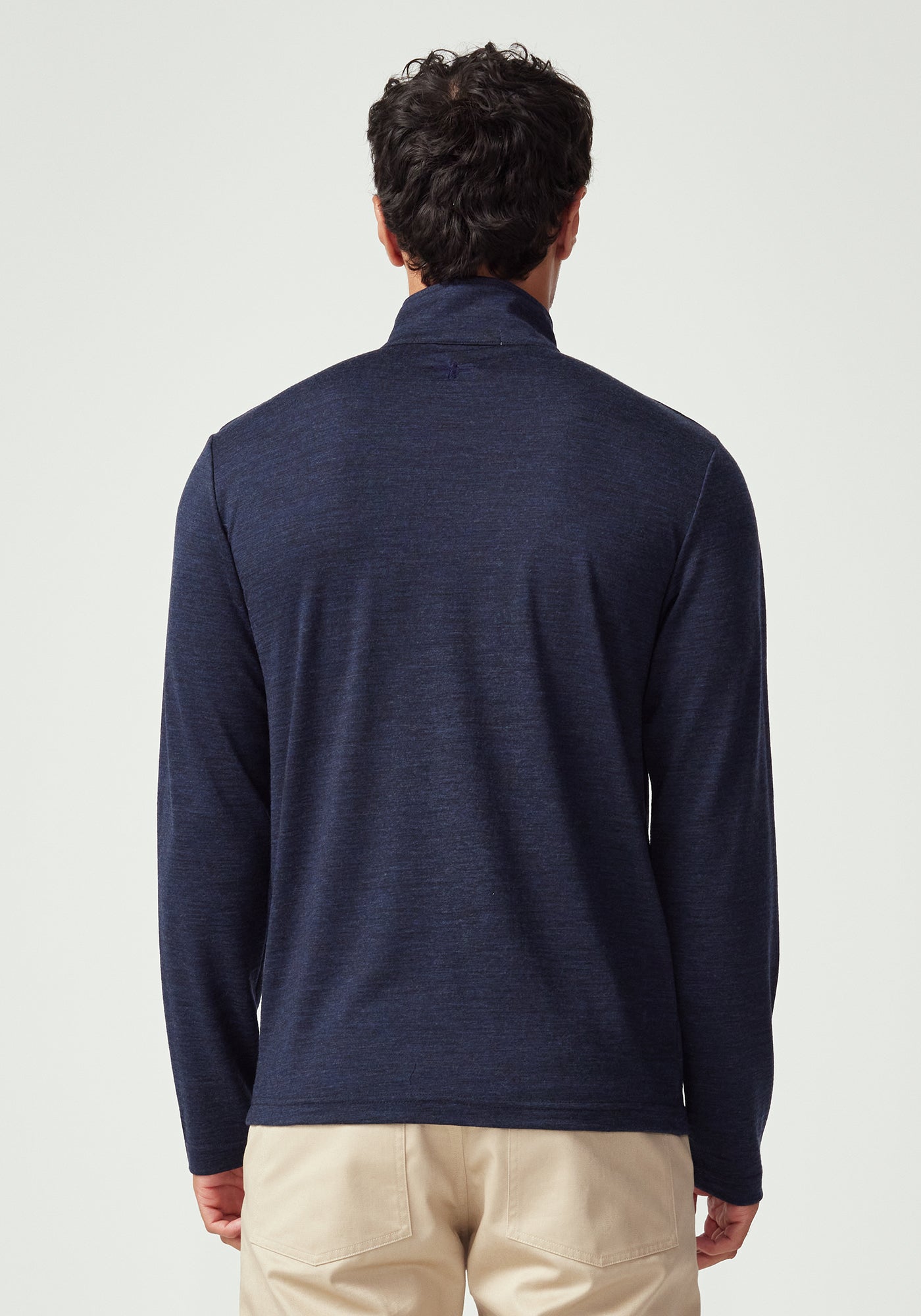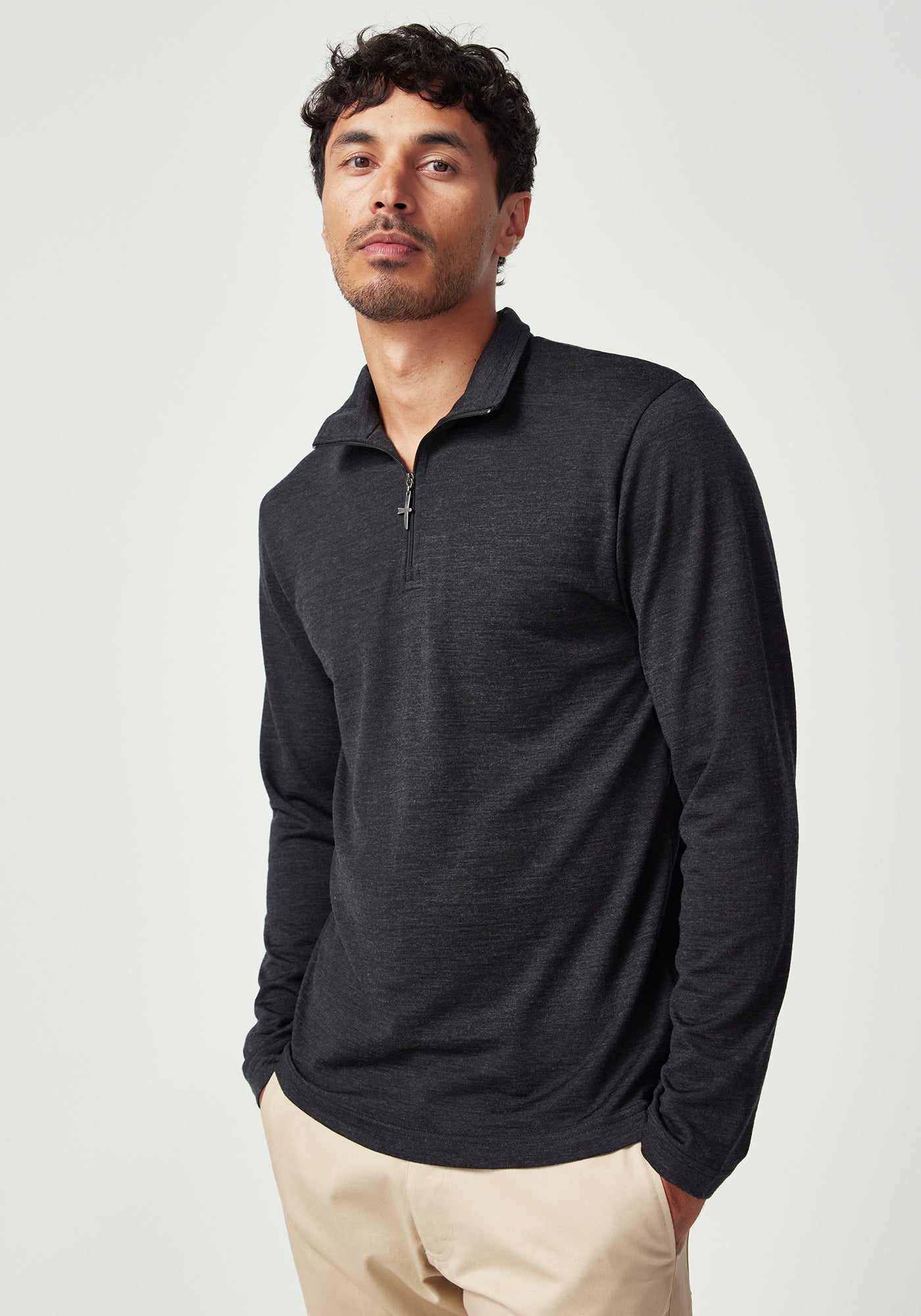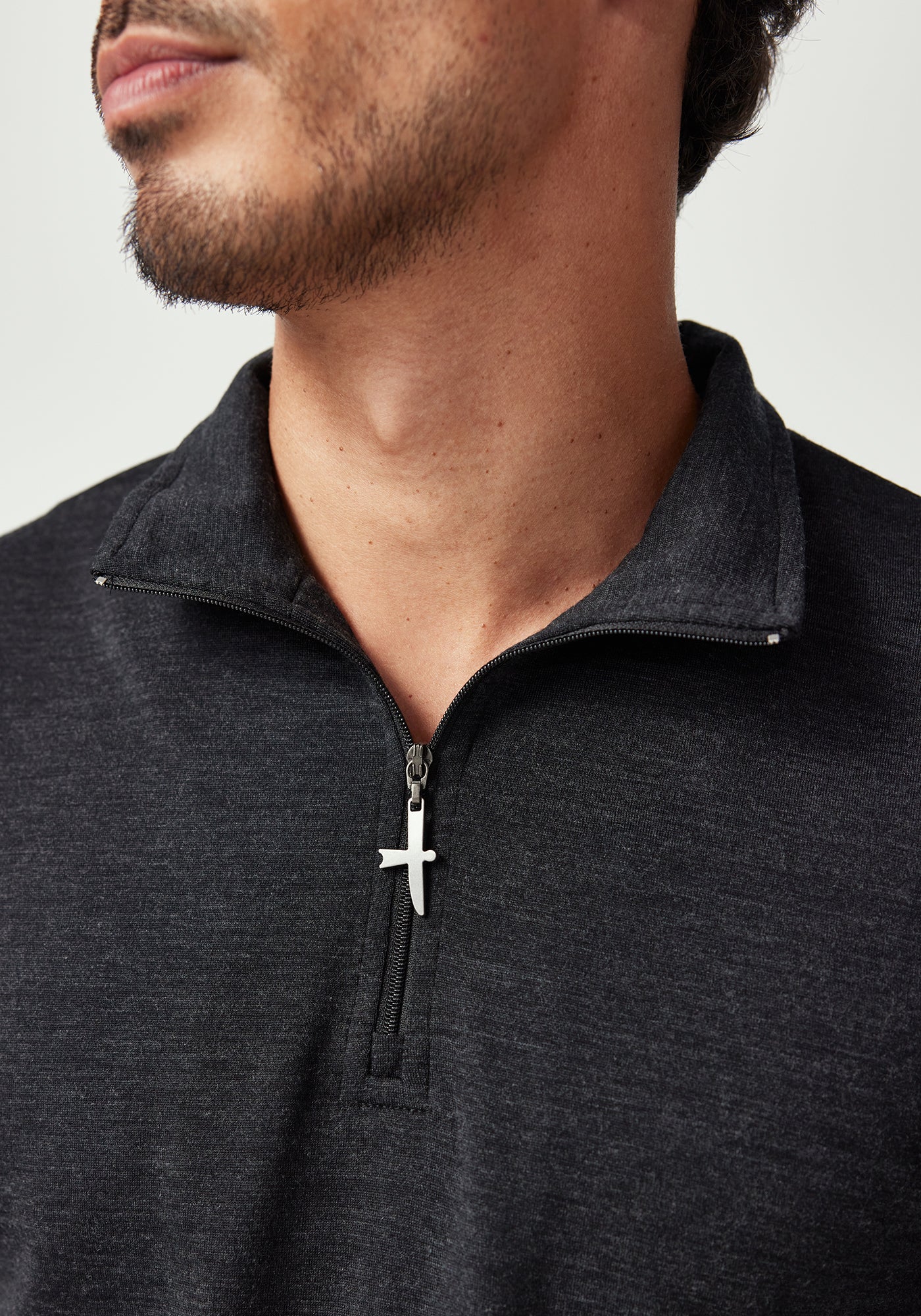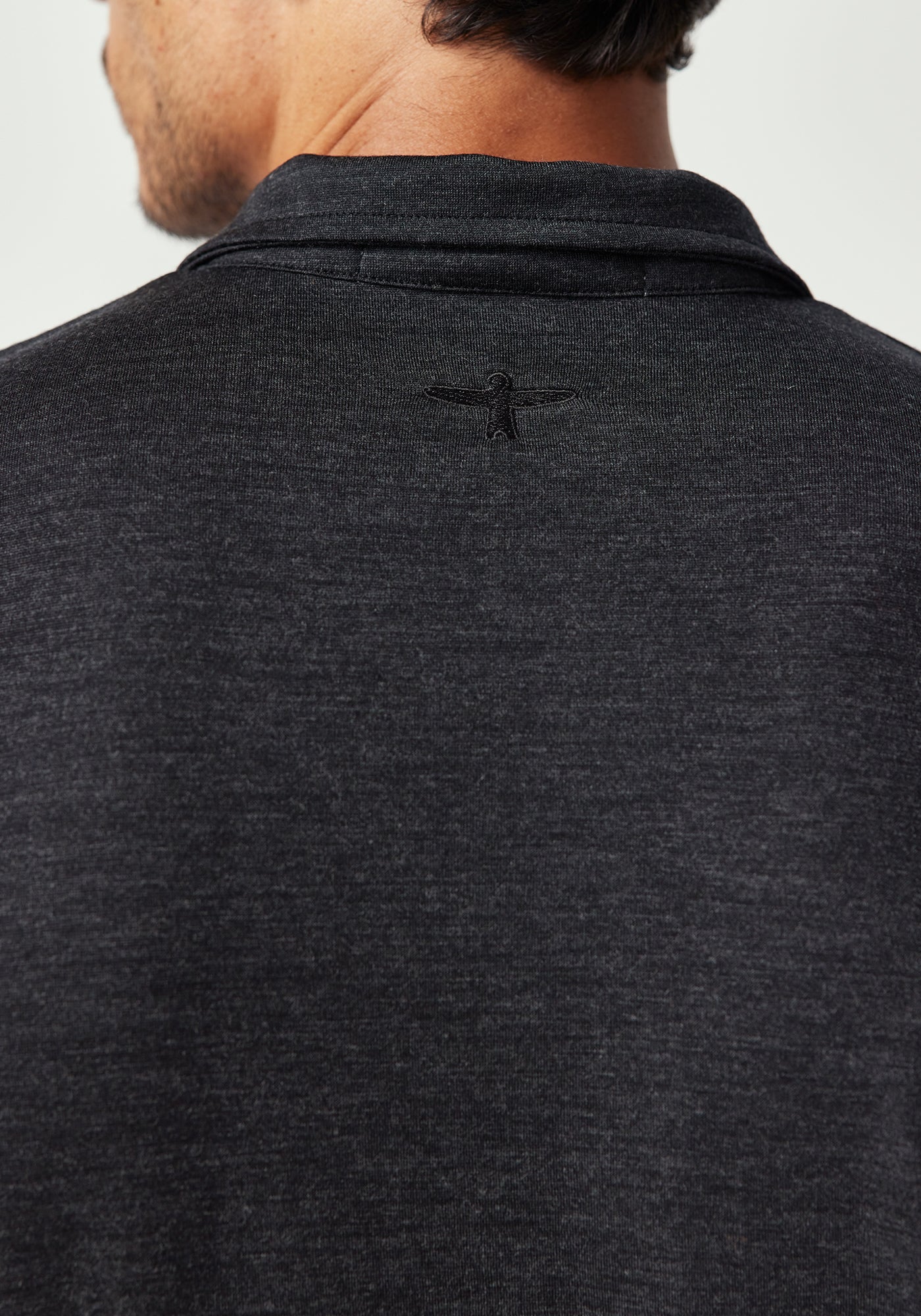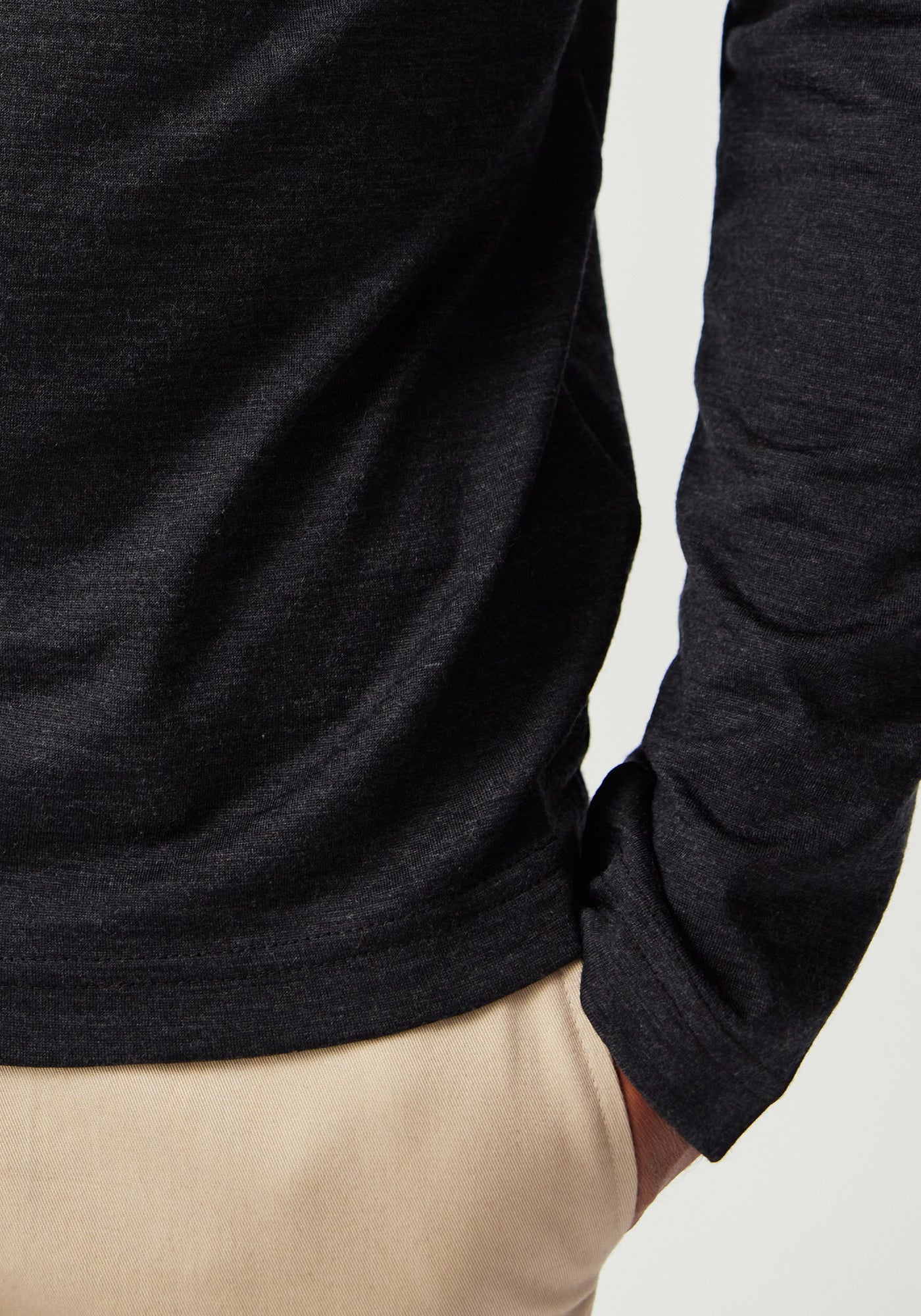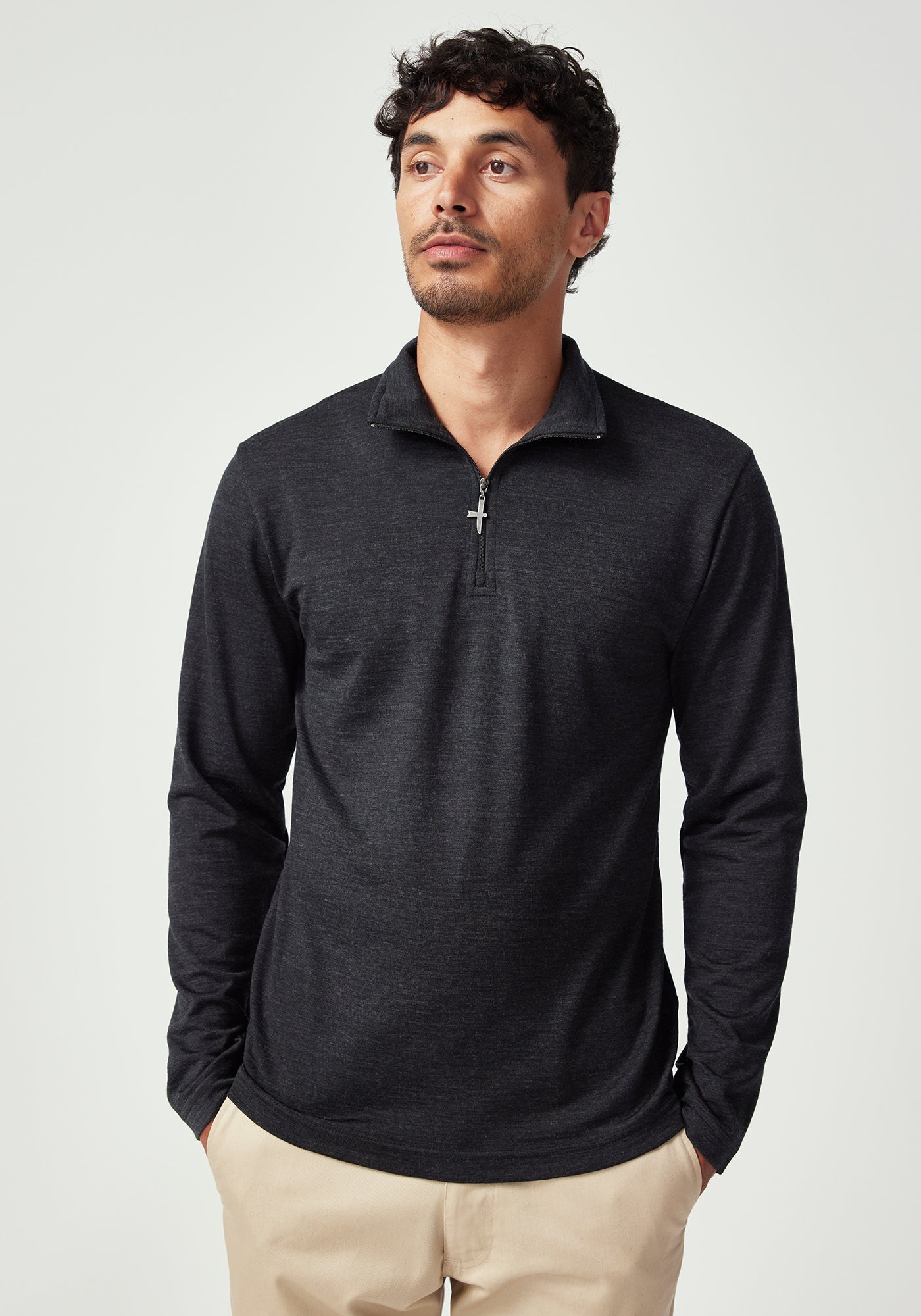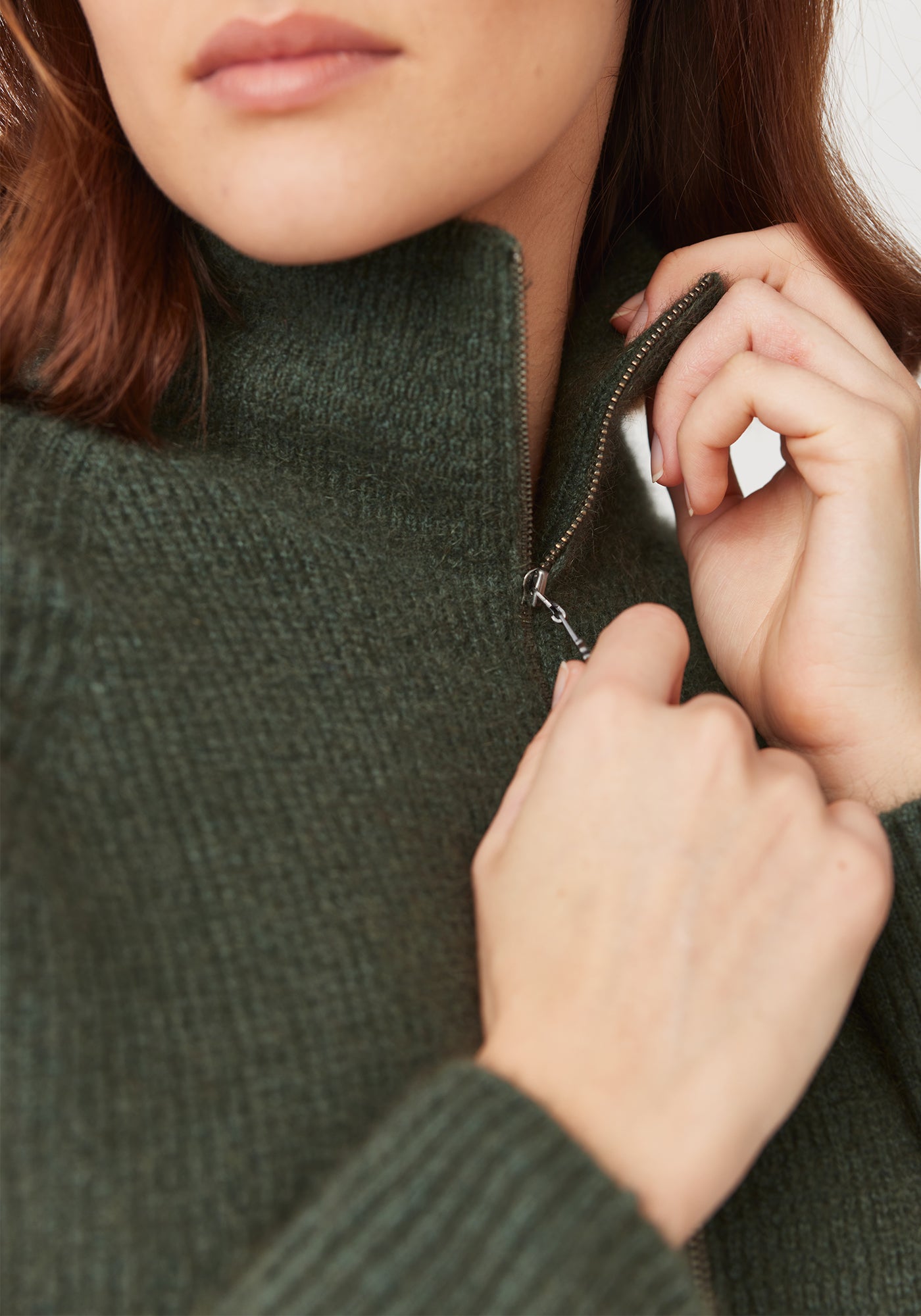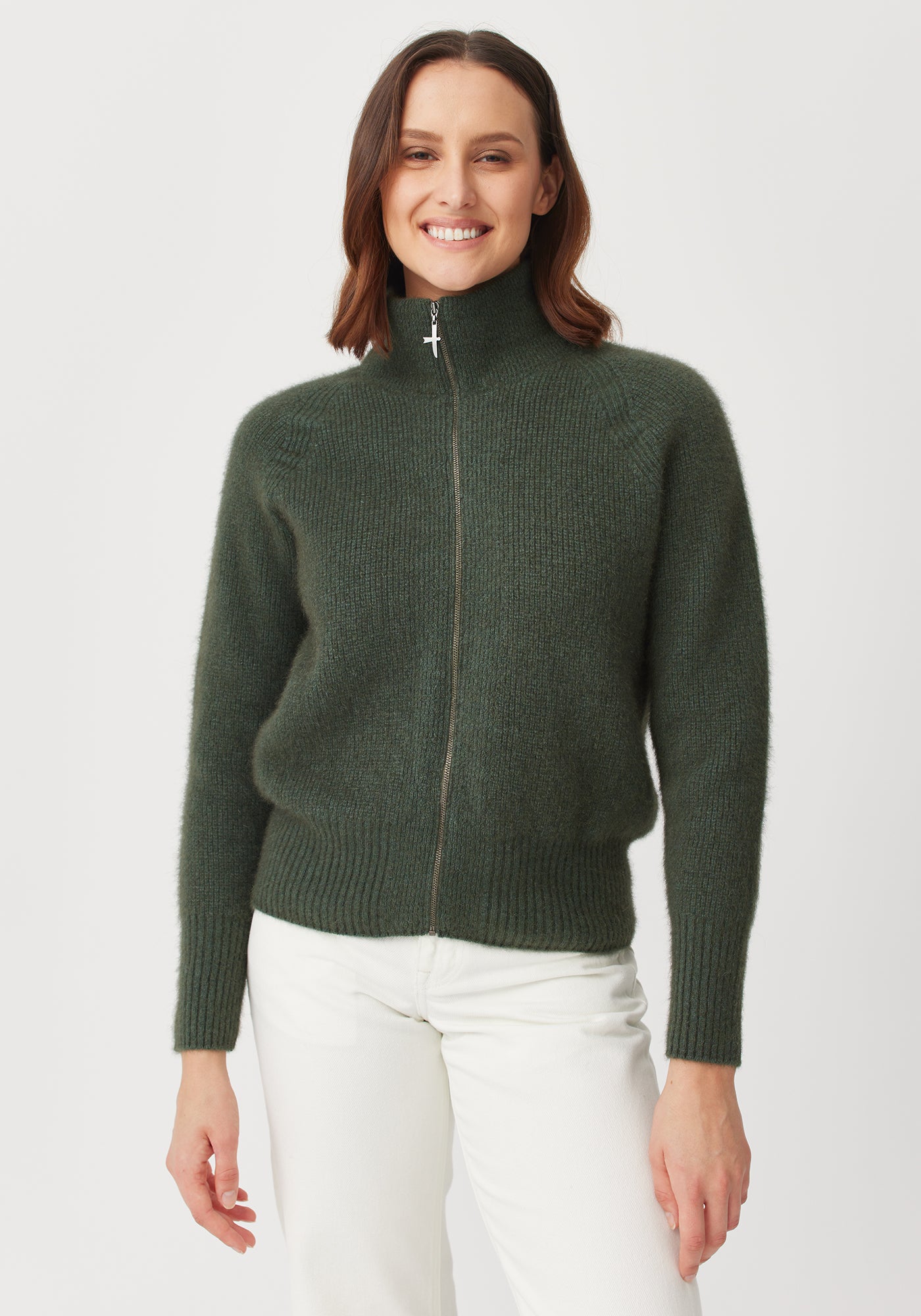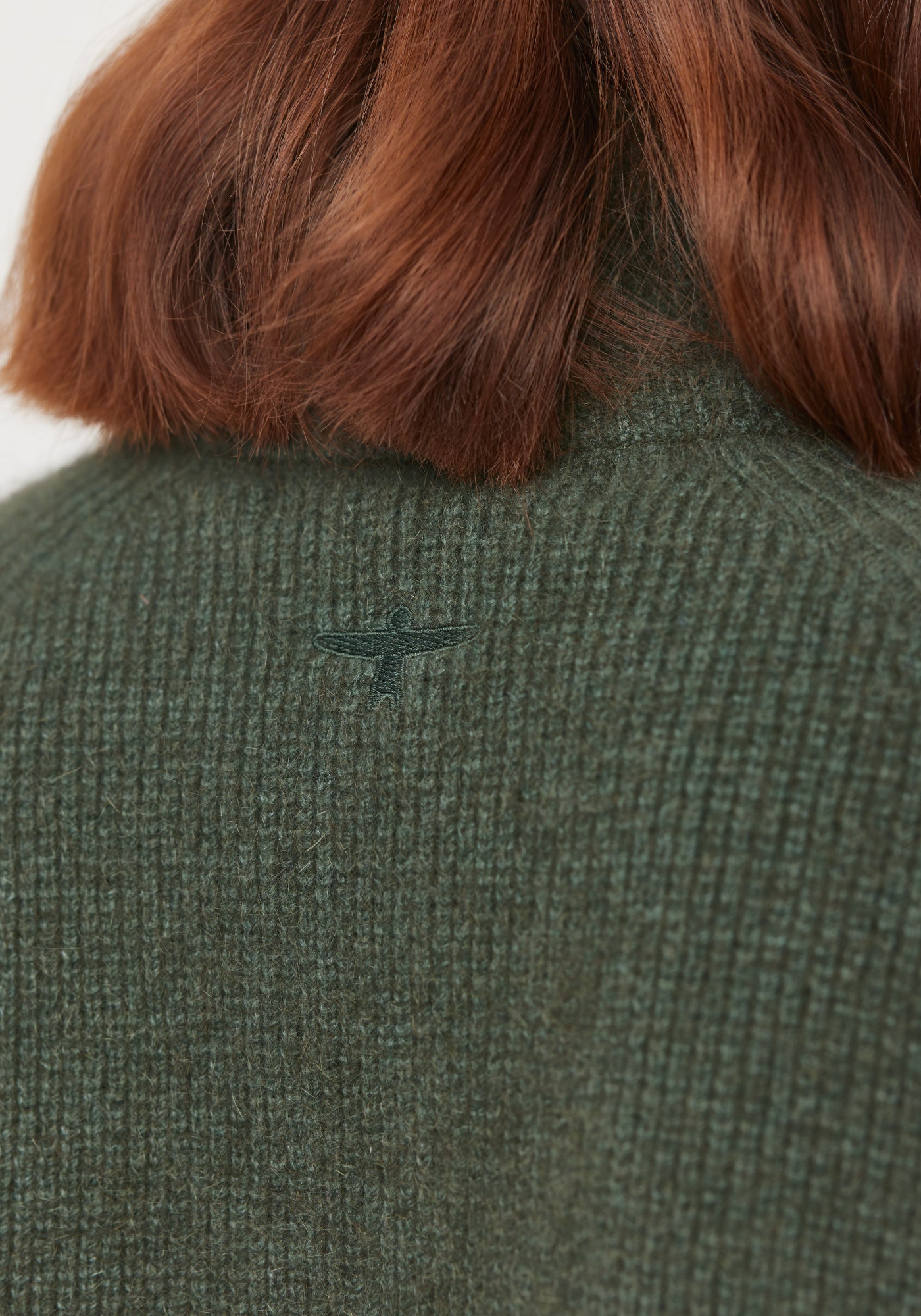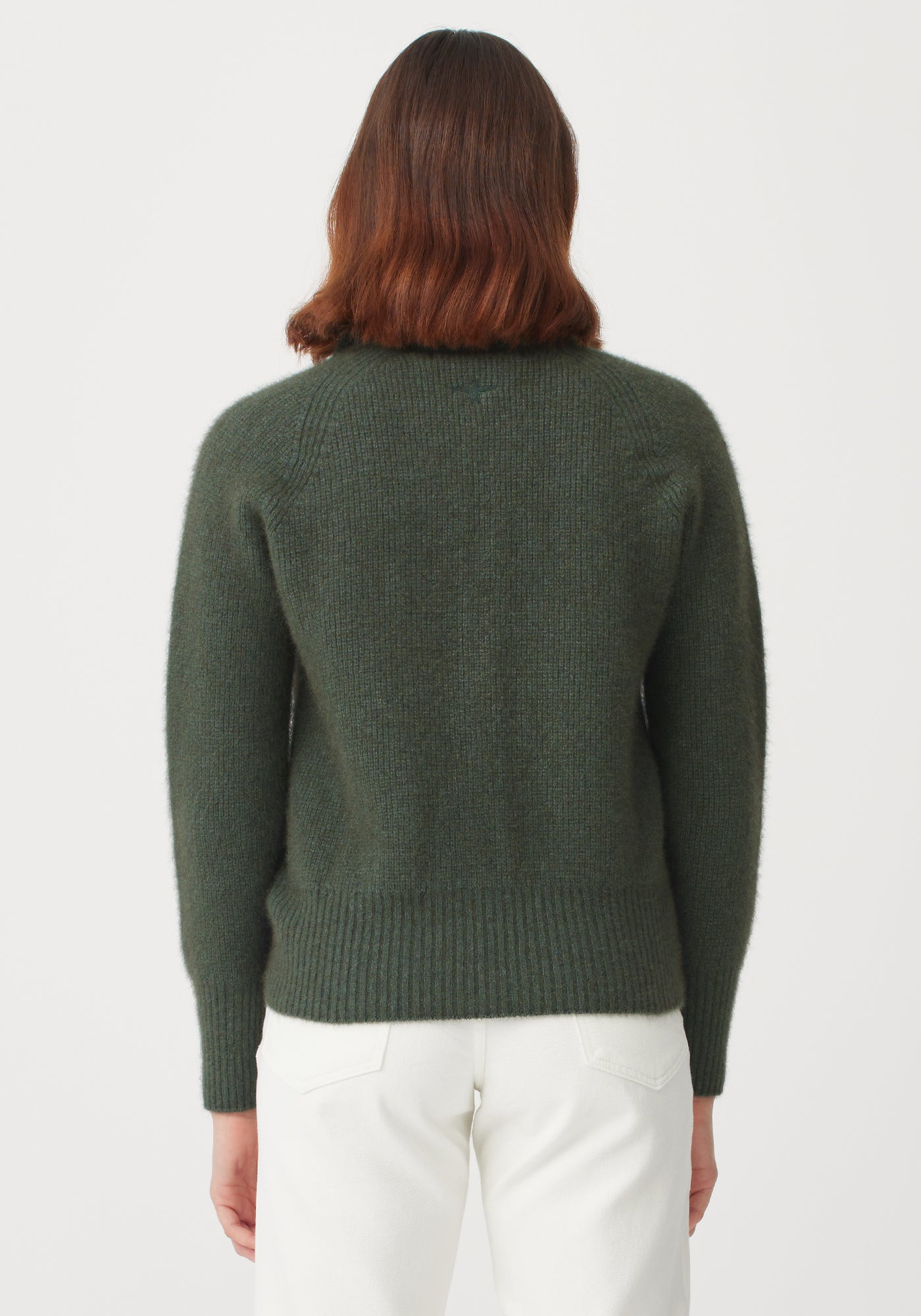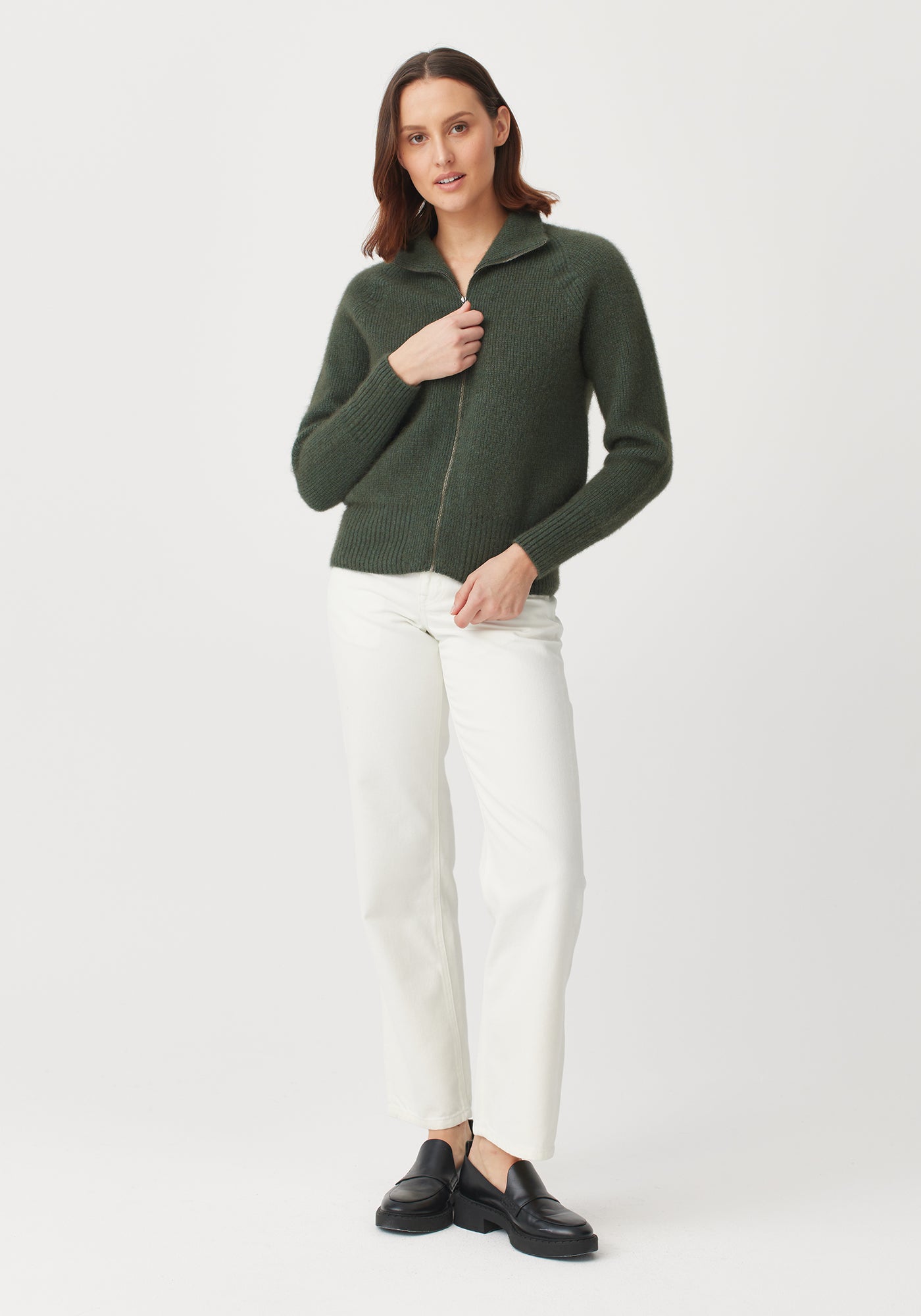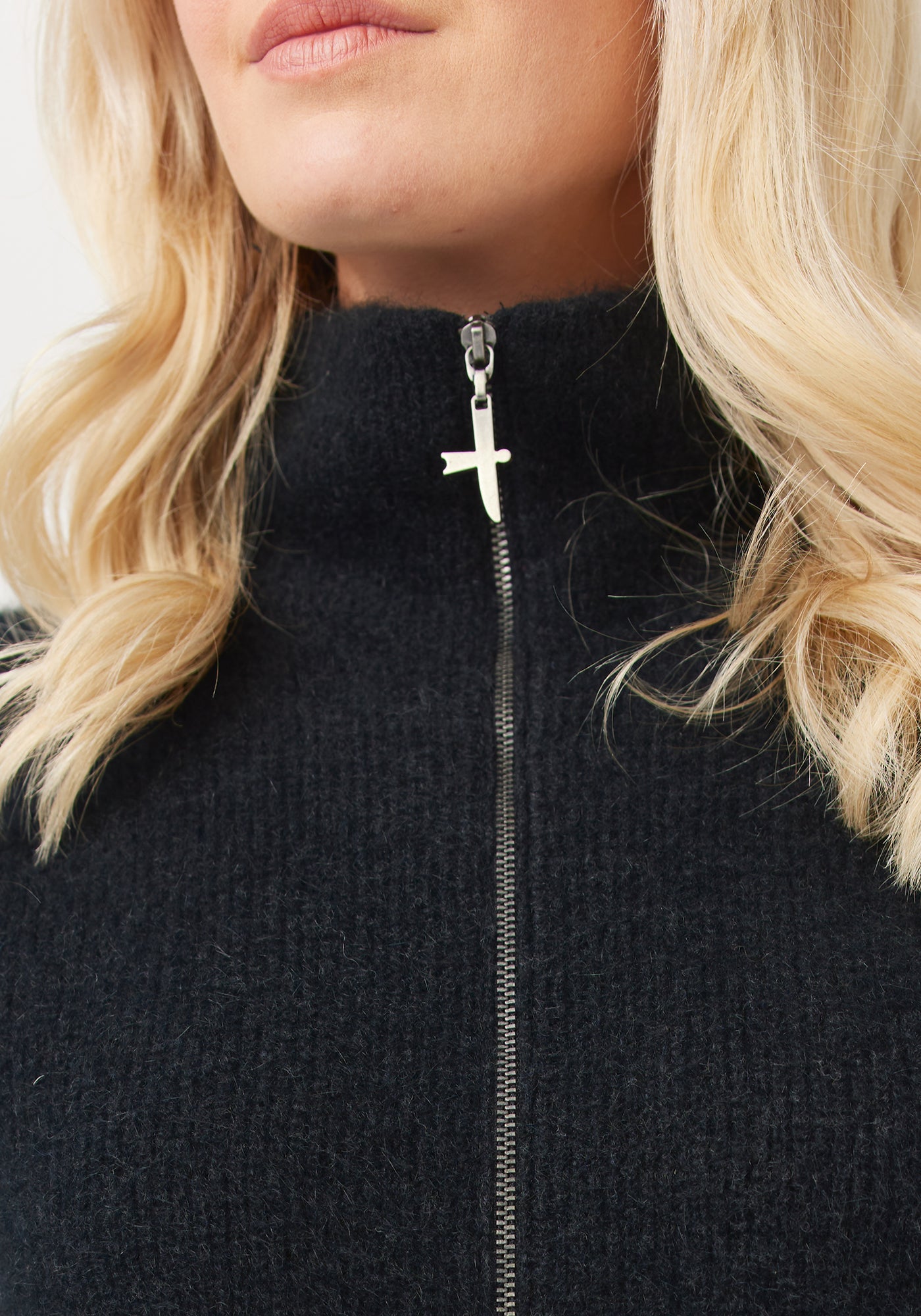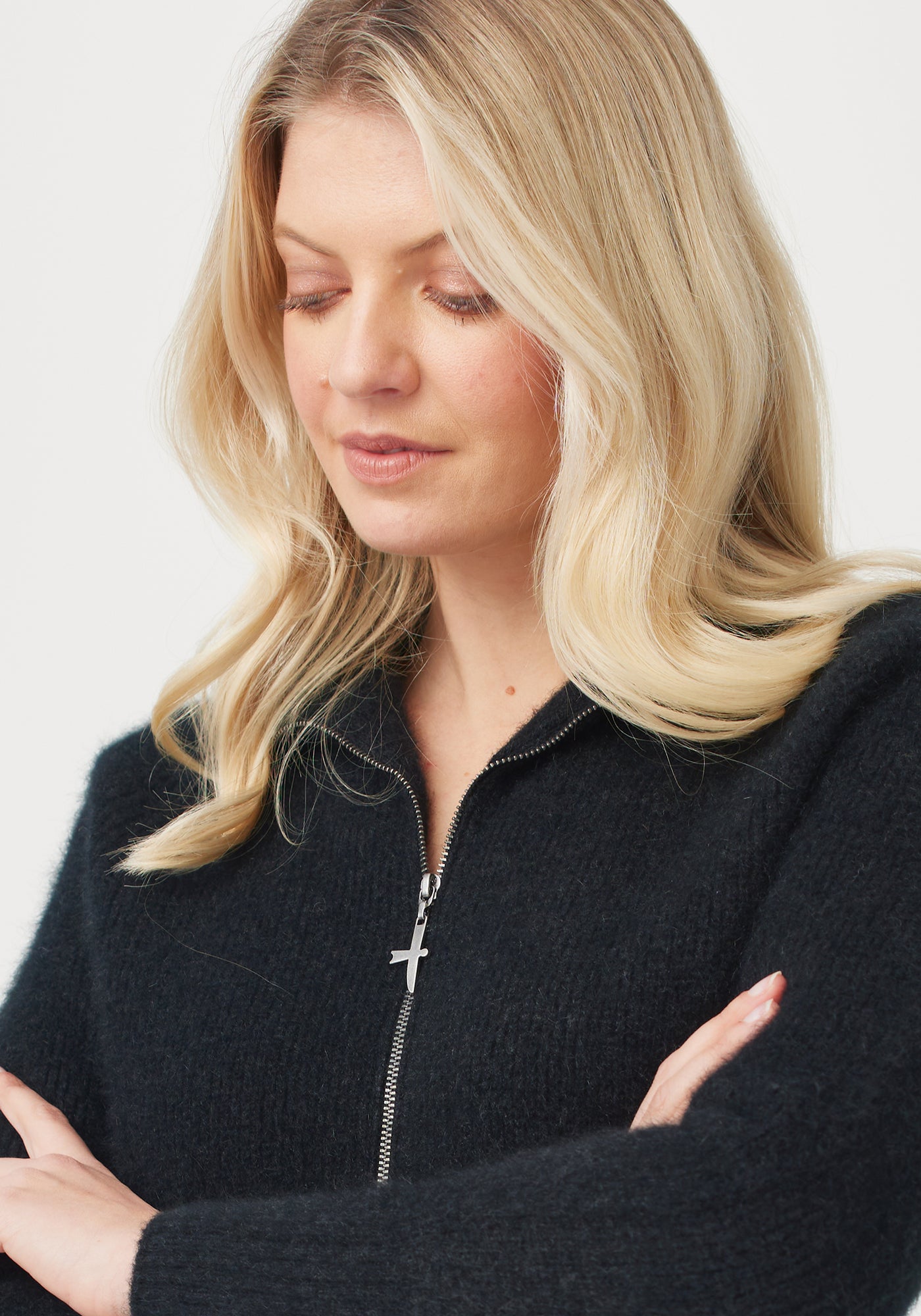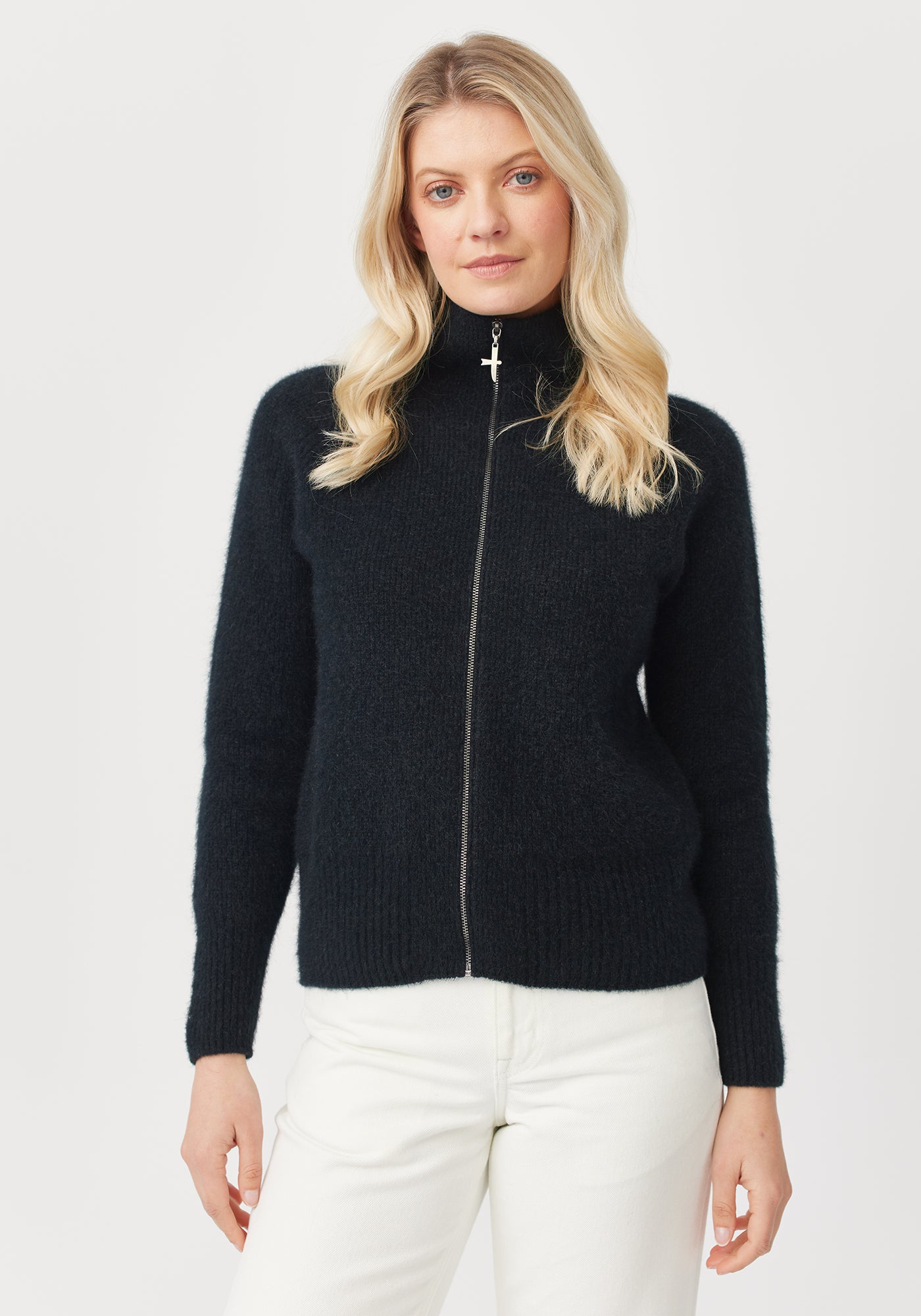In his brilliant book, The Culture of Stopping, author and professor of transformation design Harald Welzer lays out some startling facts: The mass of man-made objects has doubled approximately every 20 years since 1900, and in 2020 ‘dead mass’ (i.e. things humans have made) exceeded biomass (things made by nature) for the first time. The mass of plastic toys, computers, cars, synthetic clothes, and more is larger than that of plants, animals, fruit, fish, trees.
It’s shocking, but if there were anytime that it was easiest to picture what this huge mass of made-made stuff looks like, it’s undoubtedly Black Friday week (end of November), a time when we’re inundated with ‘must-have’ offers and videos of crowds of people sprinting towards overstocked shelves of discounted goods.
For those of us who are trying to leave as little impact as possible, it can be tempting to pretend it’s not happening, but we’d encourage using the frenzy of Black Friday as a springboard to be even more intentional with your choices and purchases. As Welzer argues, we need to jump off the treadmill of overconsumption, slow down, and do more with less. Here’s how to get started:
1. Buy less, buy better
The number of clothes the average consumer purchased increased by 60% between 2000 and 2014, an increase that tracks neatly alongside the rise of fast fashion. But we’re not treasuring those clothes. In fact, a leading NZ waste management company says they’ve seen the amount of clothing waste taken in by Auckland’s landfills double in just the last eight years, largely due to a trend towards cheap, synthetic, lower quality clothing. Instead of buying lots of cheap items which will wear out or go out of fashion within months, save your money and invest in high quality pieces made from natural fibres, carefully constructed for durability. A report by the Hot Or Cool Institute suggests we should only purchase five new garments a year to remain environmentally sustainable.
2. Repair, don’t replace
Worldwide, we discard 92 million tonnes of textiles every year, often due to issues that could be easily fixed, such as missing buttons or split seams. As it became cheaper and quicker to replace clothes than repair them, the textile waste piled up, but due to people taking up hobbies during Covid and cost of living increases around the world, repair is on the rise again. That’s great news as research shows that repair adds 1.3 years to the life of a garment on average. Turn to books like Wear, Repair, Repurpose, or YouTube tutorials to brush up on your skills. If you’d rather enlist a professional, visit our repair drop-in on the first Monday of every month, search for your local repair café, visit a local tailor, or use one of the growing number of online repair services.
3. Prioritise reusable
Globally, we produce around 400 million tons of plastic waste each year, and a great deal of that comes from single use items. 98% of those single-use items are produced from fossil fuels, and 85% of single-use plastic food and beverage containers end up in landfill or as unregulated waste. In 2023, New Zealand became the first country to ban single-use produce bags at grocery stores – great news! – but there’s more we can do. A good reusable starter kit would include: a water bottle, a coffee cup, cutlery, cotton face cloths, a metal straw, wax food wraps, and glass or metal food containers.
4. Establish an ‘eat first’ shelf in your fridge
Did you know that roughly 30% of the food produced each year is lost or wasted? This loss generates 6% of global greenhouse gas emissions. In 2018, New Zealand households threw away 157,389 tonnes of food, yet one simple trick could tackle it: establishing an ‘eat first’ shelf in your fridge. We’ve all forgotten about a bag of salad, a piece of fruit, or a yoghurt because it was languishing somewhere at the back of the fridge. A quick sweep of condition and use-by dates will help you know what needs to be eaten soonest, and a dedicated shelf will serve as a visual reminder to prioritise that produce before others. An easy task that could have a big impact.
5. Build a sharing network
Kitchen stand mixers, drills, tents, deckchairs, wheelbarrows, pressure washers, carpet cleaners, ladders… There are a host of things that we all tend to need at one time or another but are not in constant use, and they’re the perfect candidates for sharing between a community. Those of us lucky enough to have friendly neighbours could share between households but you could also consider setting up a local group which allows people to post what they have and what they need for easy sharing within the community. More connection, less consumption.
6. Rent one-off outfits
In 2019, it was estimated that British consumers would spend £2.7 billion on a total of 50 million summer outfits that would only be worn once. Holiday outfits, wedding outfits, and festival looks were among those on the shopping list and while the research was regional it’s a pattern repeated the world over. Christmas jumpers and festive sequin items are also bought for an occasion, worn once and then discarded. It’s a wasteful practice that could easily be replaced by renting with barely any behaviour change needed: you make your choice, order as usual, wear it once, but then instead of chucking it in the bin, you send it back for more people to wear and enjoy. Rental options in NZ include All The Dresses, The Borrowed Collective, Oh Rent Me, and Thread Rentals.
7. Repurpose and upcycle
Repurposing and upcycling our old clothes, textiles and household goods used to be the norm, only the upper echelons of society could afford to discard valuable materials instead of reusing them. The possibilities are almost endless to revive the repurposing trend but here are a few ideas to get you started: old shirts can become aprons or children’s clothes, worn out jeans make sturdy shopping bags, holey tights can be used for macrame plant hangers, and old t-shirts can be cut into chunky crochet yarn. At Untouched World, offcuts from our wool and possum garments are sent to Terra Lana to be recycled into home insulation, any fine merino fabric is turned into teeny beanies for babies in neonatal care, and offcuts from our adults’ collections are used to make fun, zero waste collections for kids.
8. Wait a while
One of the leading reasons for buying stuff we don’t need is impulse. Certain brands create an artificial sense of urgency, making us feel like if we don’t buy something now, we’ll miss out on a good deal or will regret it later. A quick assessment of Black Friday messaging confirms this tactic. ‘Get it or regret it’, ‘buy now’, and ‘must have’ are all examples of the language used to lure us into making an instant purchase. To counteract the pressure, press pause and wait a week or two before committing to buy. If you truly need or will treasure an item it will be worth the wait, but if you’re not even thinking about it a few days later you probably never really wanted or needed it in the first place.
9. Make or grow your own
One of the causes of overconsumption and the waste that comes with it is a loss of understanding of the value of what we buy. When items are so cheap and easy to buy, we become divorced from the skills and time it takes to make or grow them. Learning said skills goes a long way to redressing the balance. Whether it’s knitting a cardigan, growing salad leaves on your balcony, or sewing a dress, first hand experience of what it’s like to create something from scratch makes us look at the things we buy in a new light. It’s much less tempting to buy something for a cheap thrill when you understand it couldn’t have been created ethically for such a low price.
10. Buy as if you cannot discard
“Buy your clothes as if you could never resell, donate or dispose of them. Because guess what, the planet can’t deal with our poor purchase decisions.” This is a favourite quote of ours, and an important foundation for living with less. We often buy so much because we simply don’t have to deal with the waste but someone, somewhere in the world does. When we buy as if we cannot discard then our purchases shift from being temporary to permanent and if something is going to be in our life forever, we would make far better decisions.
It's easy to feel overwhelmed by ‘how to’ lists, so pick one point and start there. You’re more likely to sustain one change than rushing to make ten simultaneously. For more inspiration:
- Read: The Culture of Stopping, by Harald Welzer
- Watch: Minimalism, by The Minimalists
- Listen: Can No Spend Challenges Change The Way You Shop?, by Sustain This!















